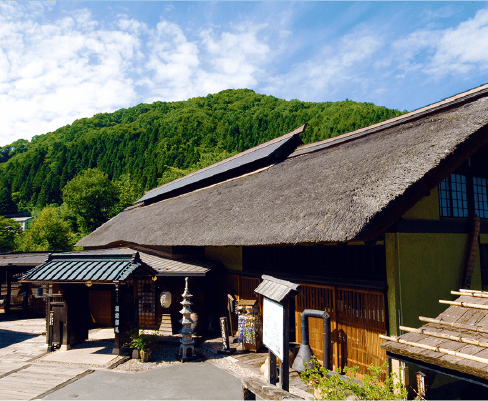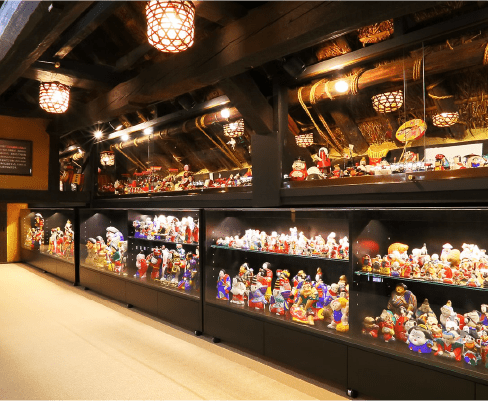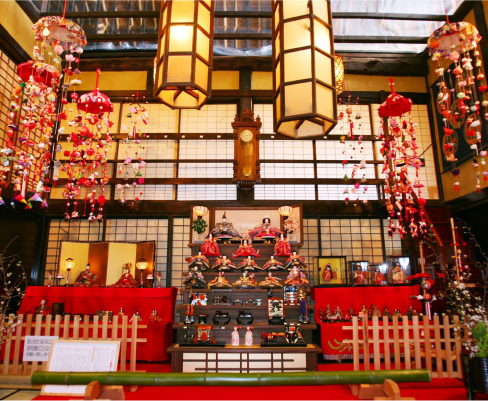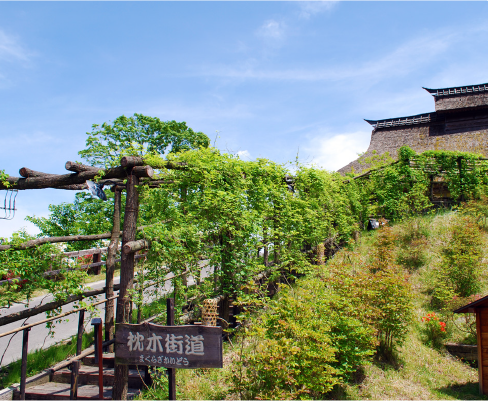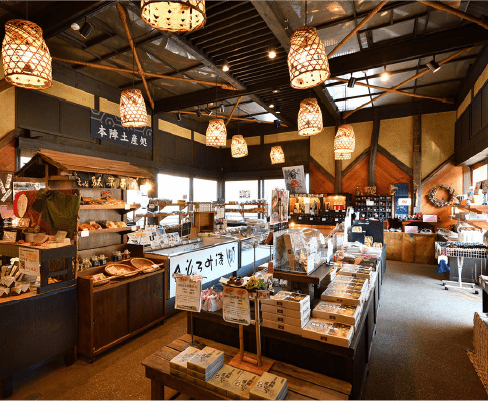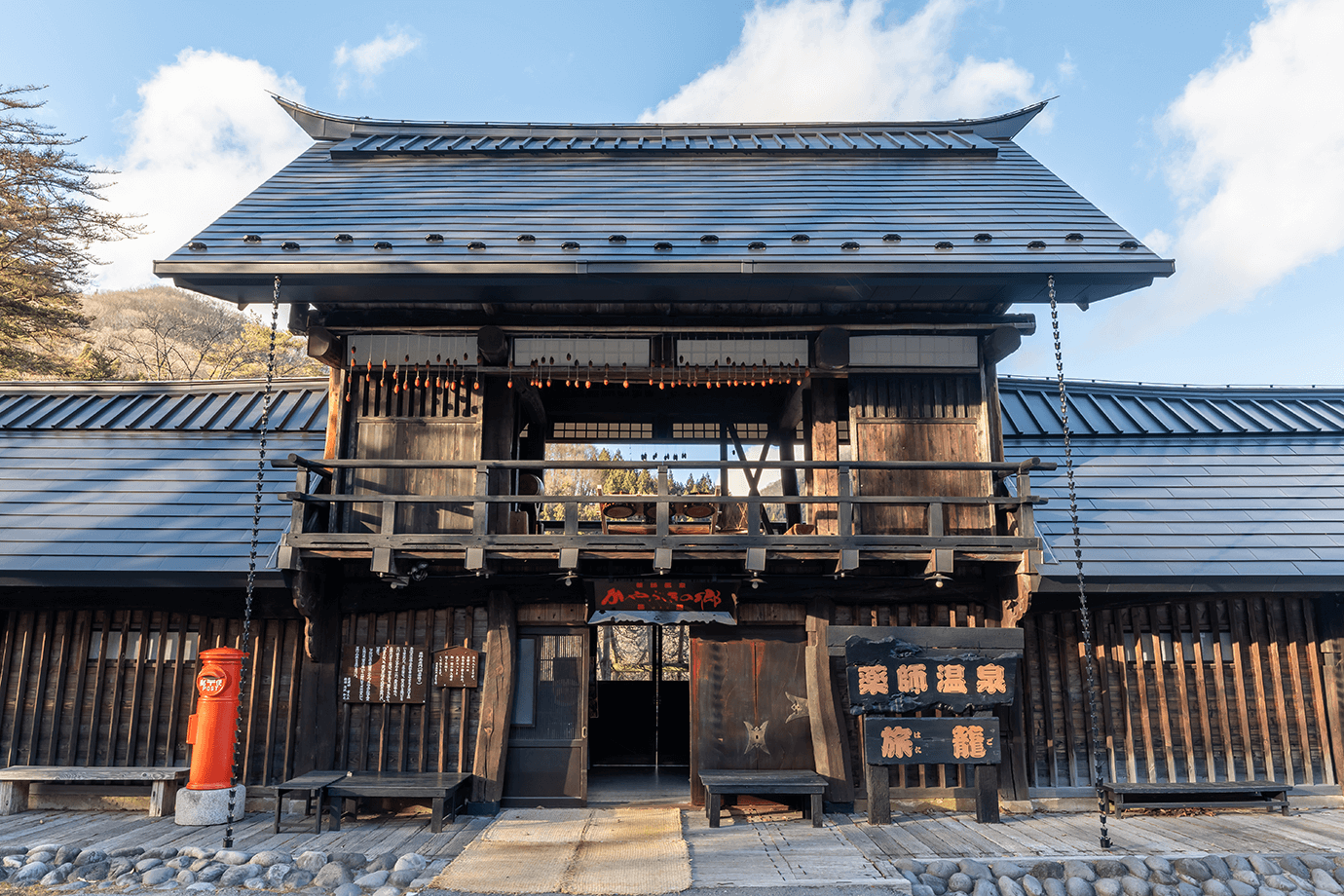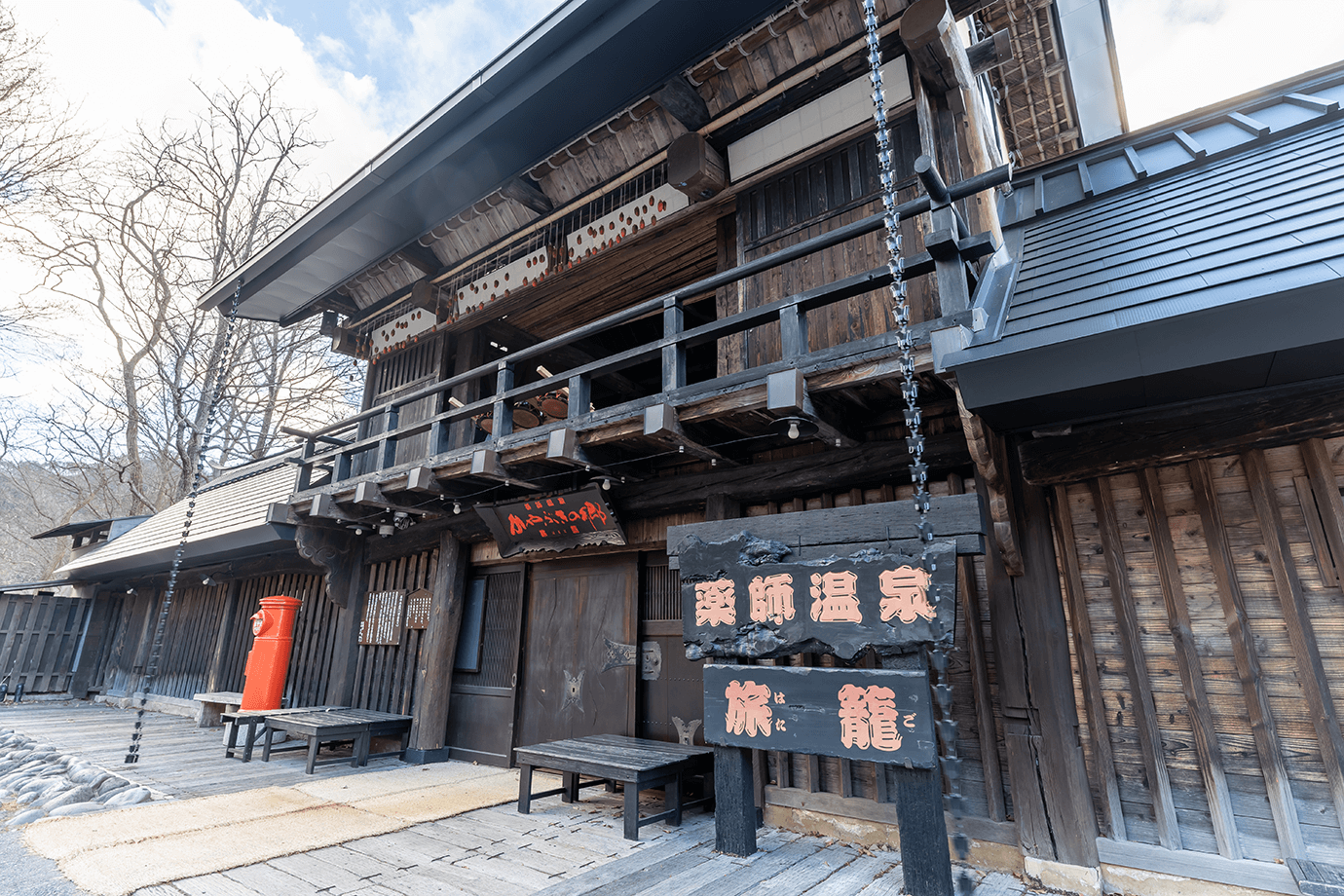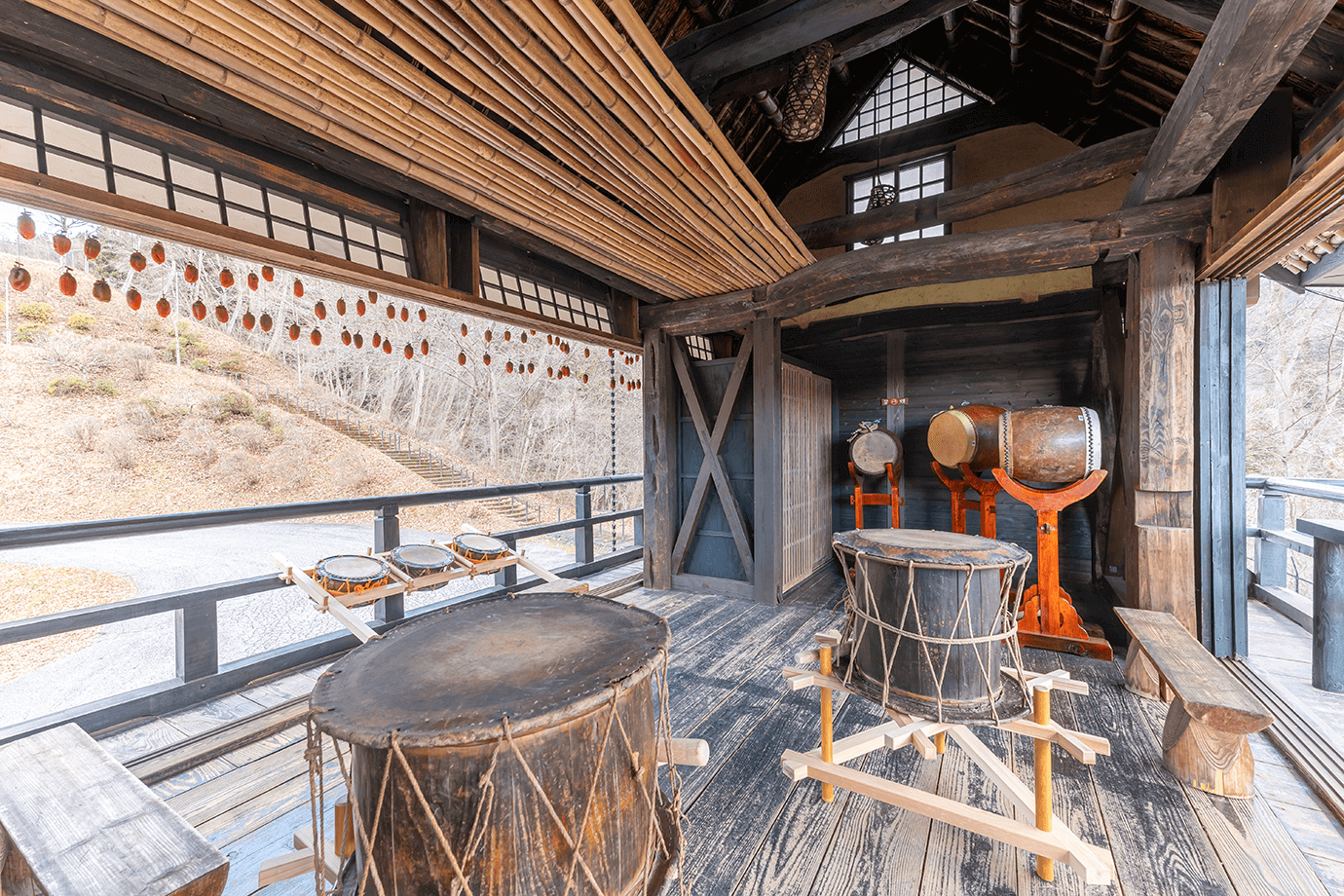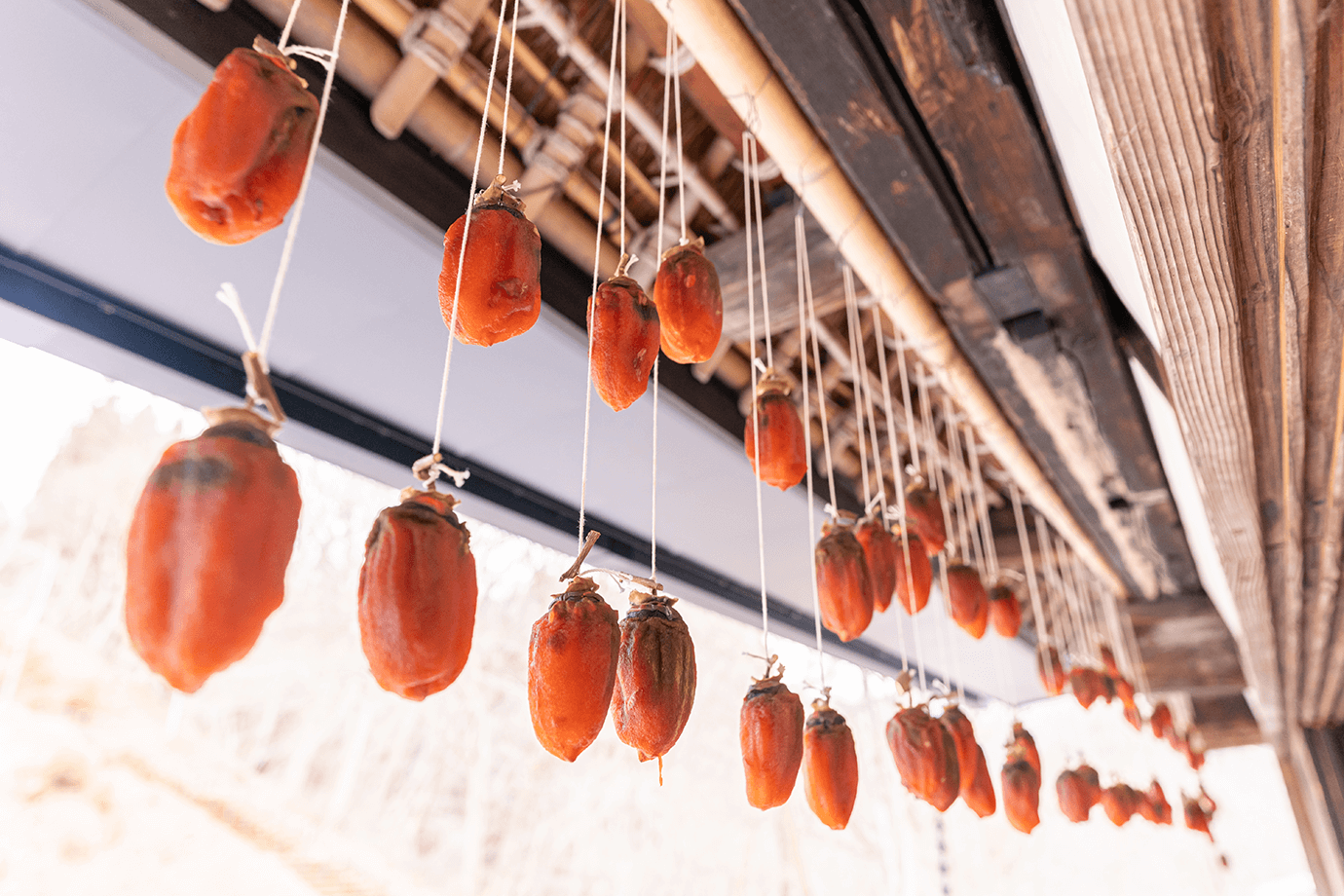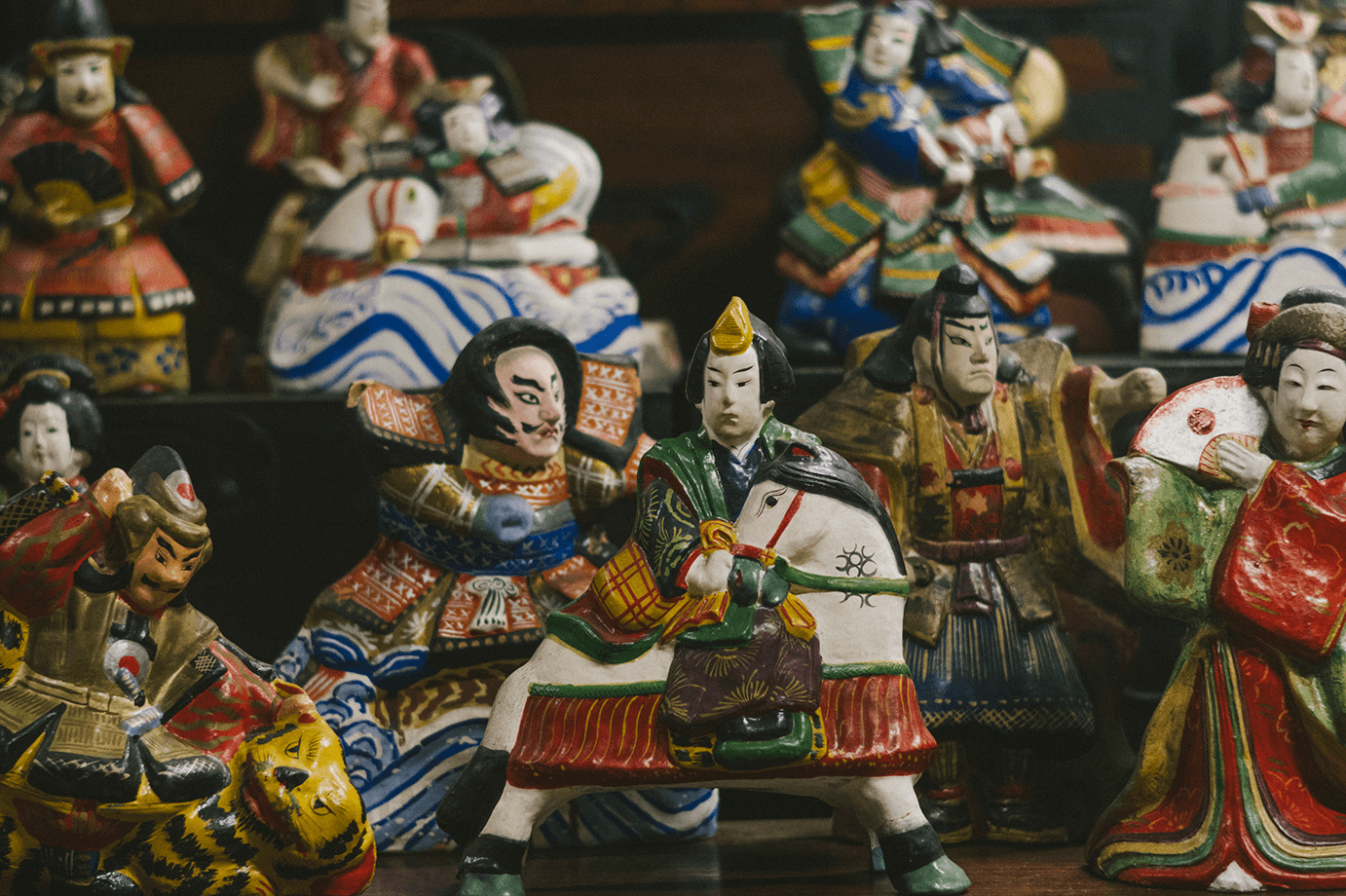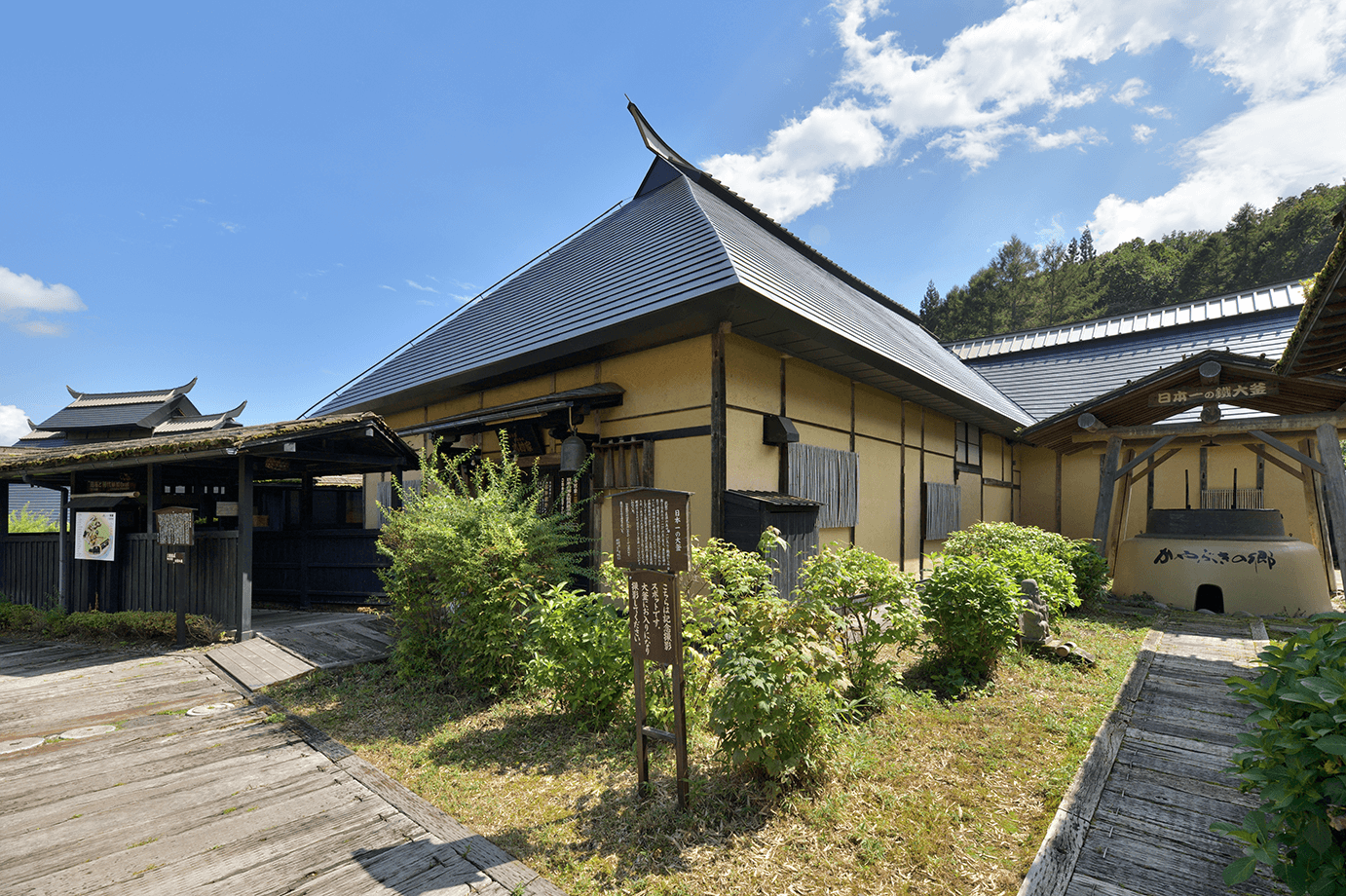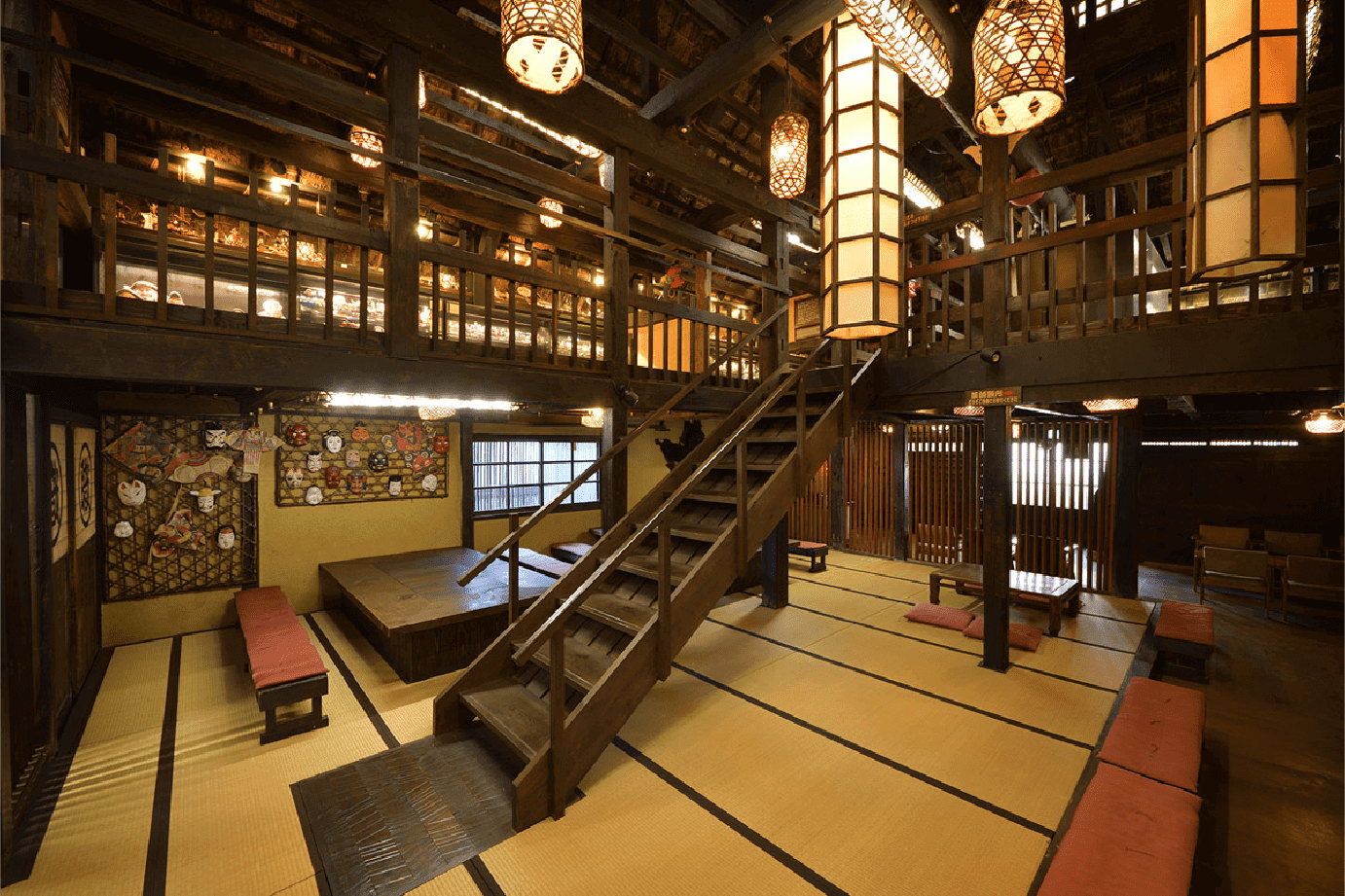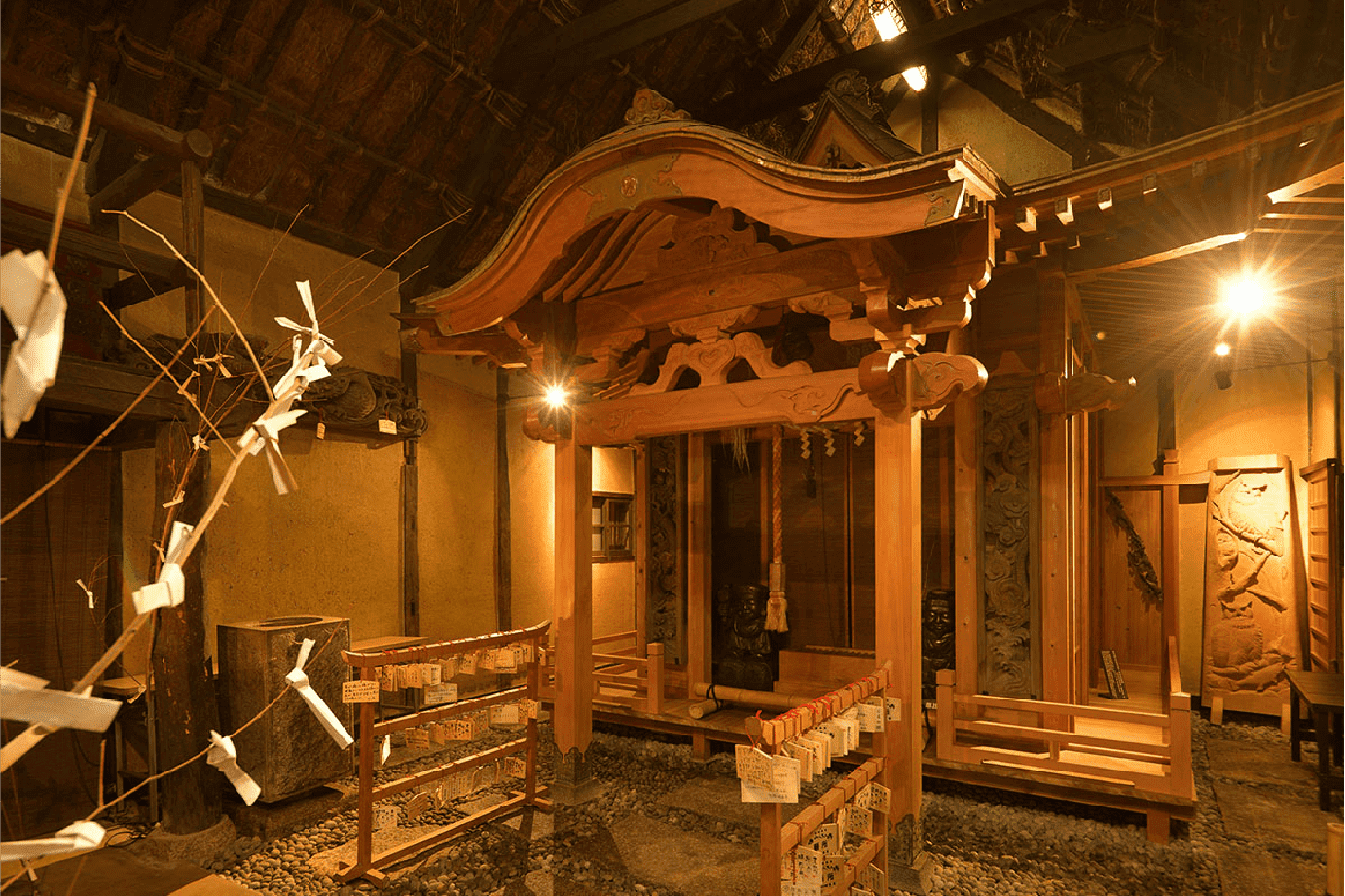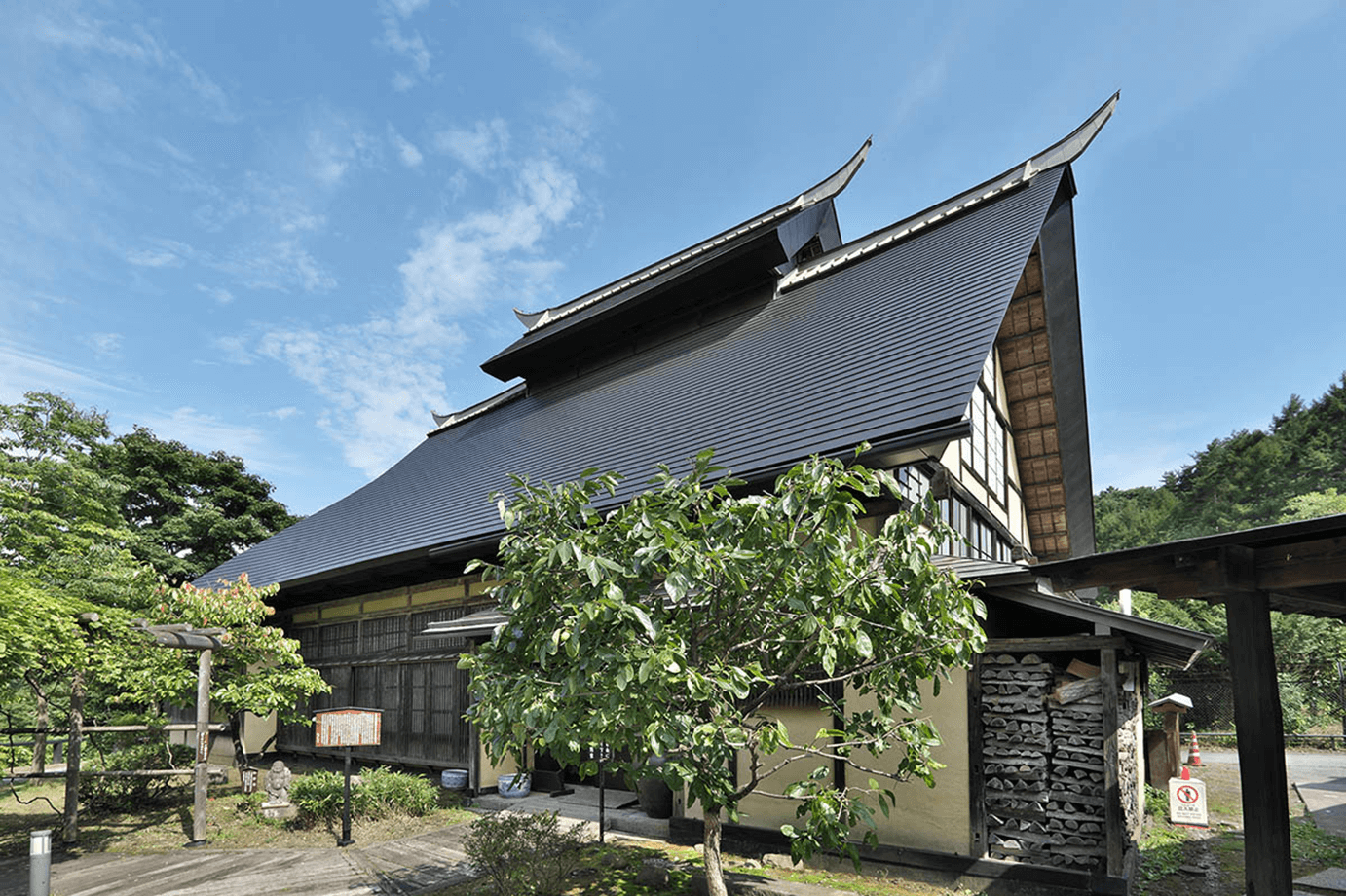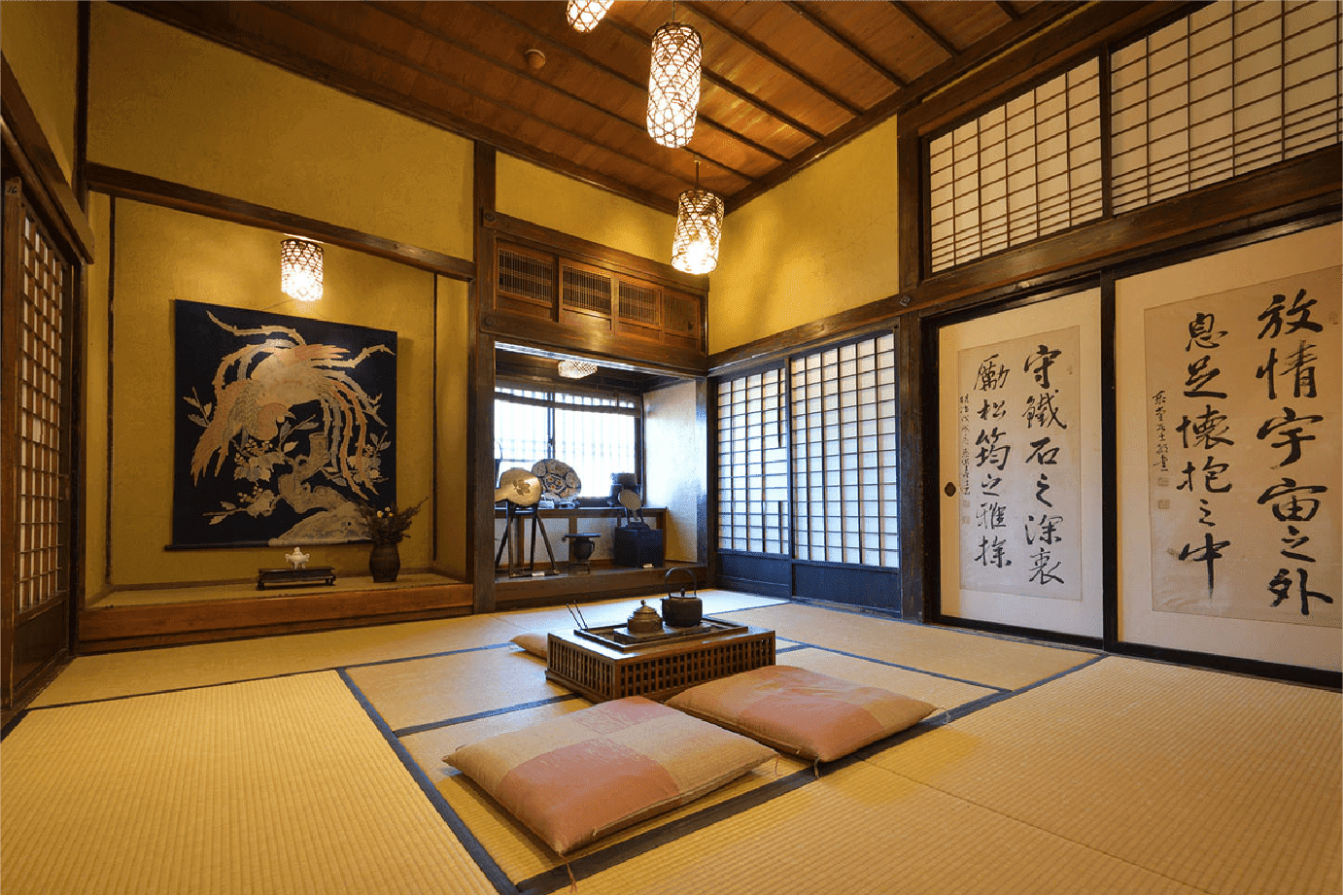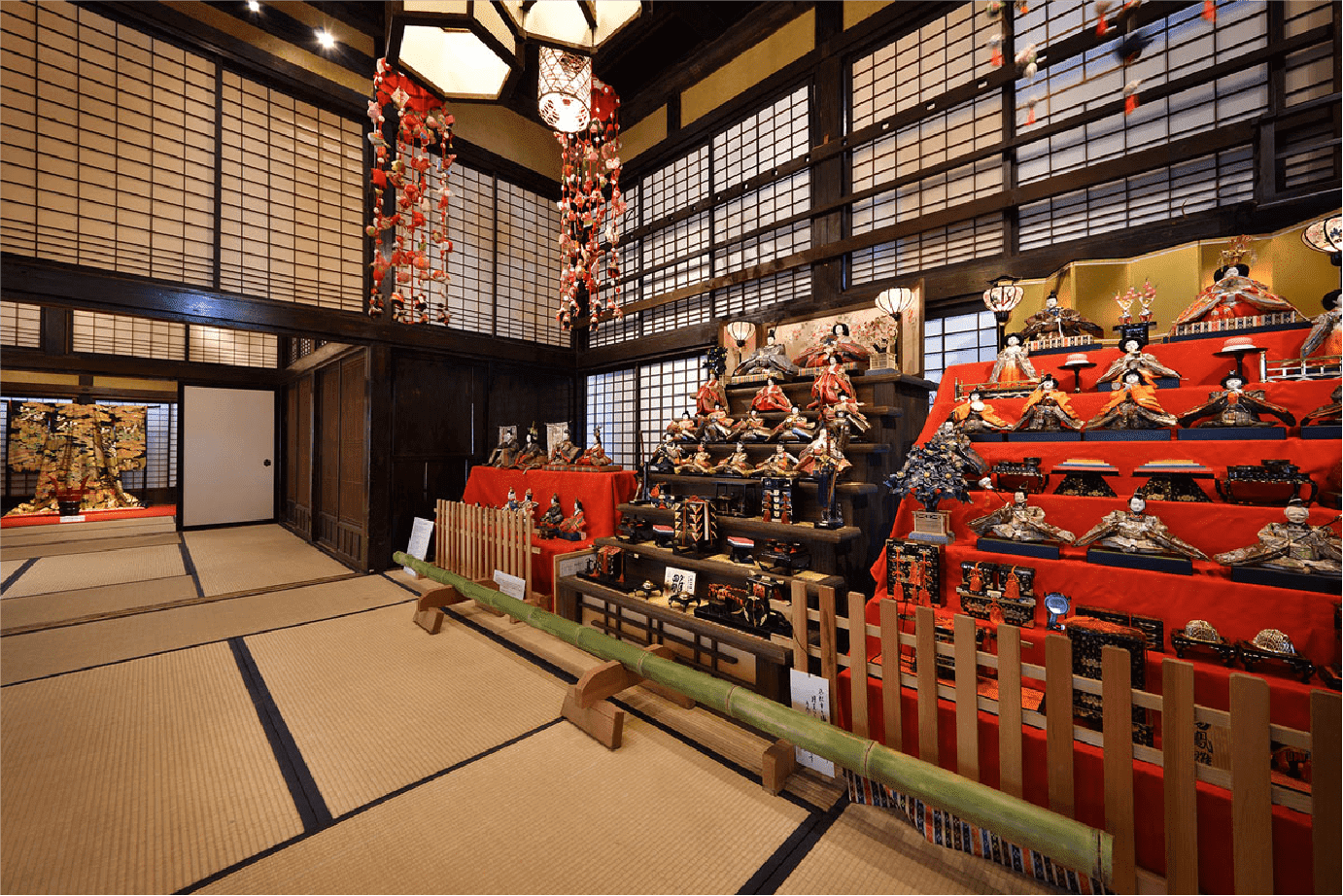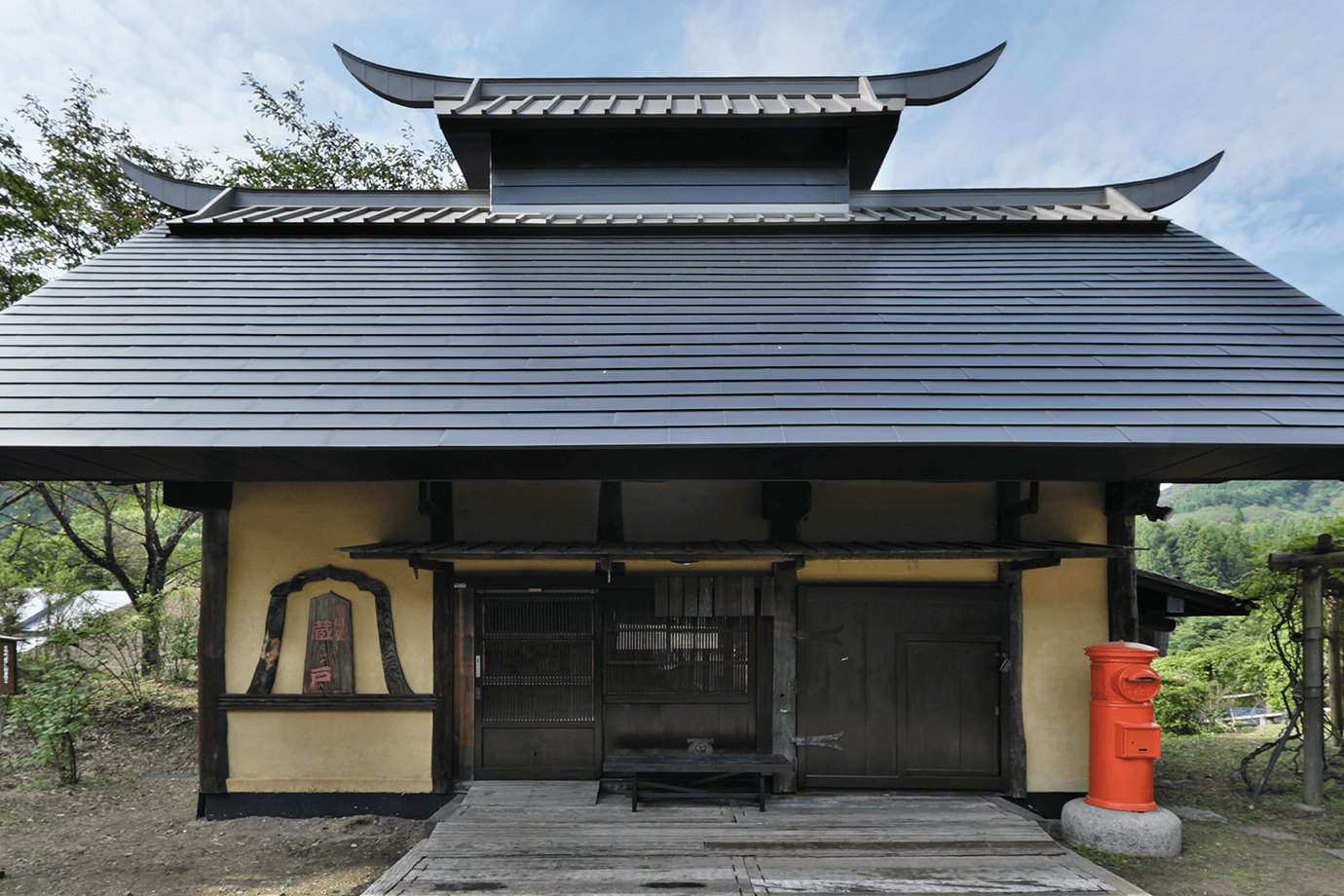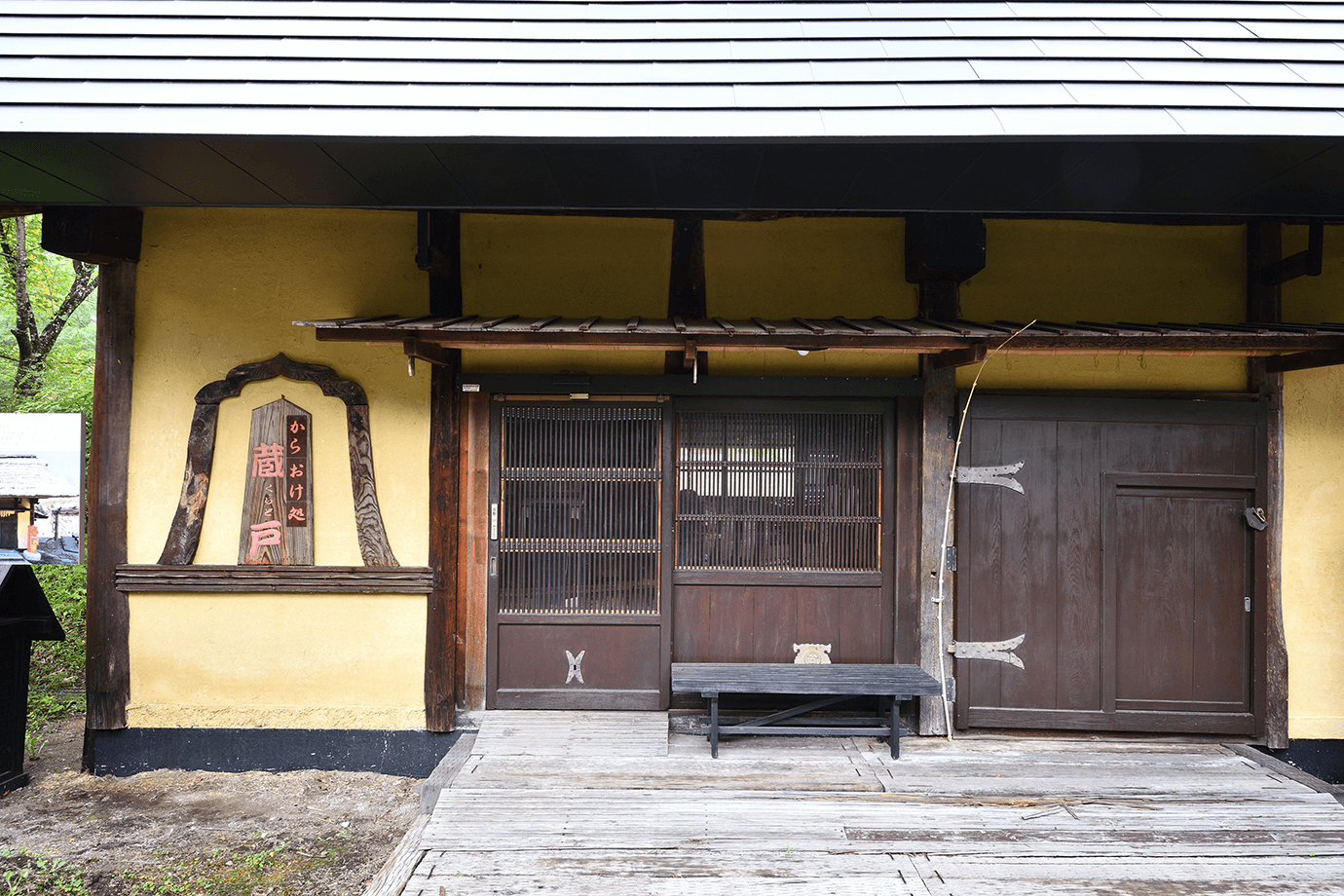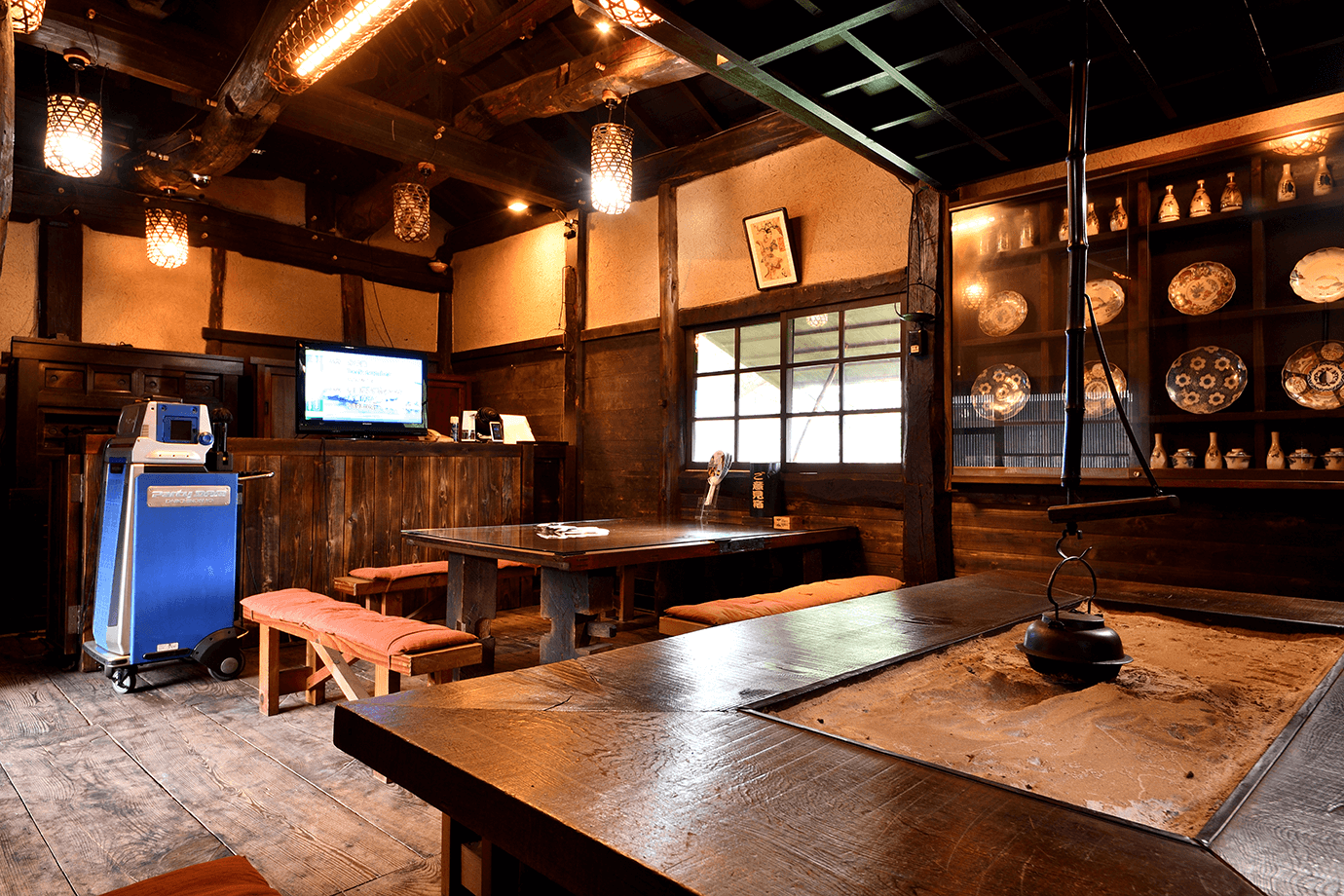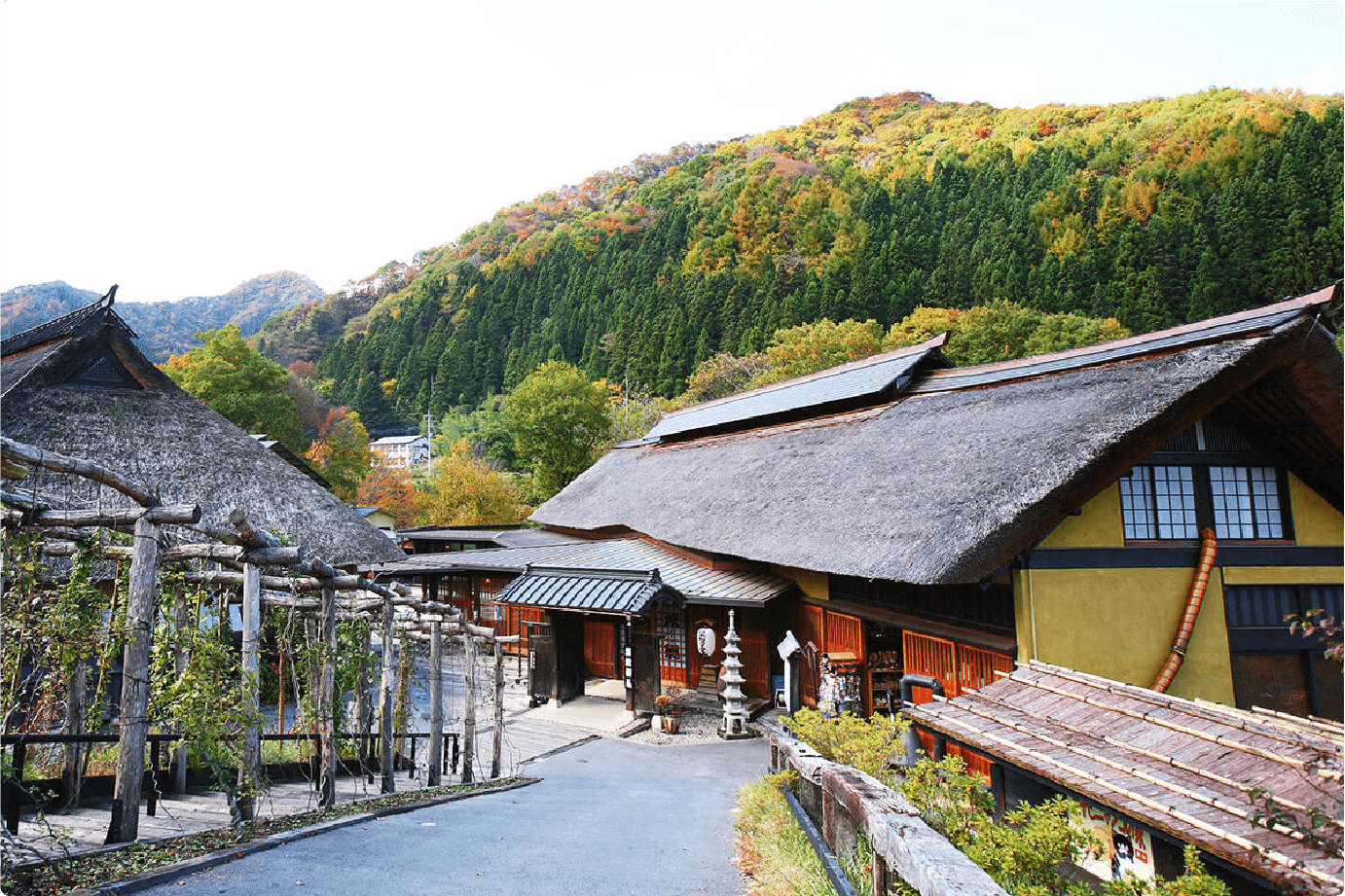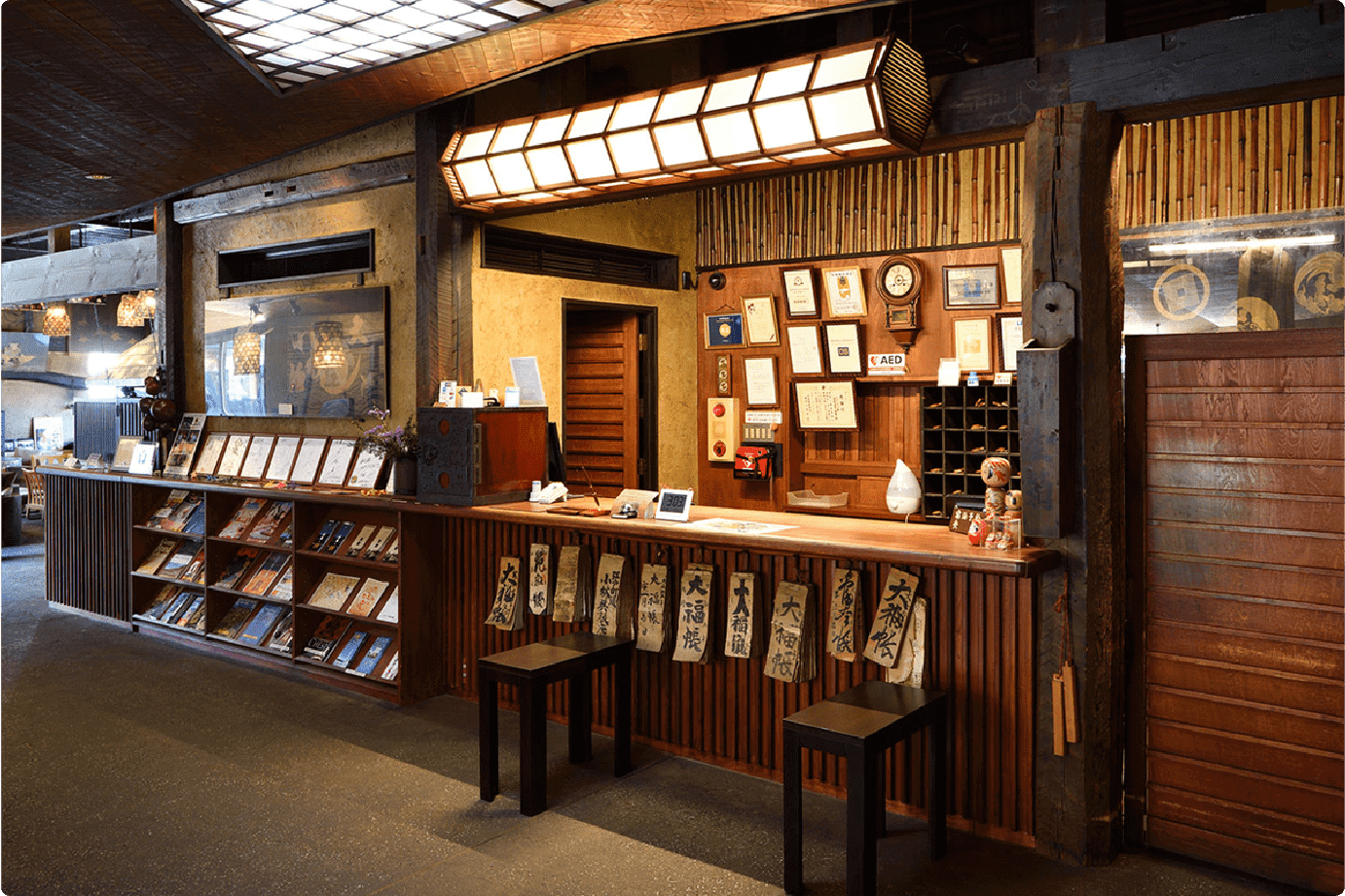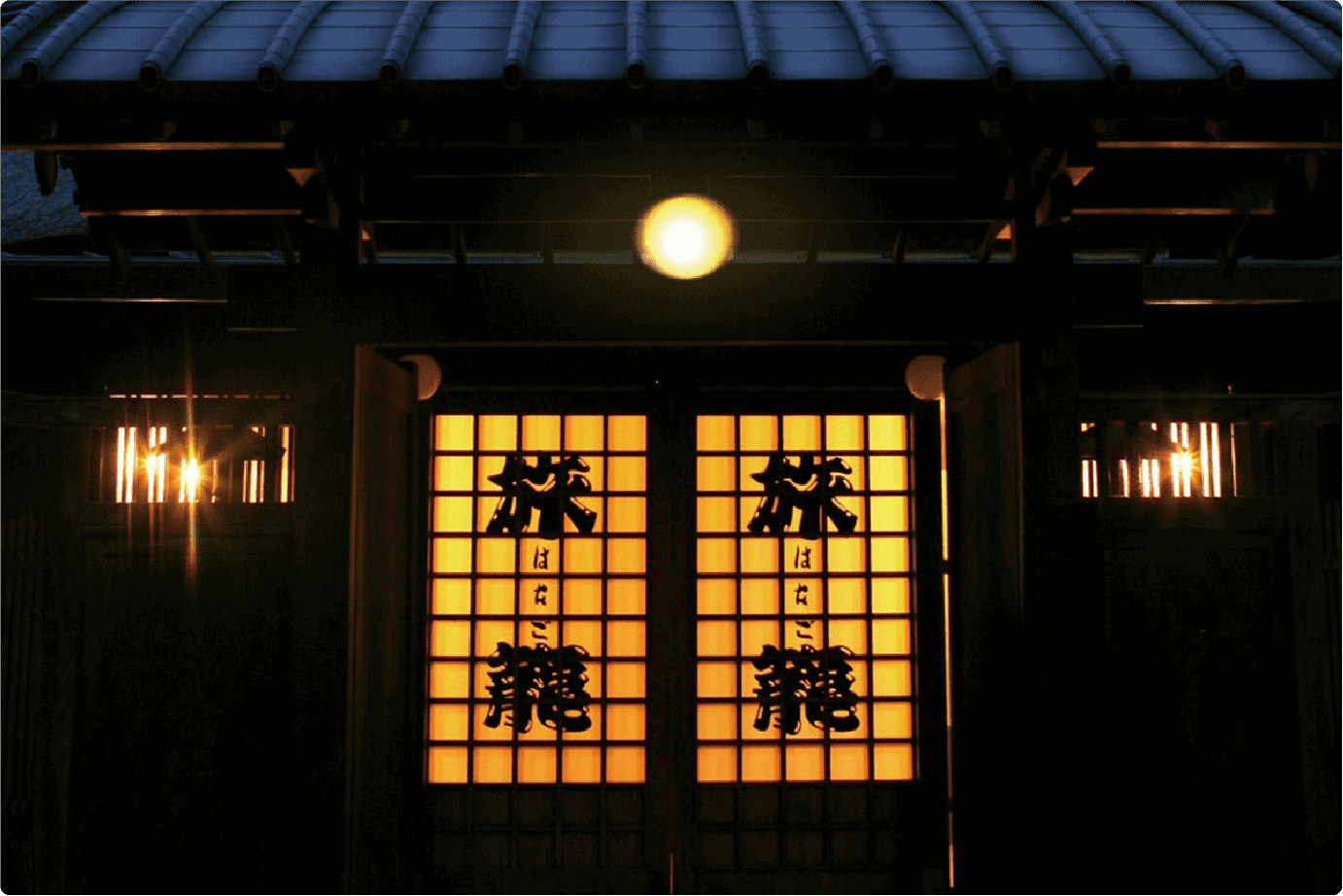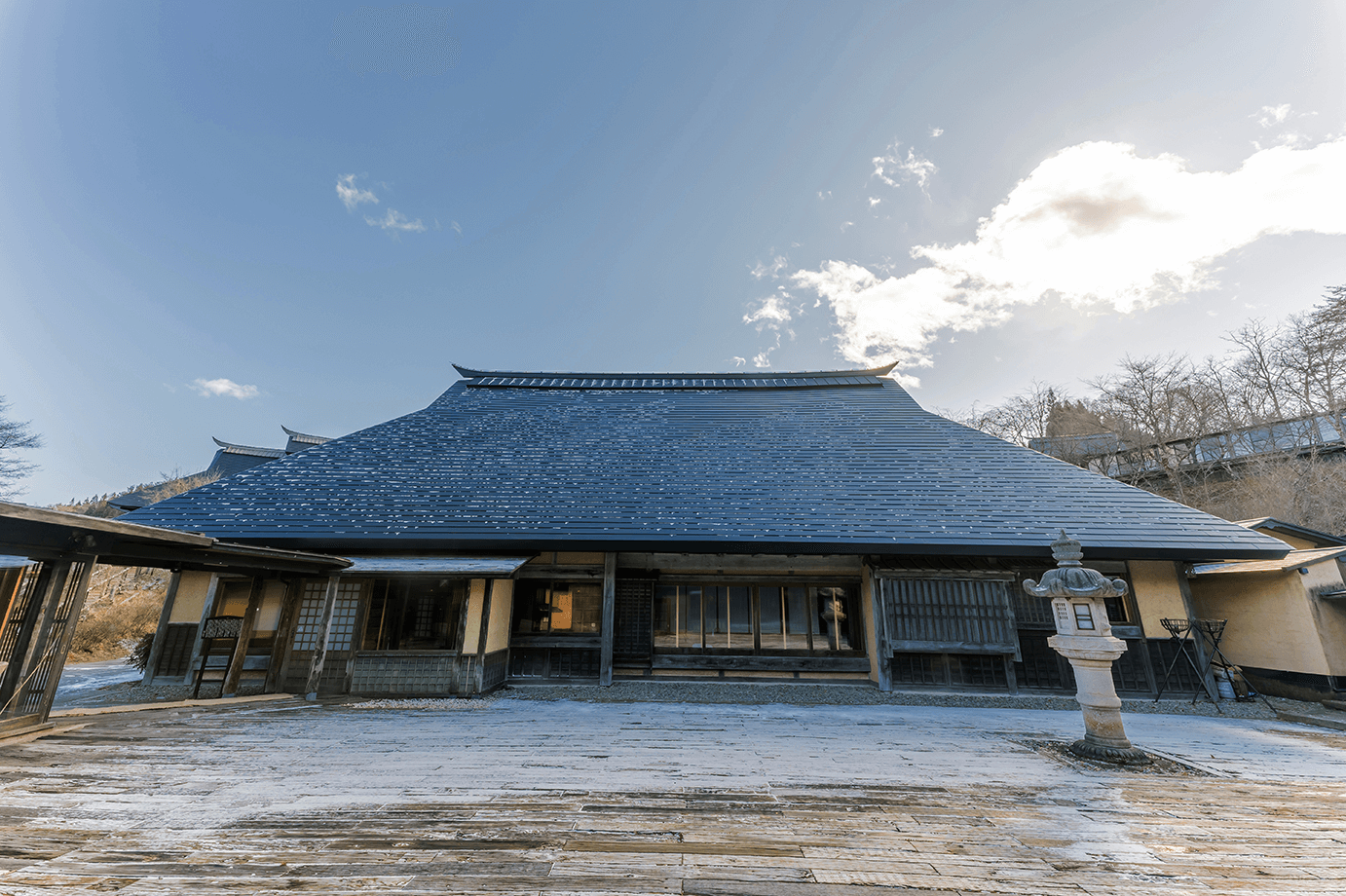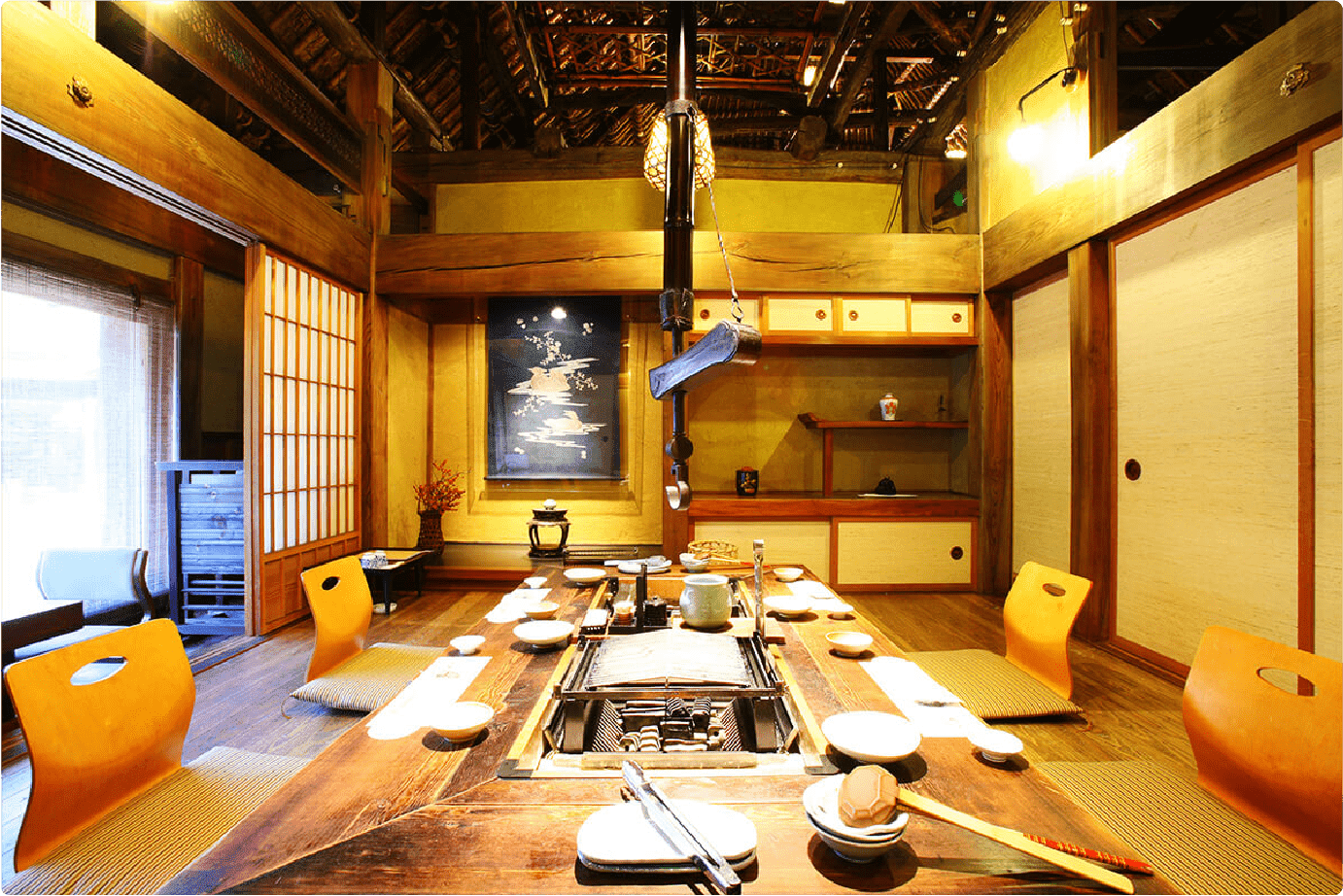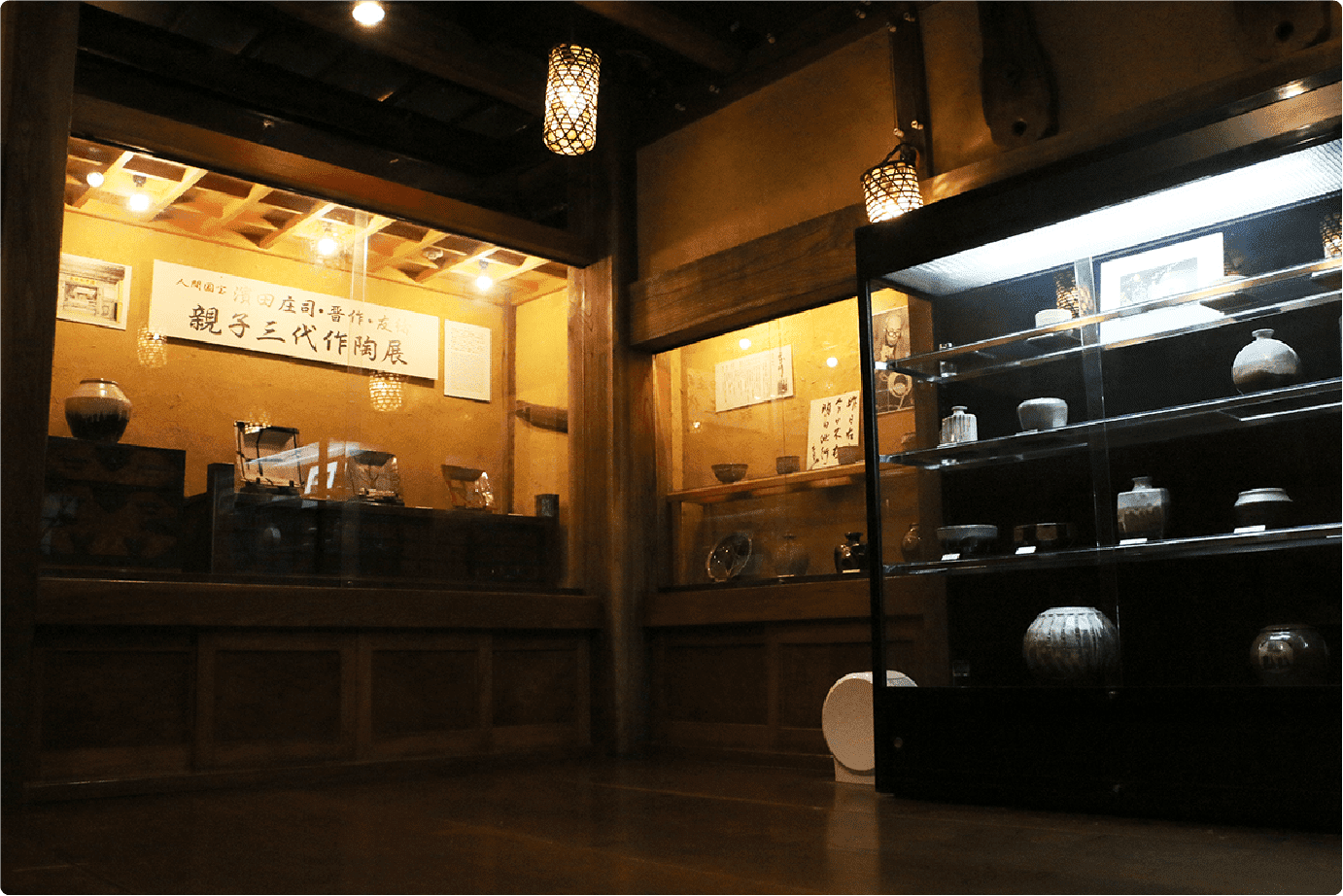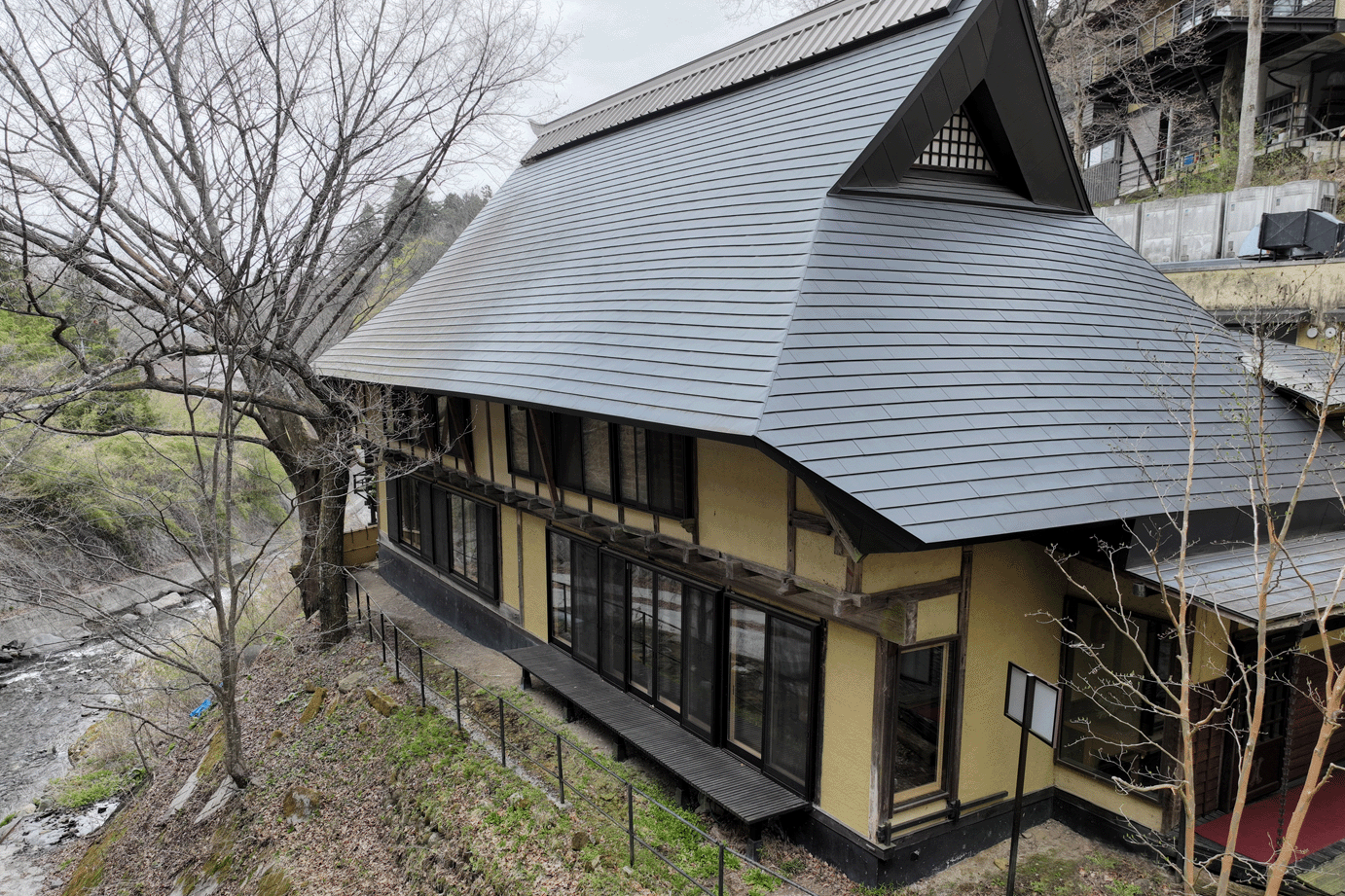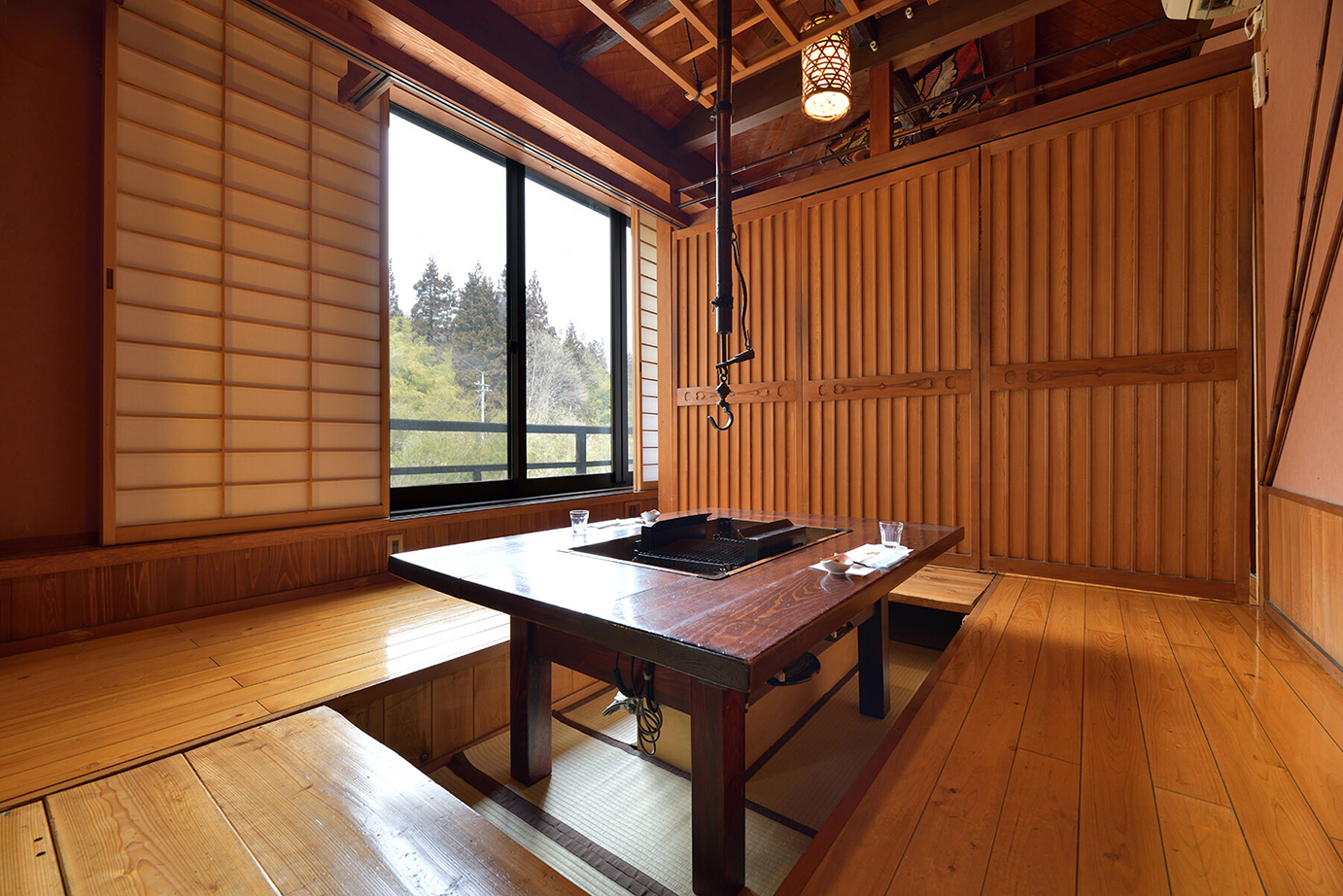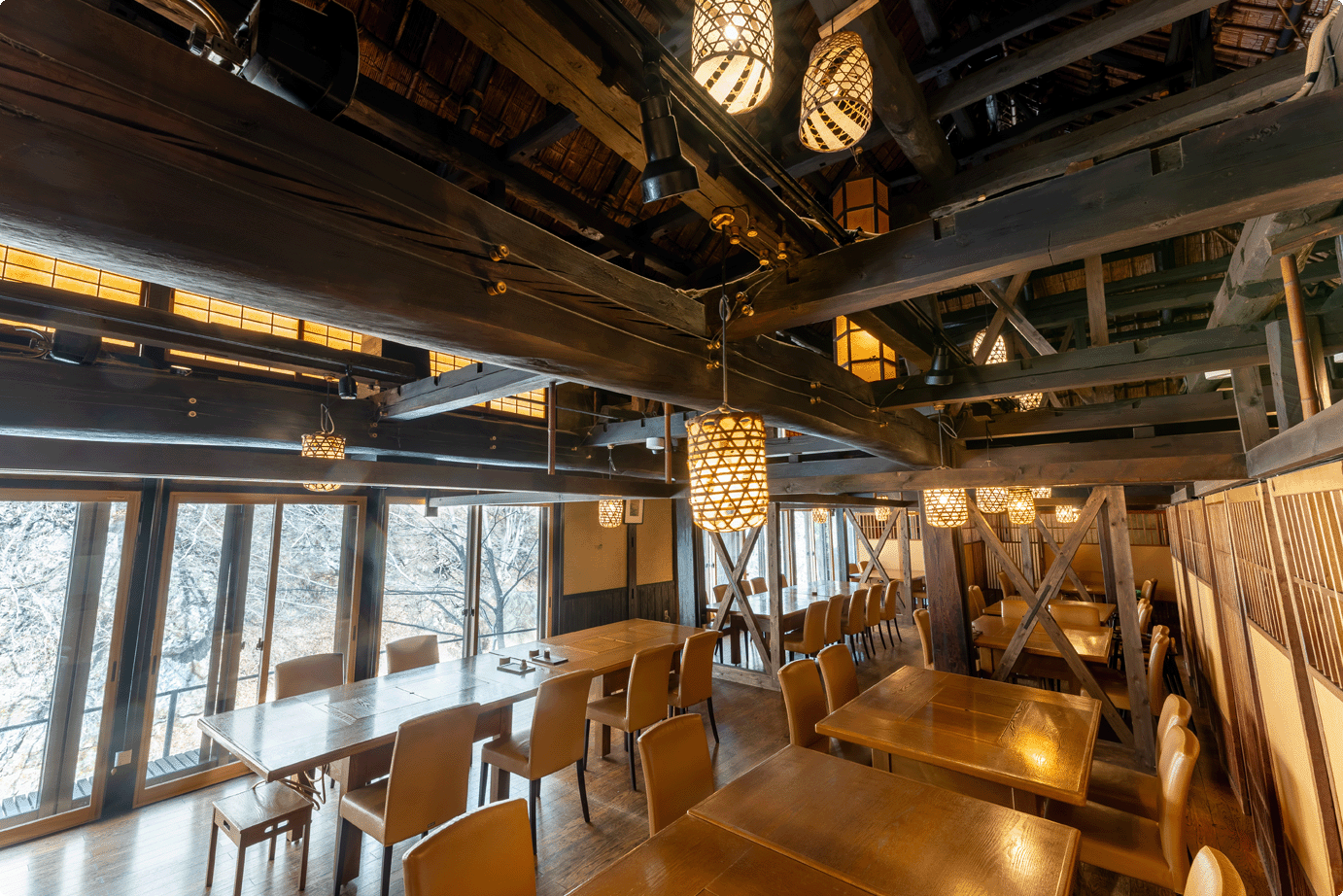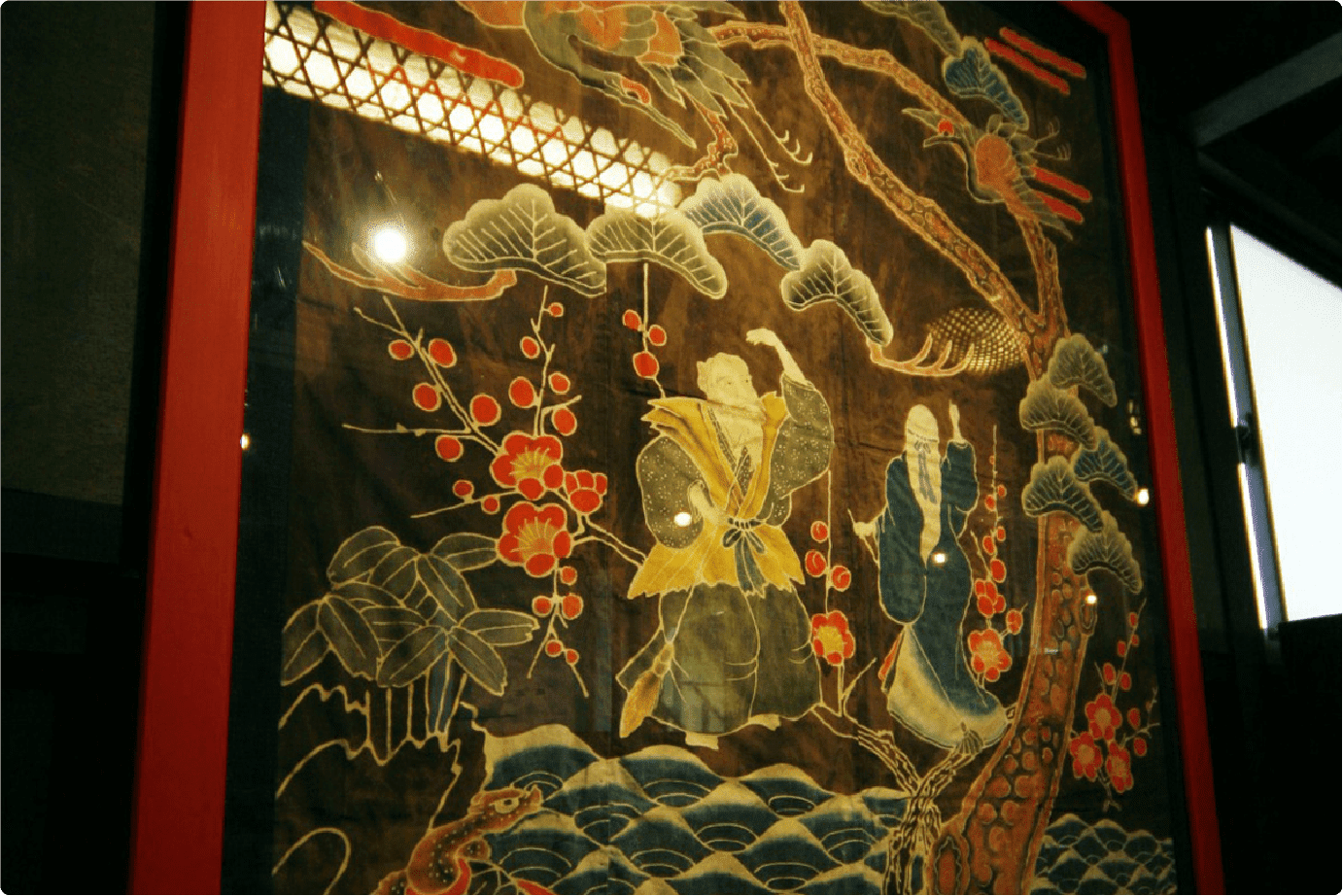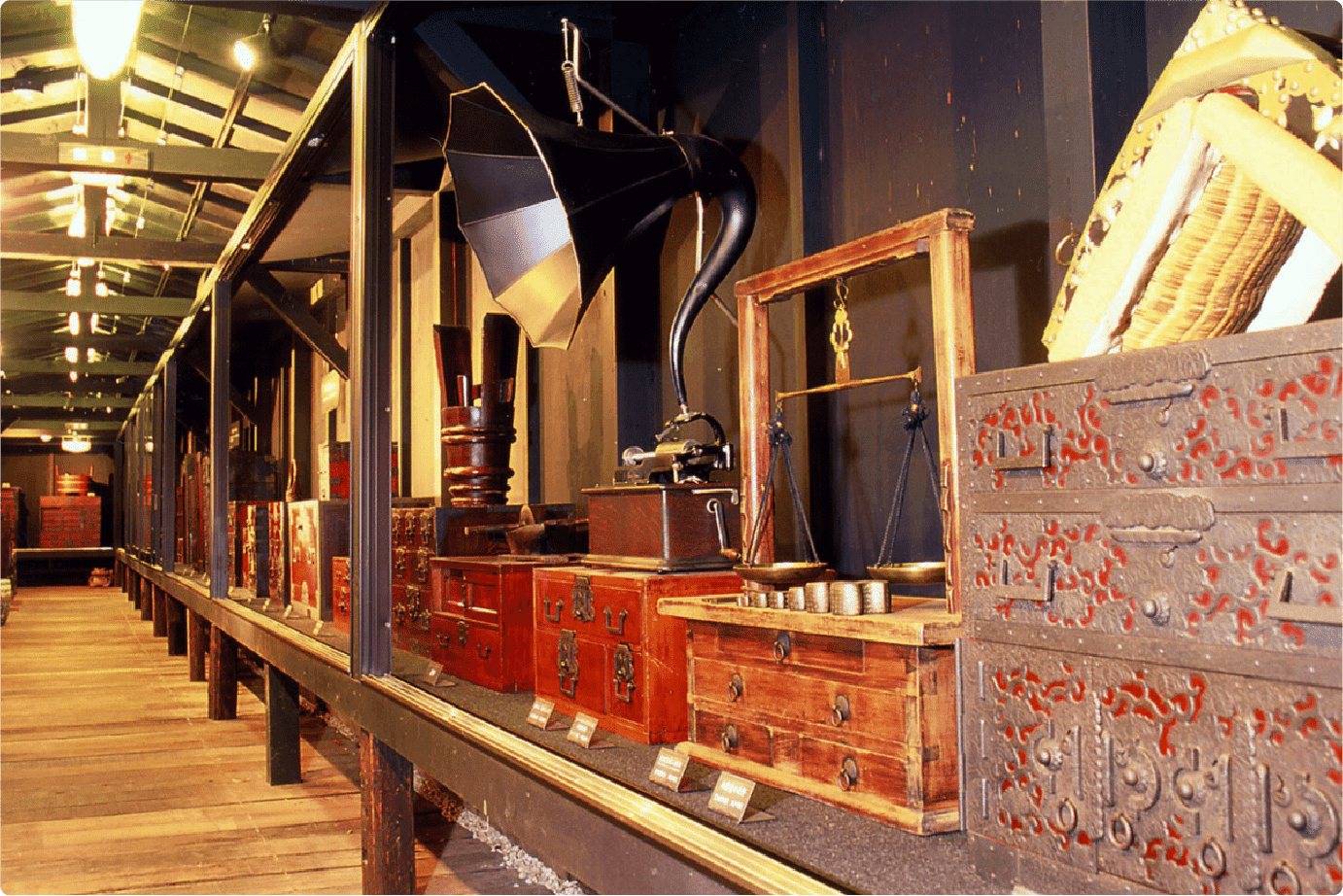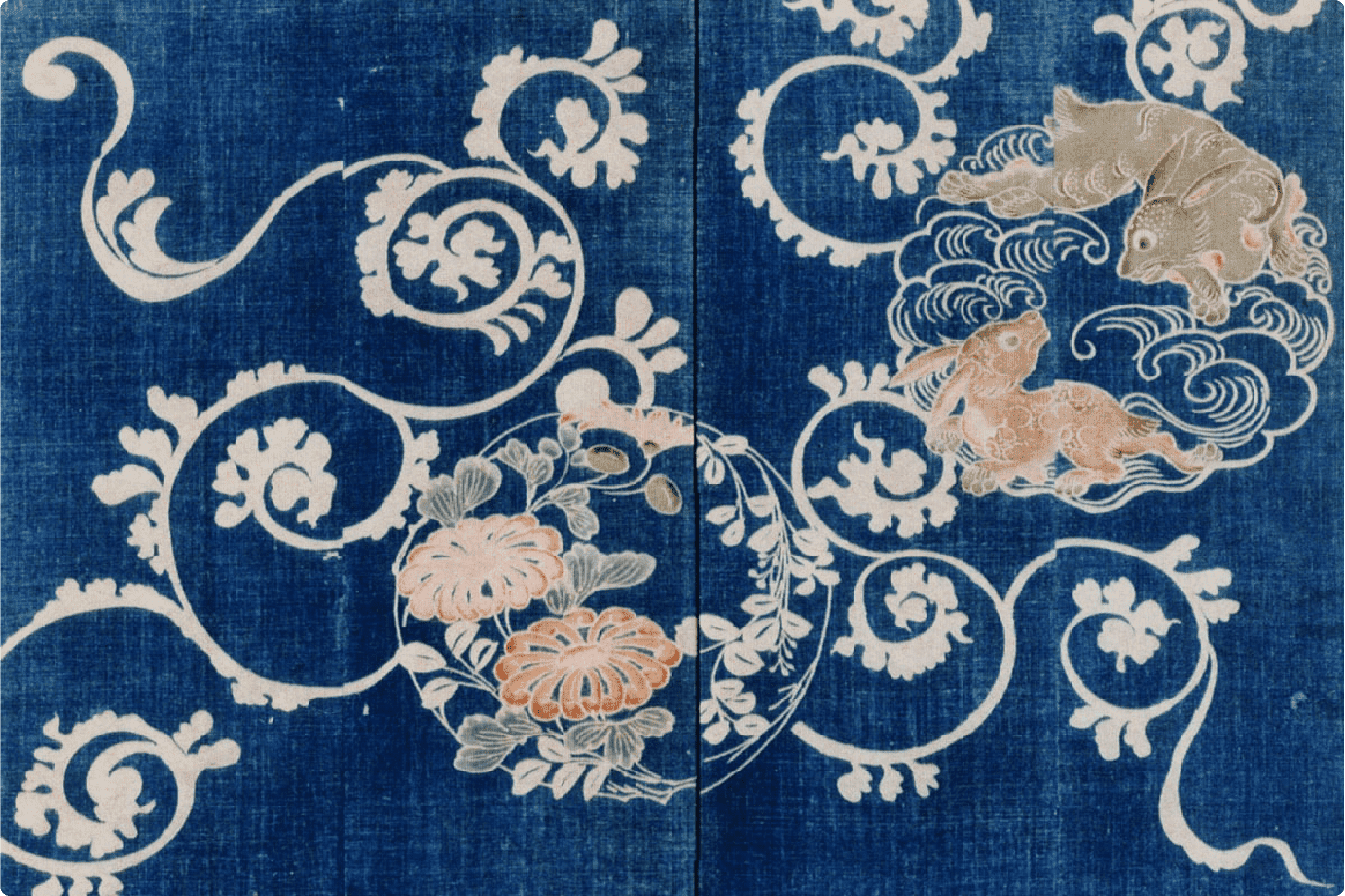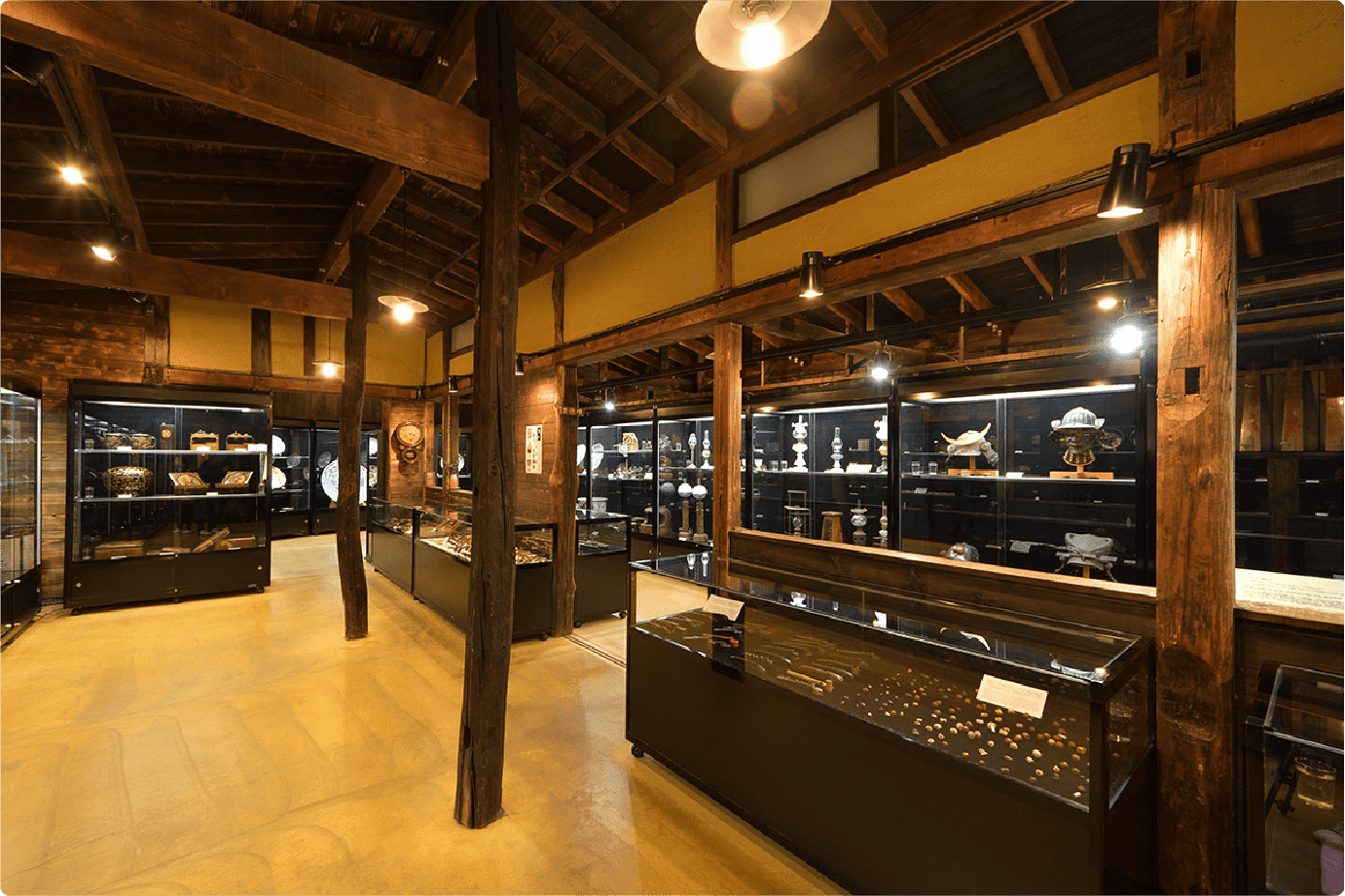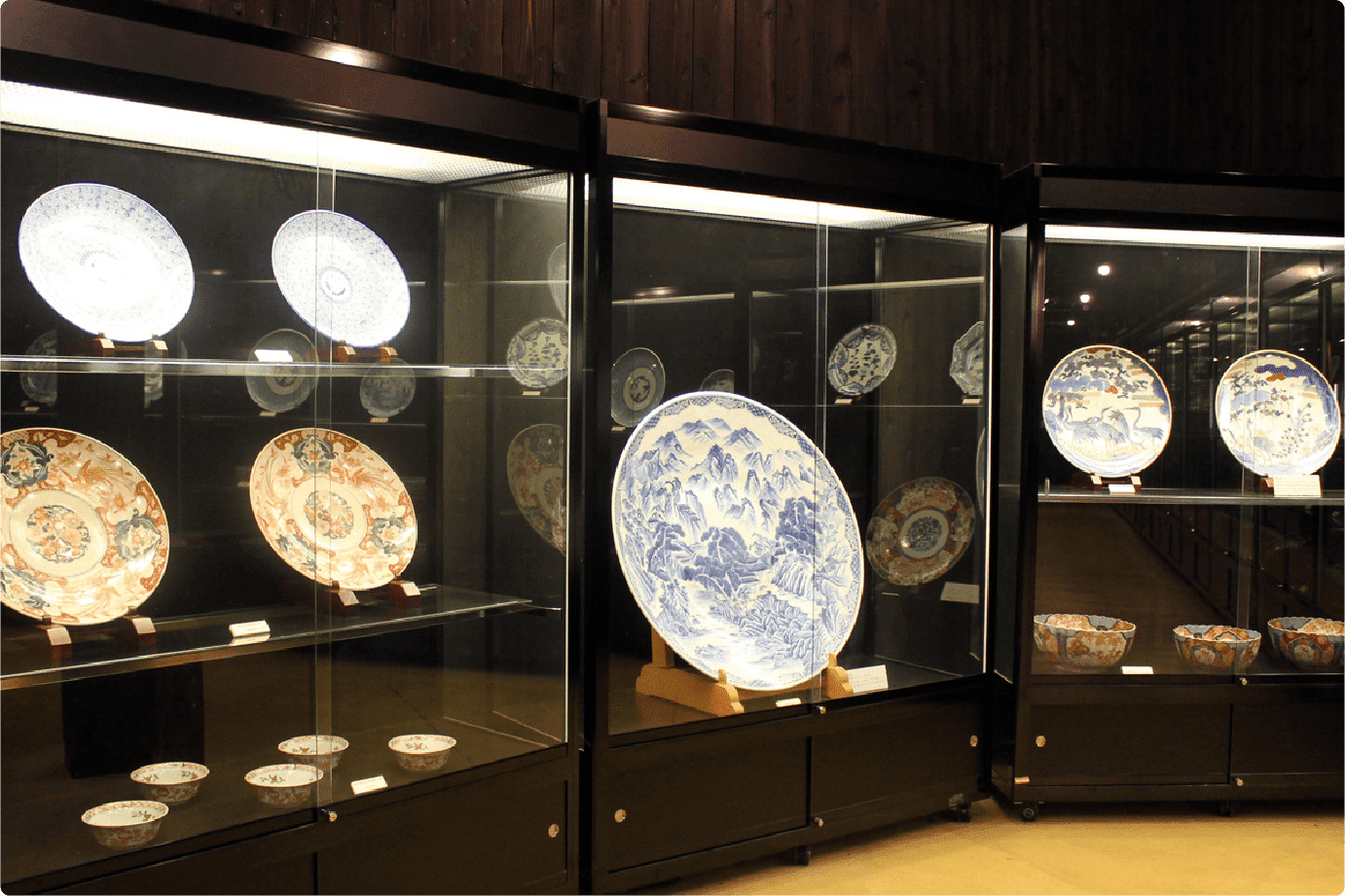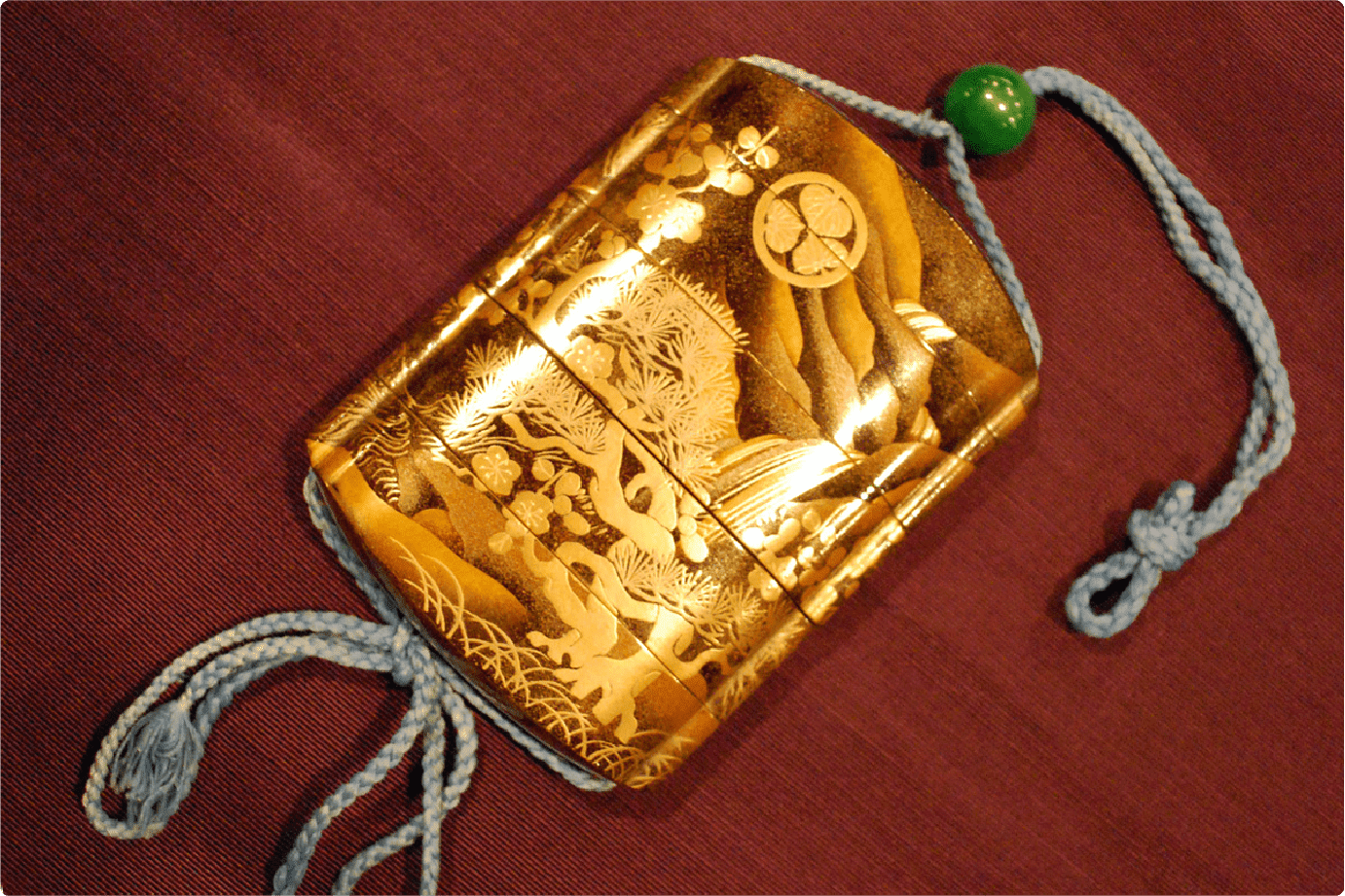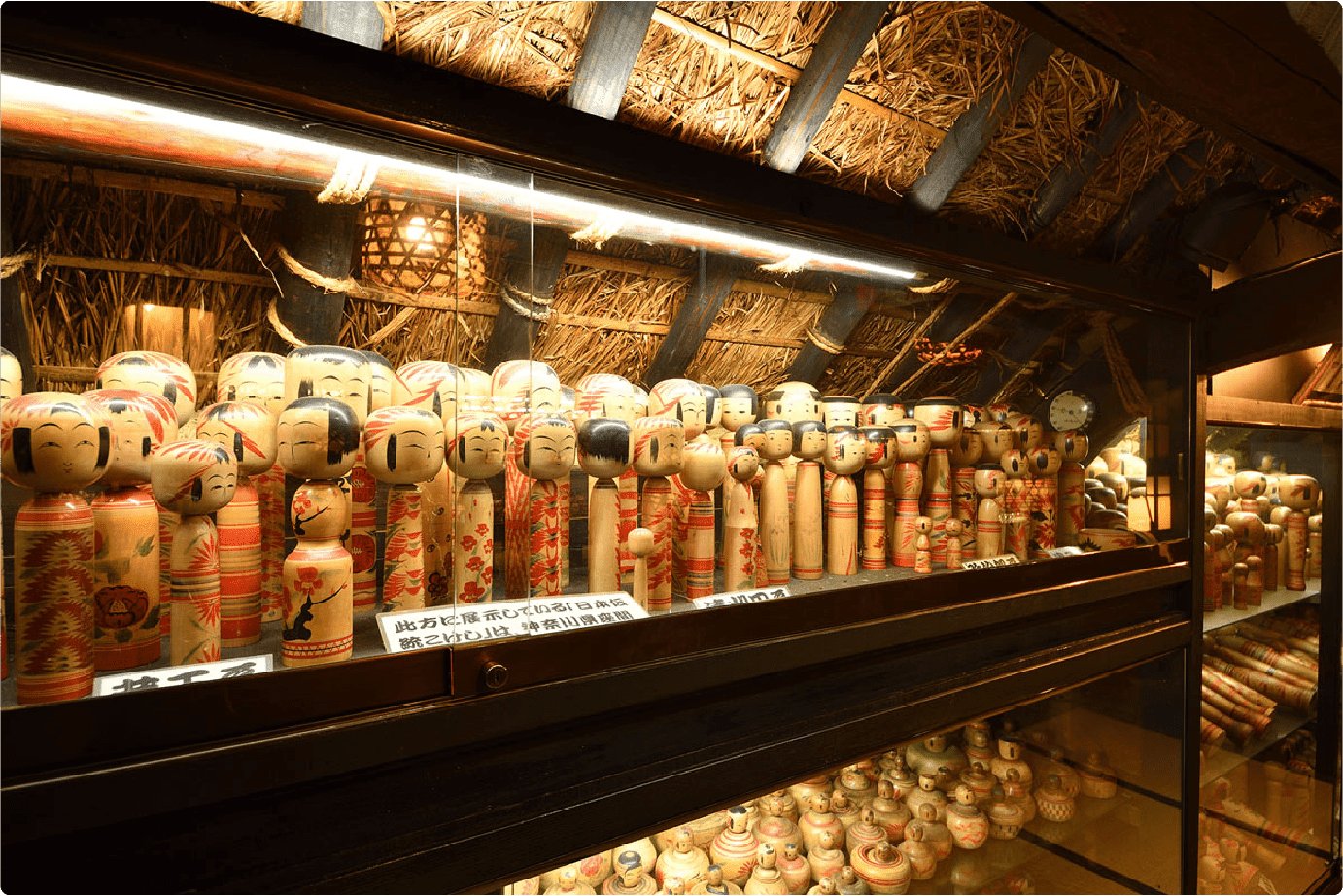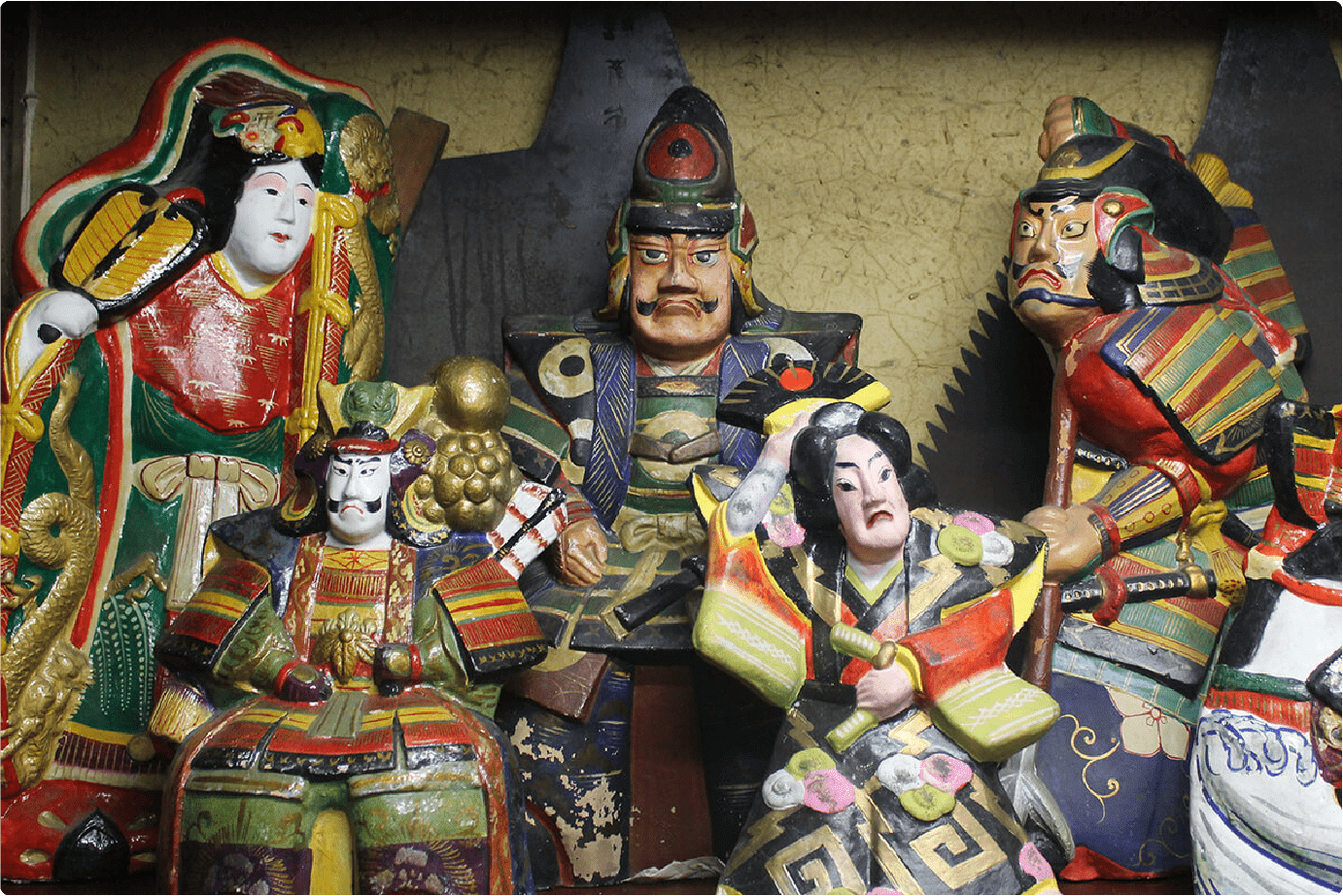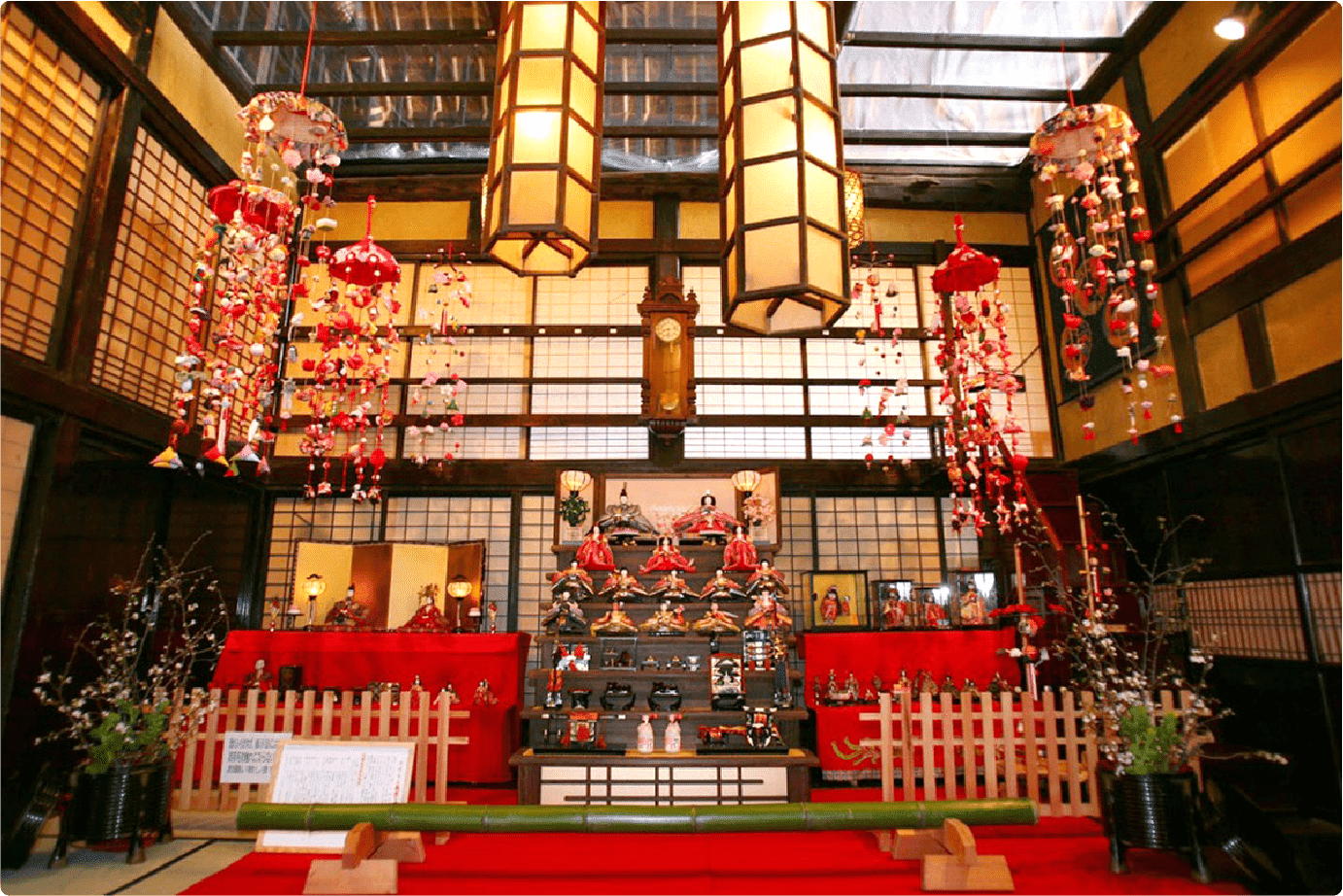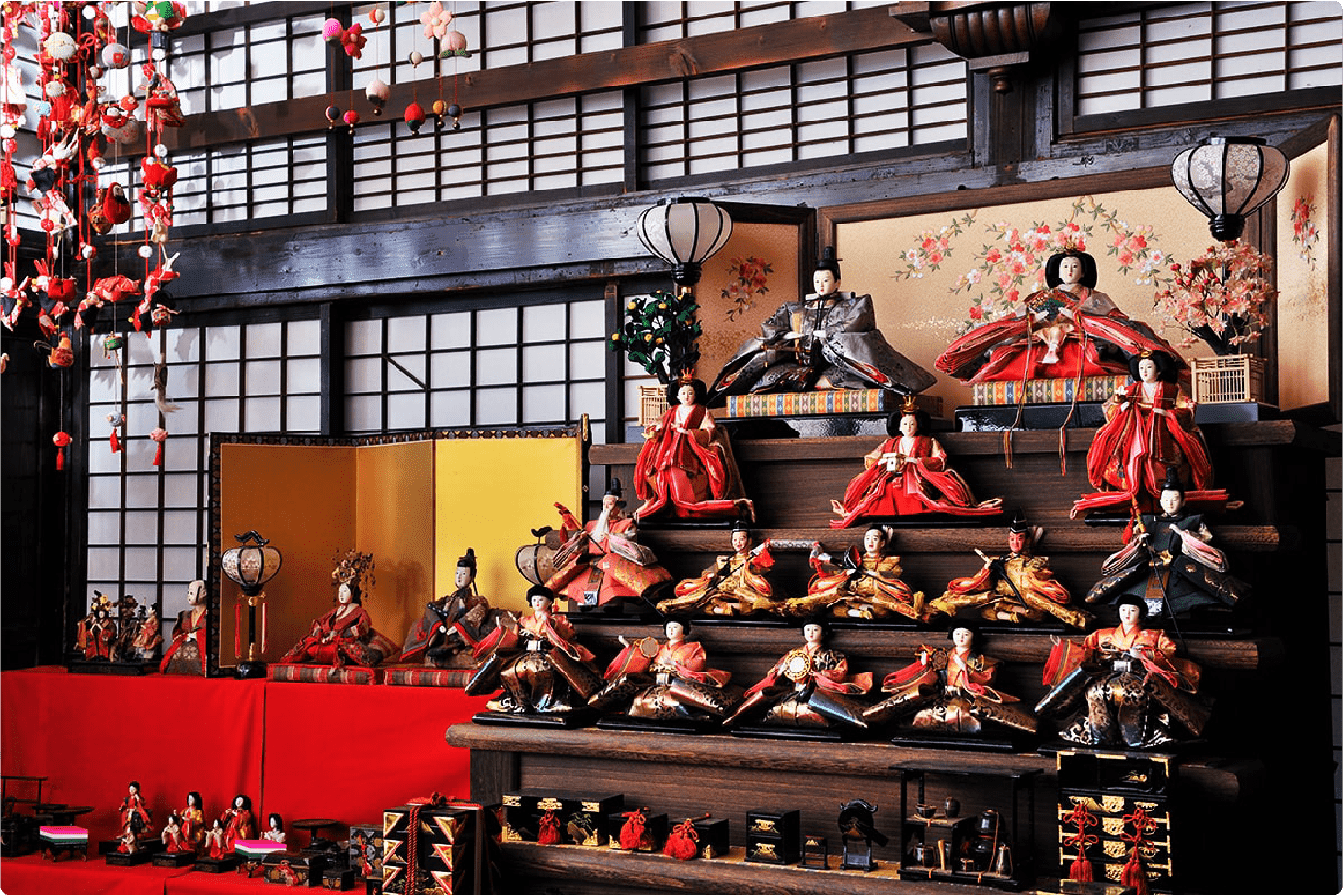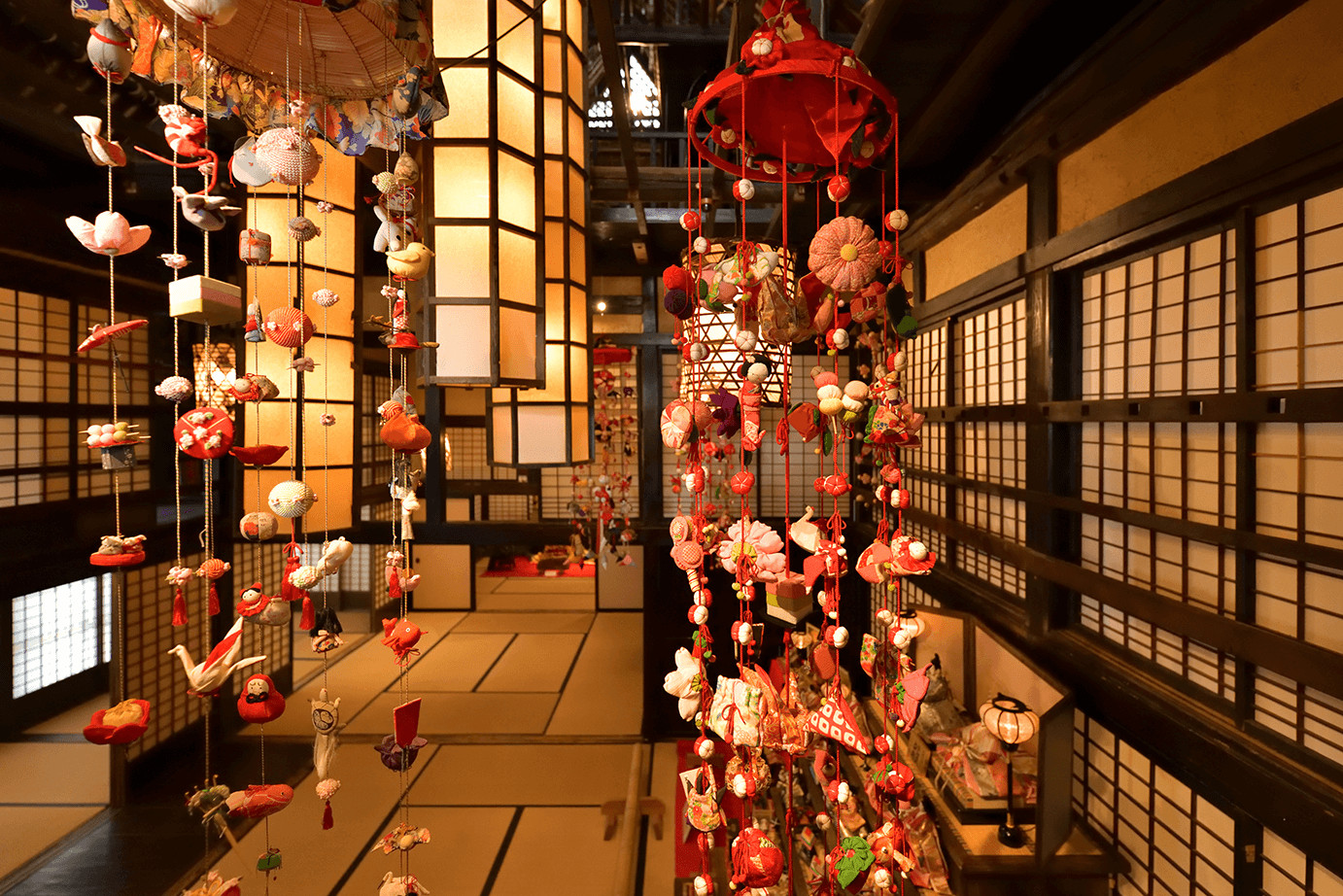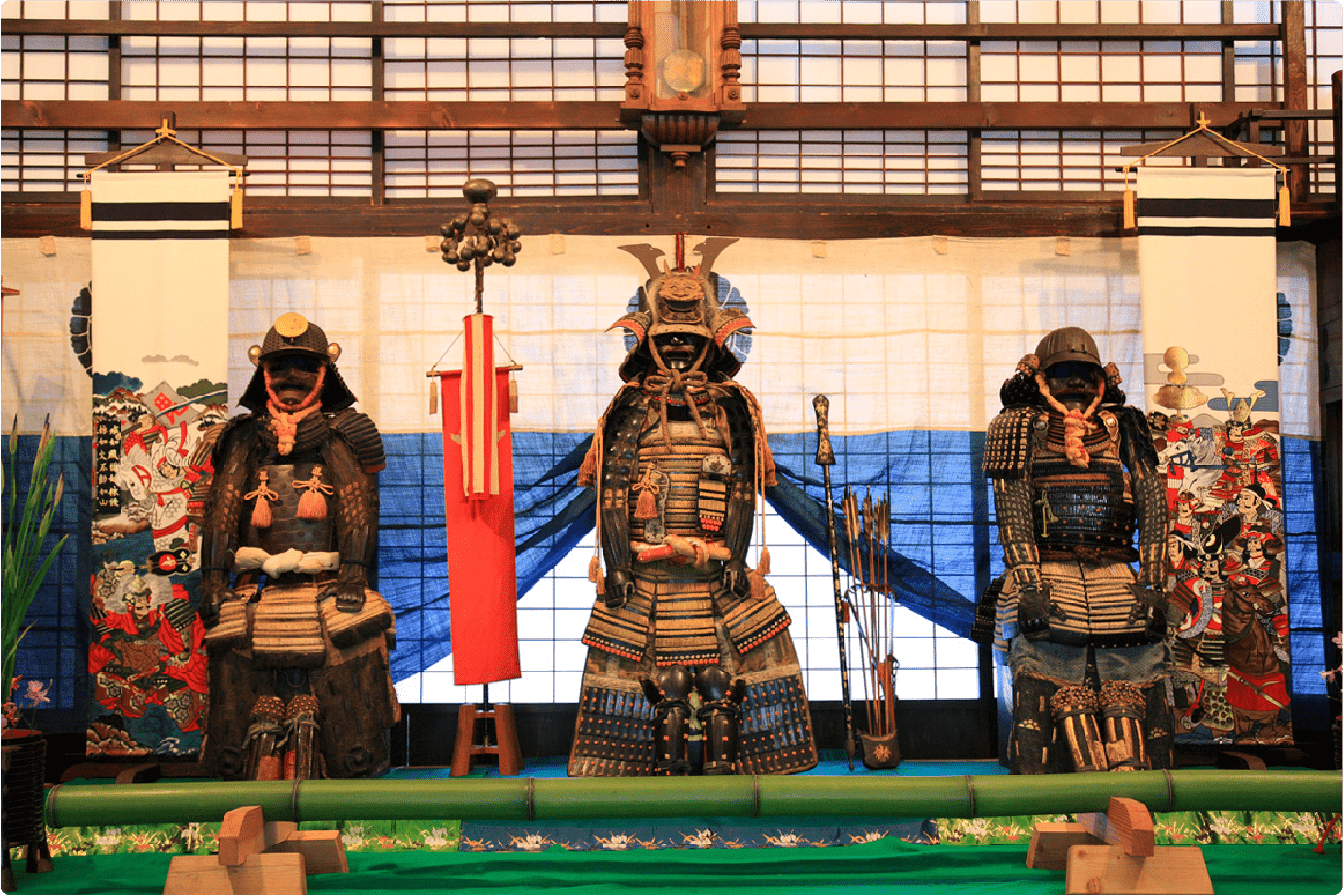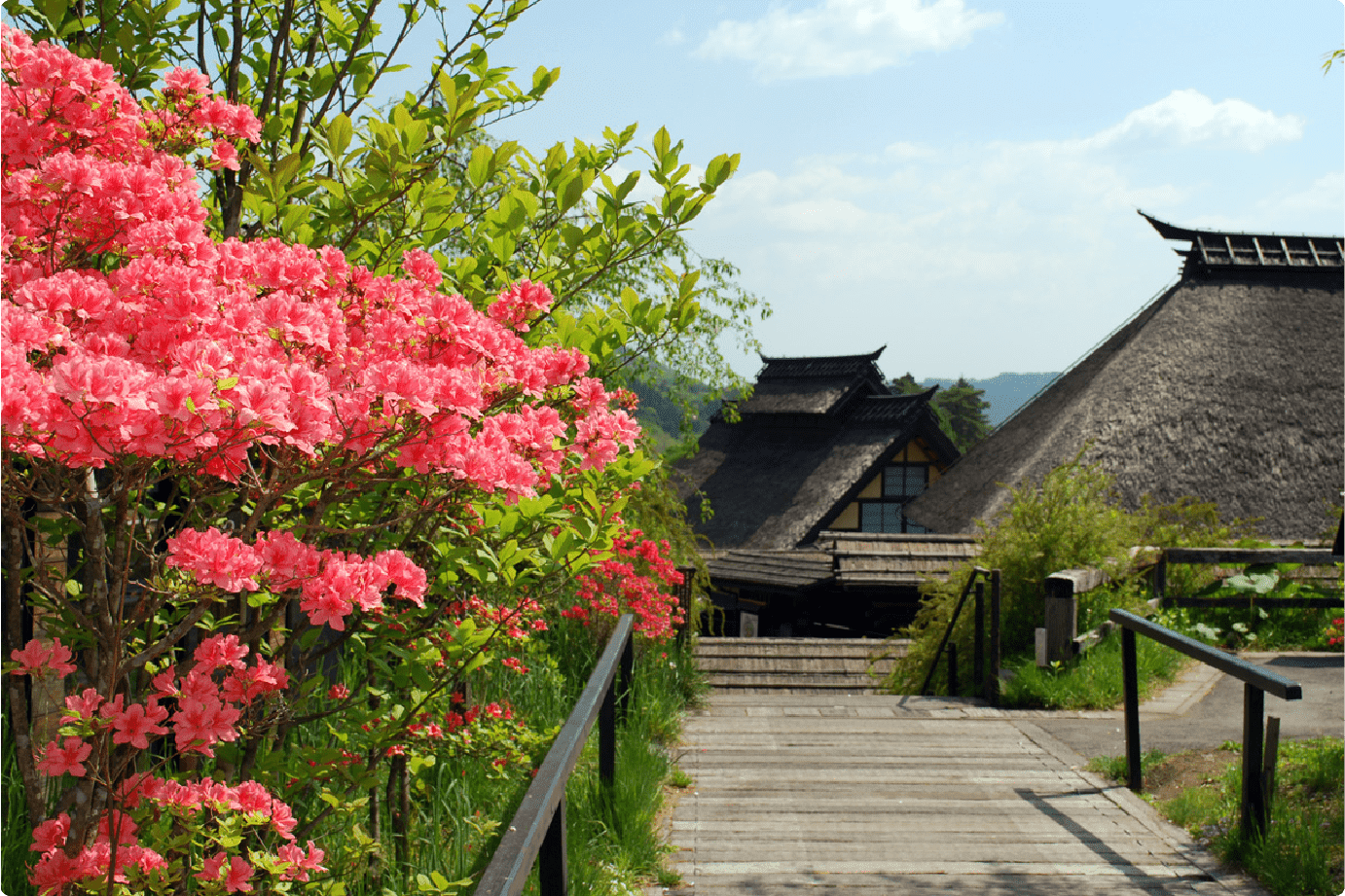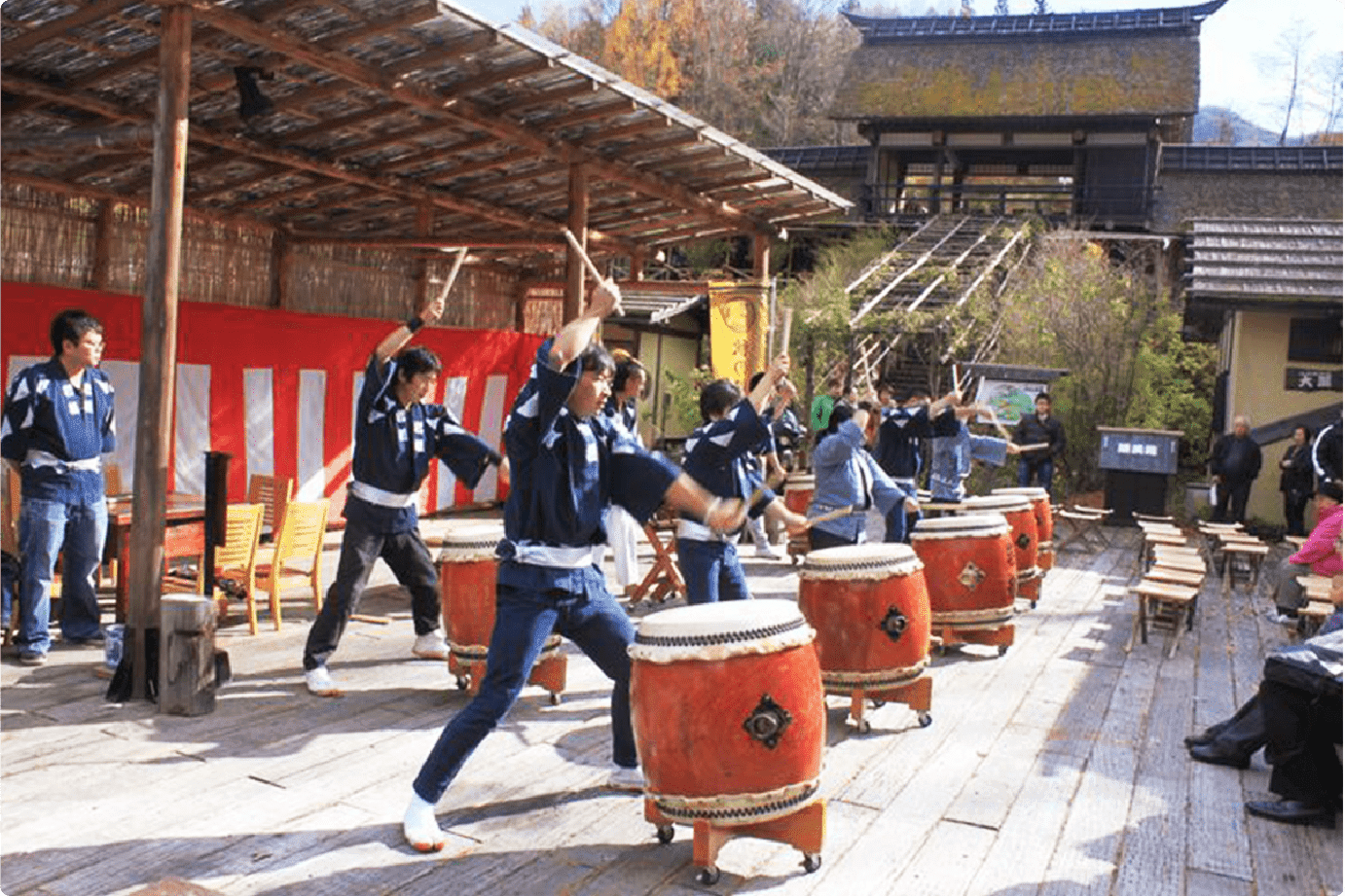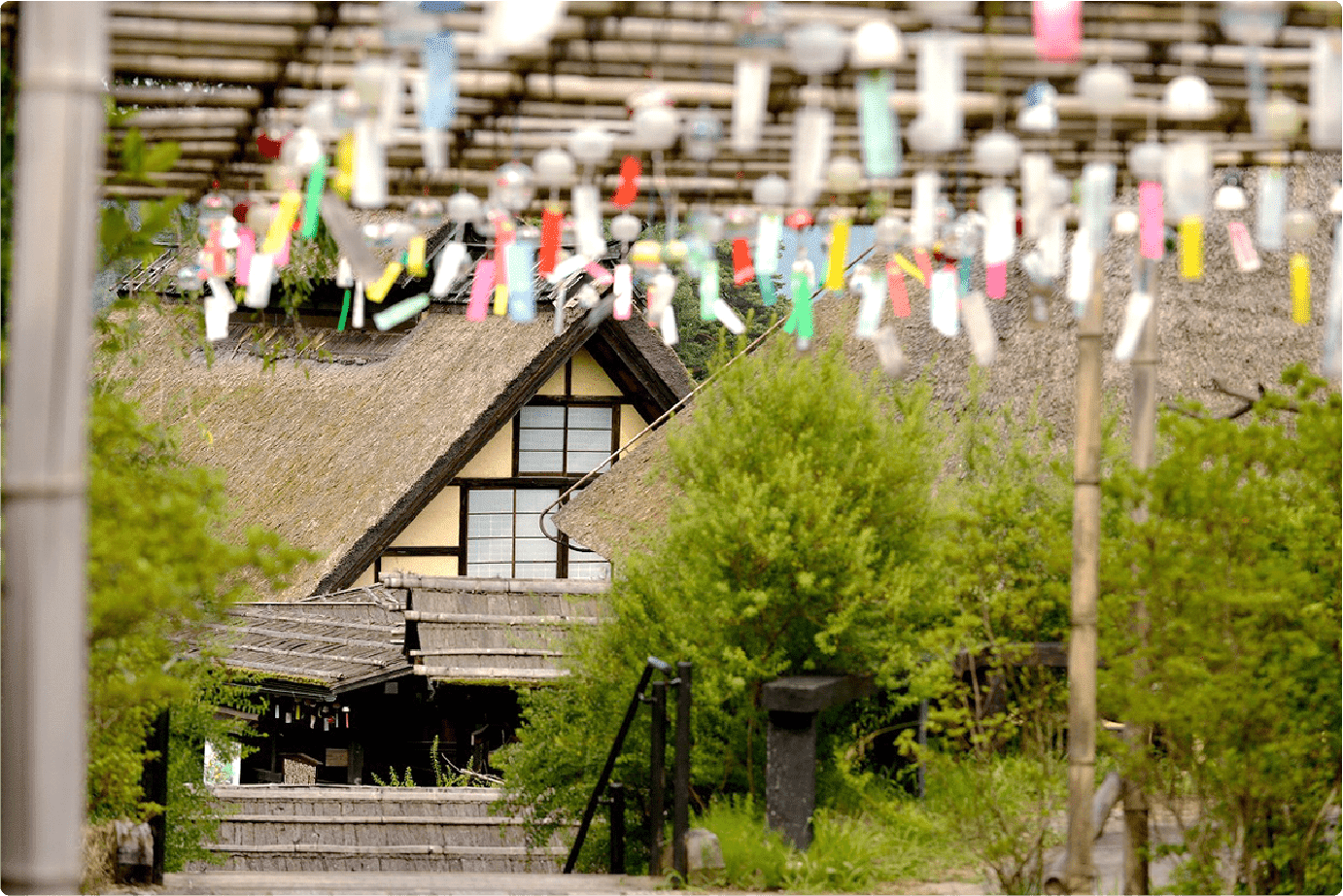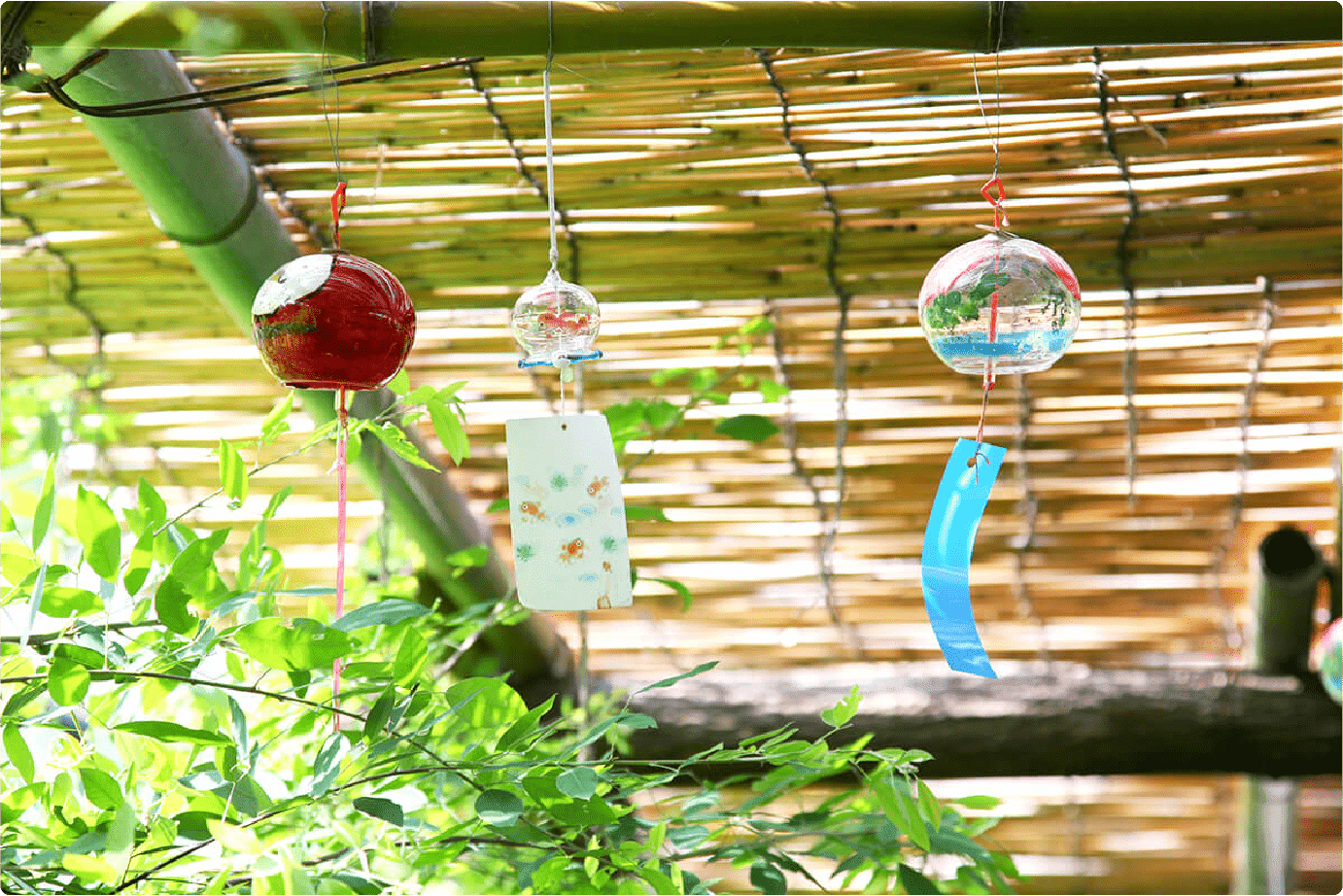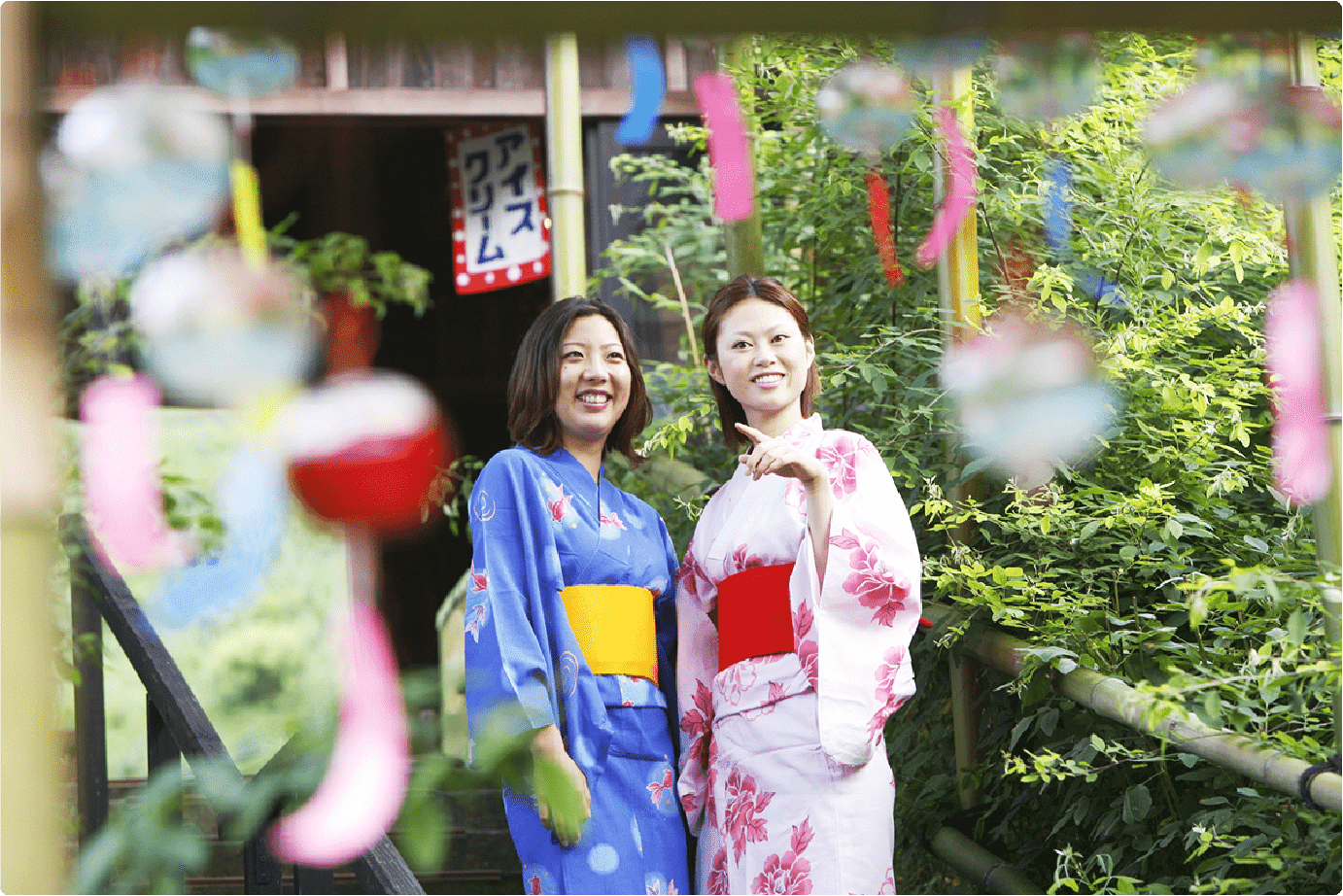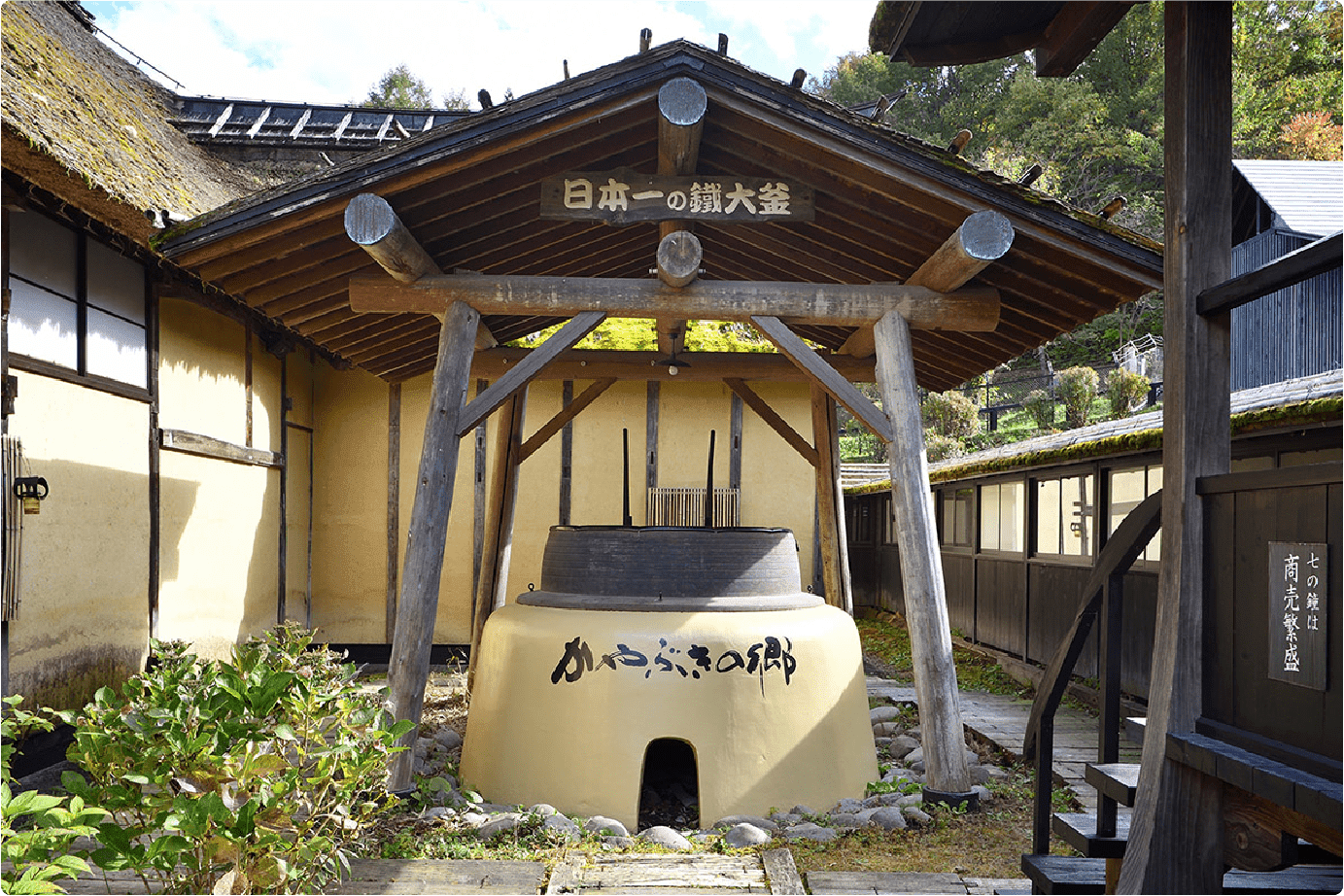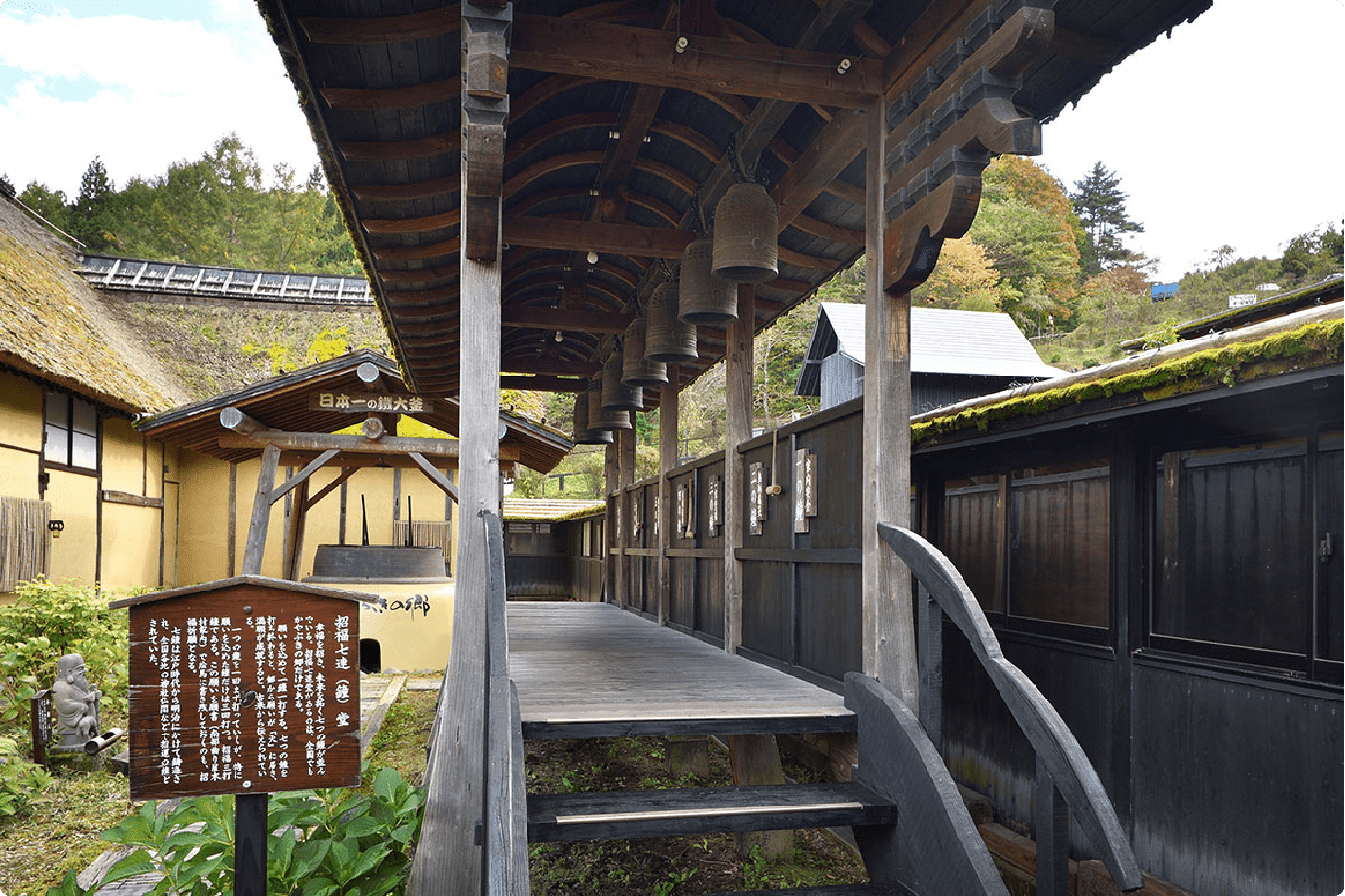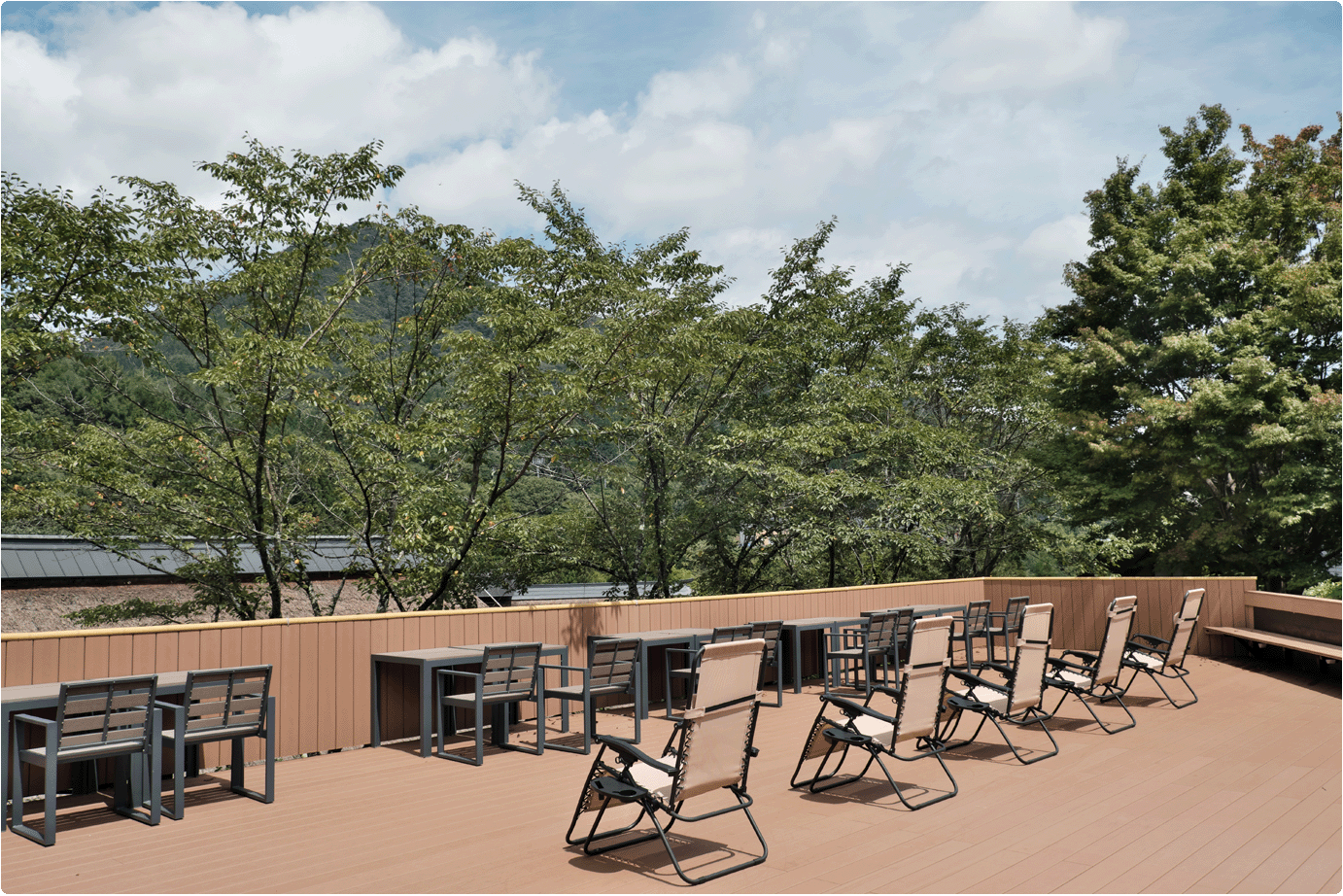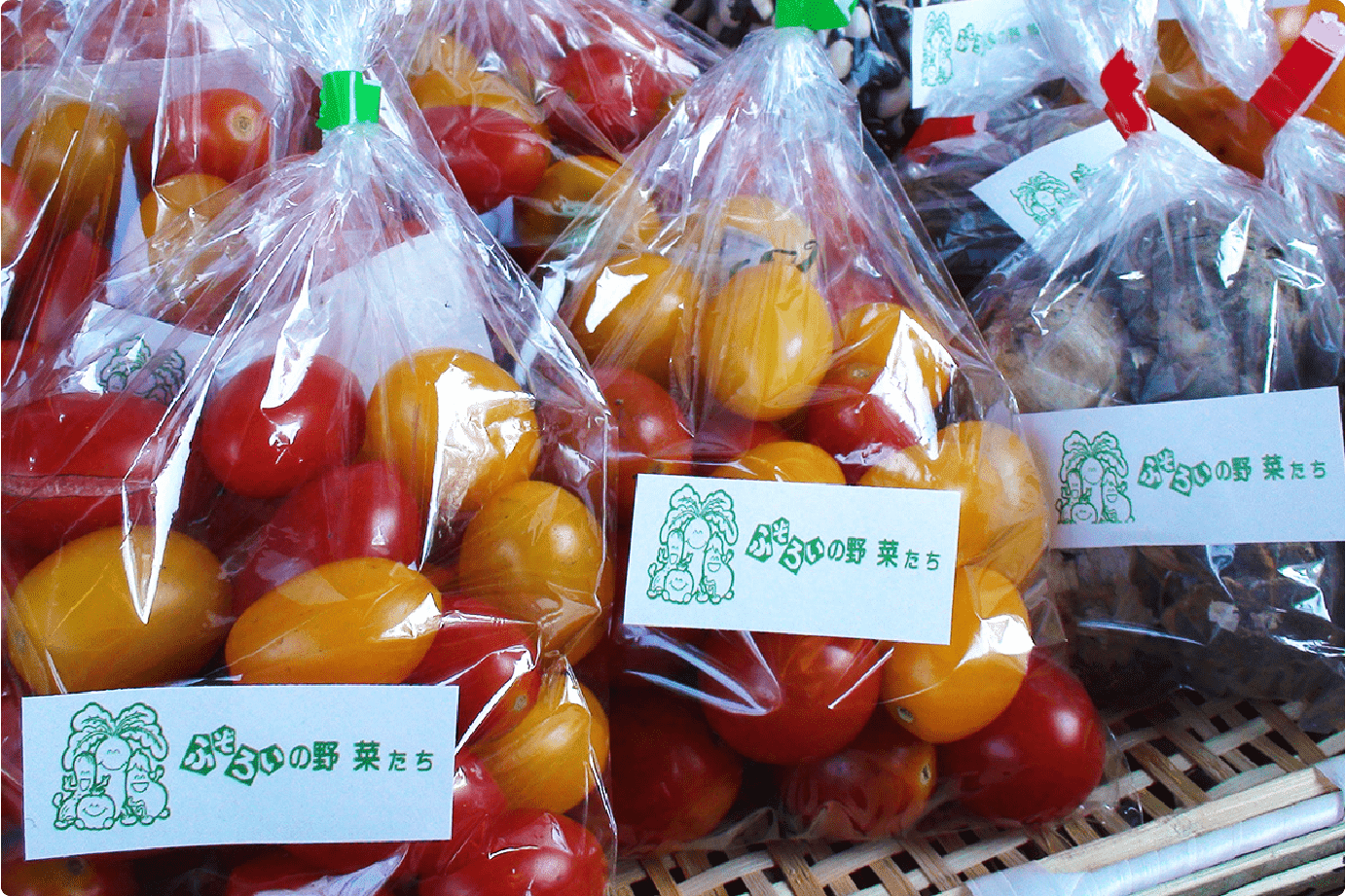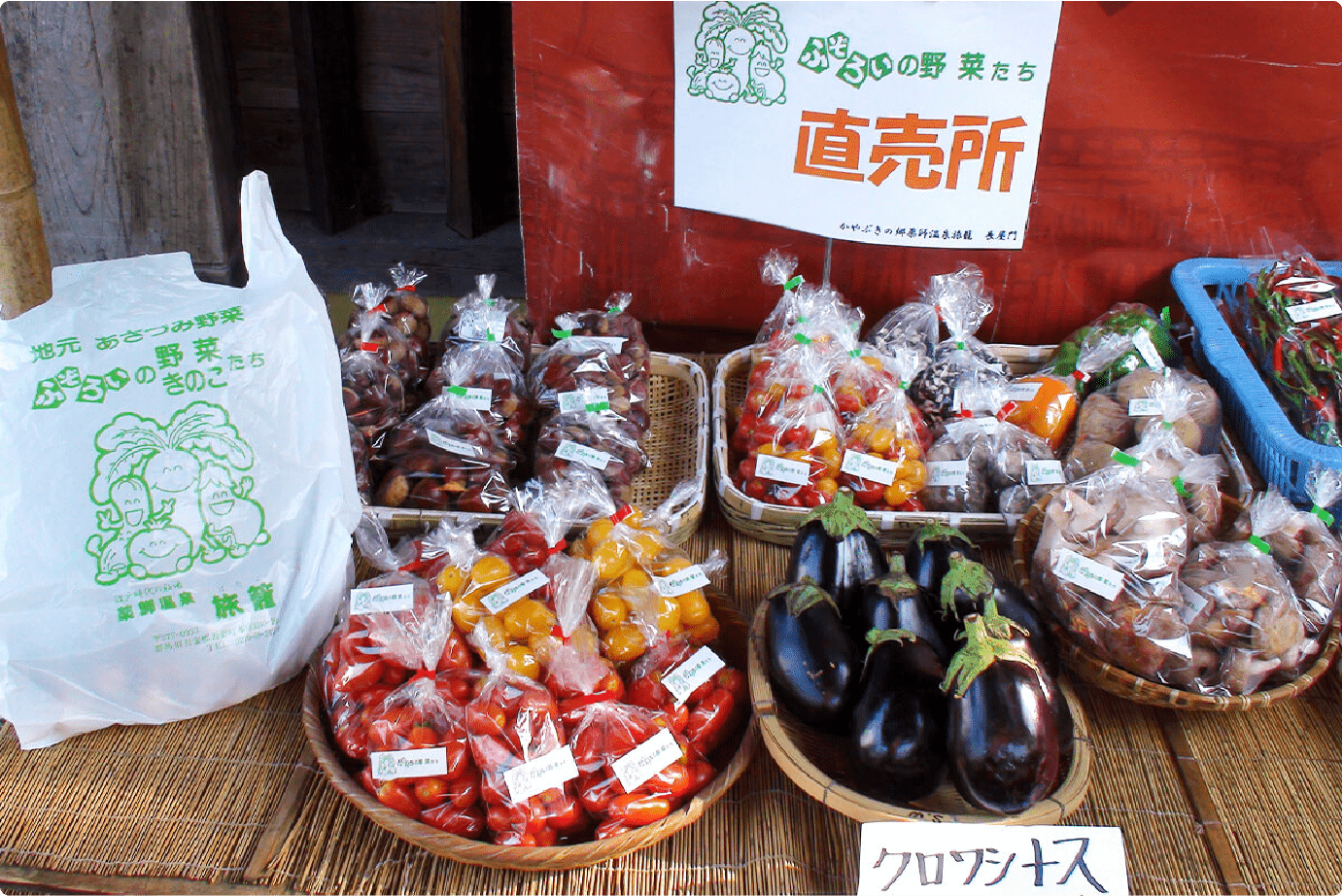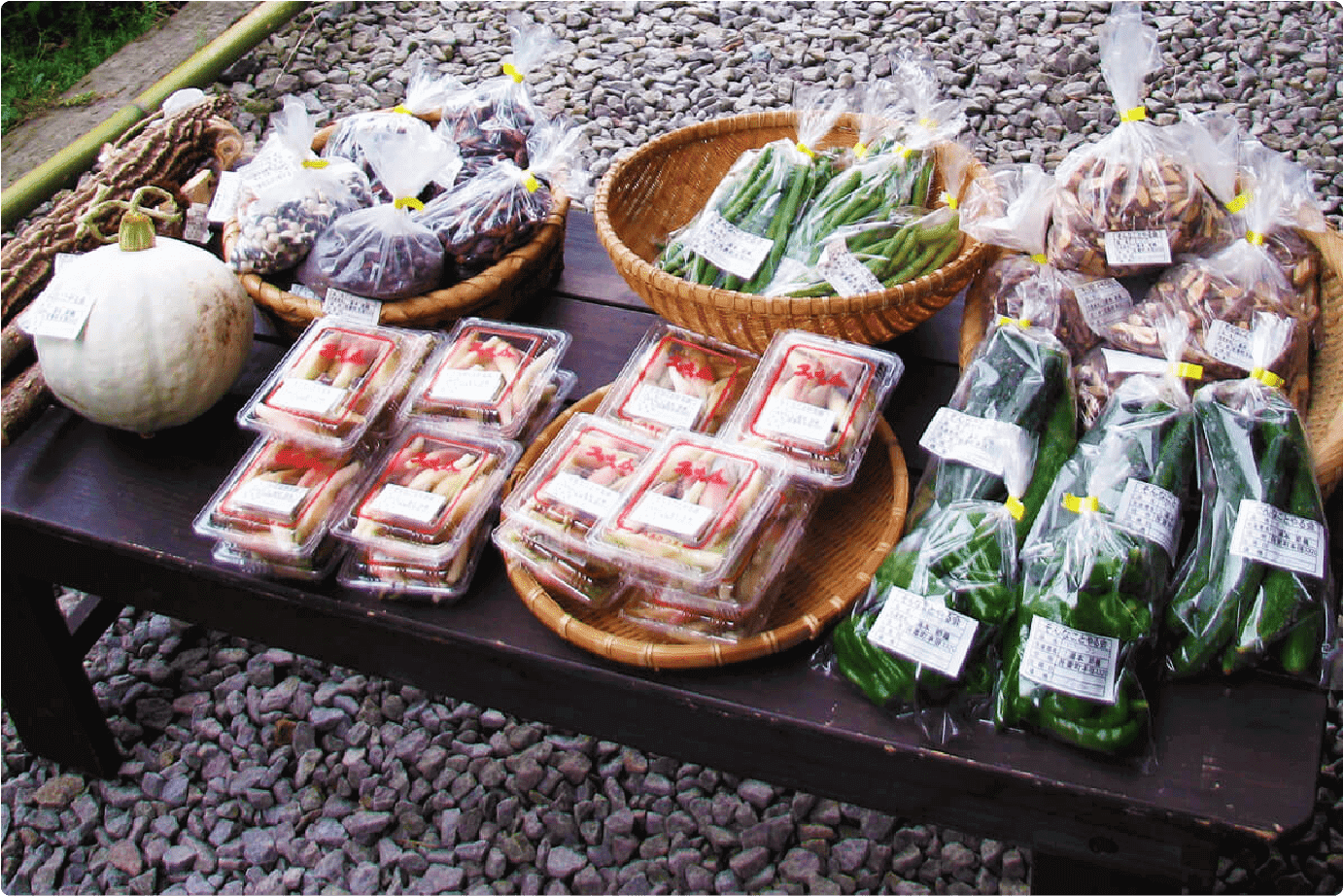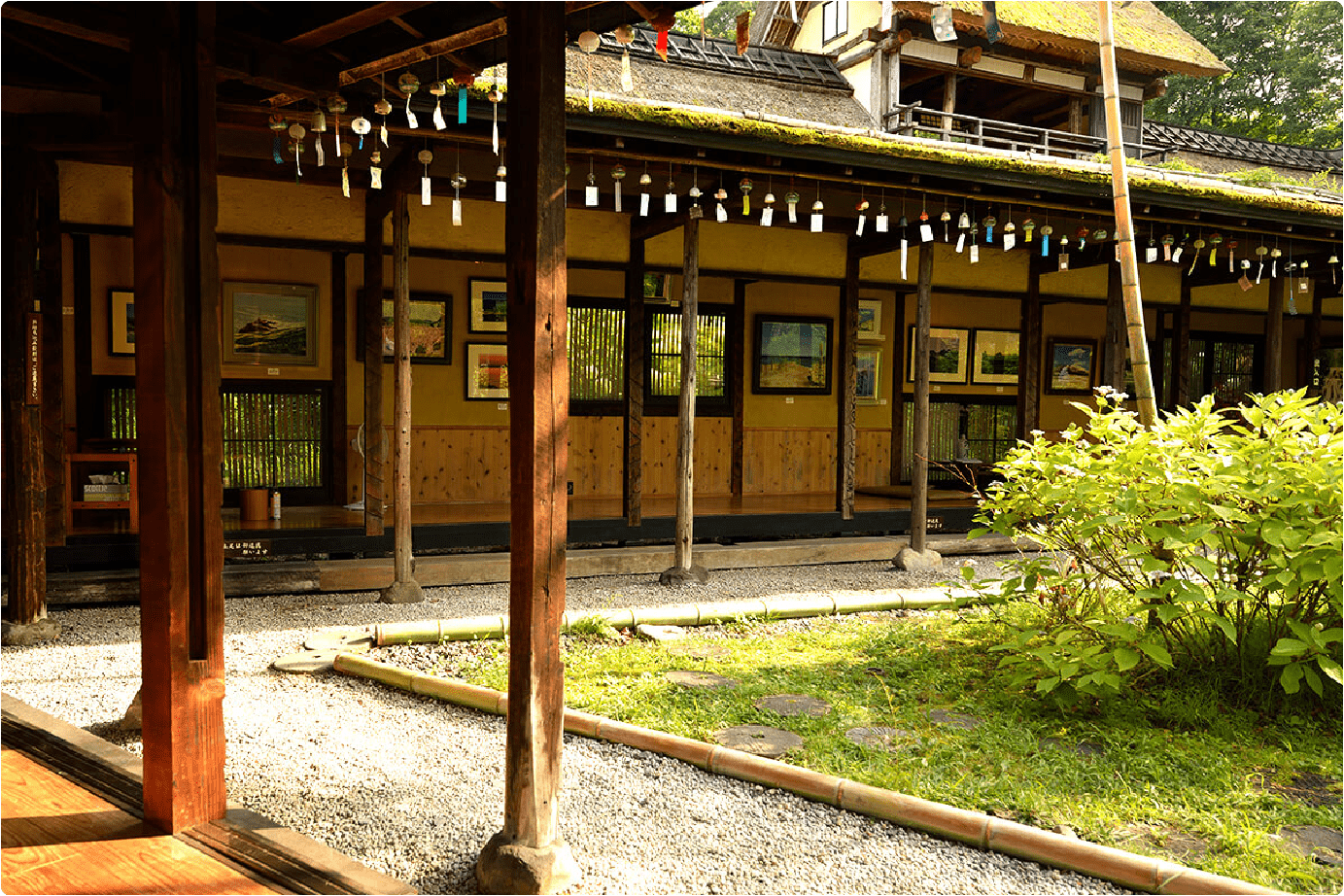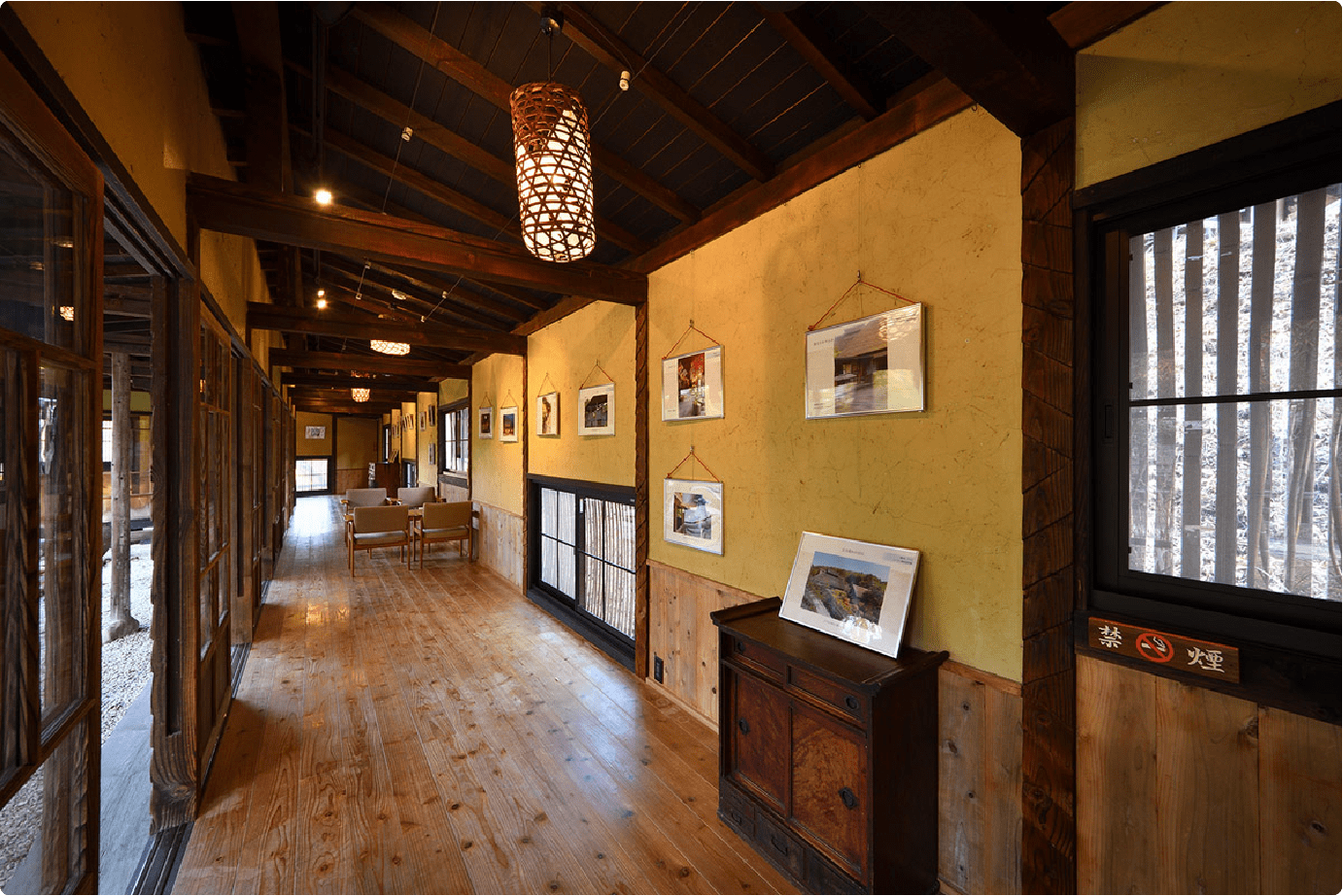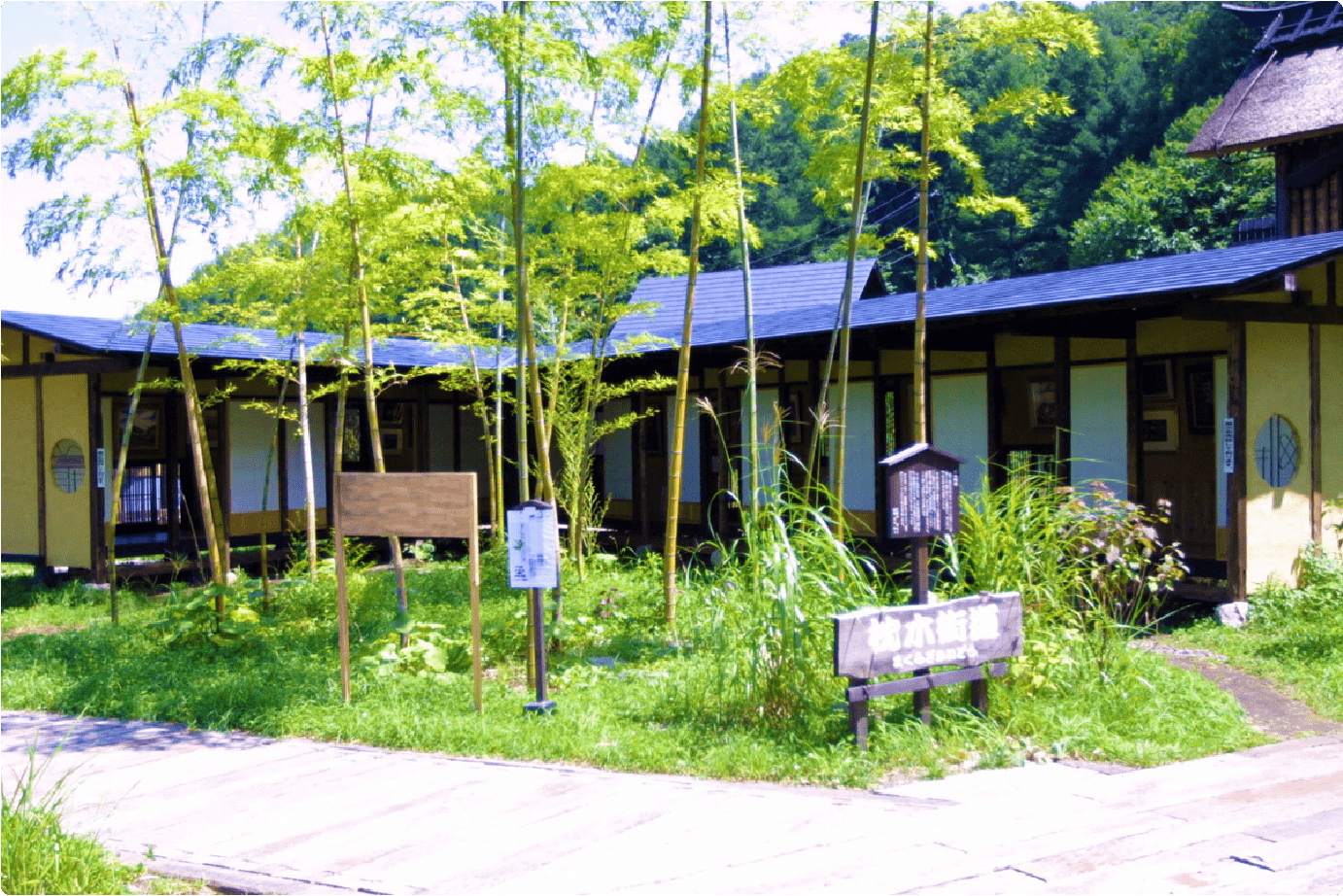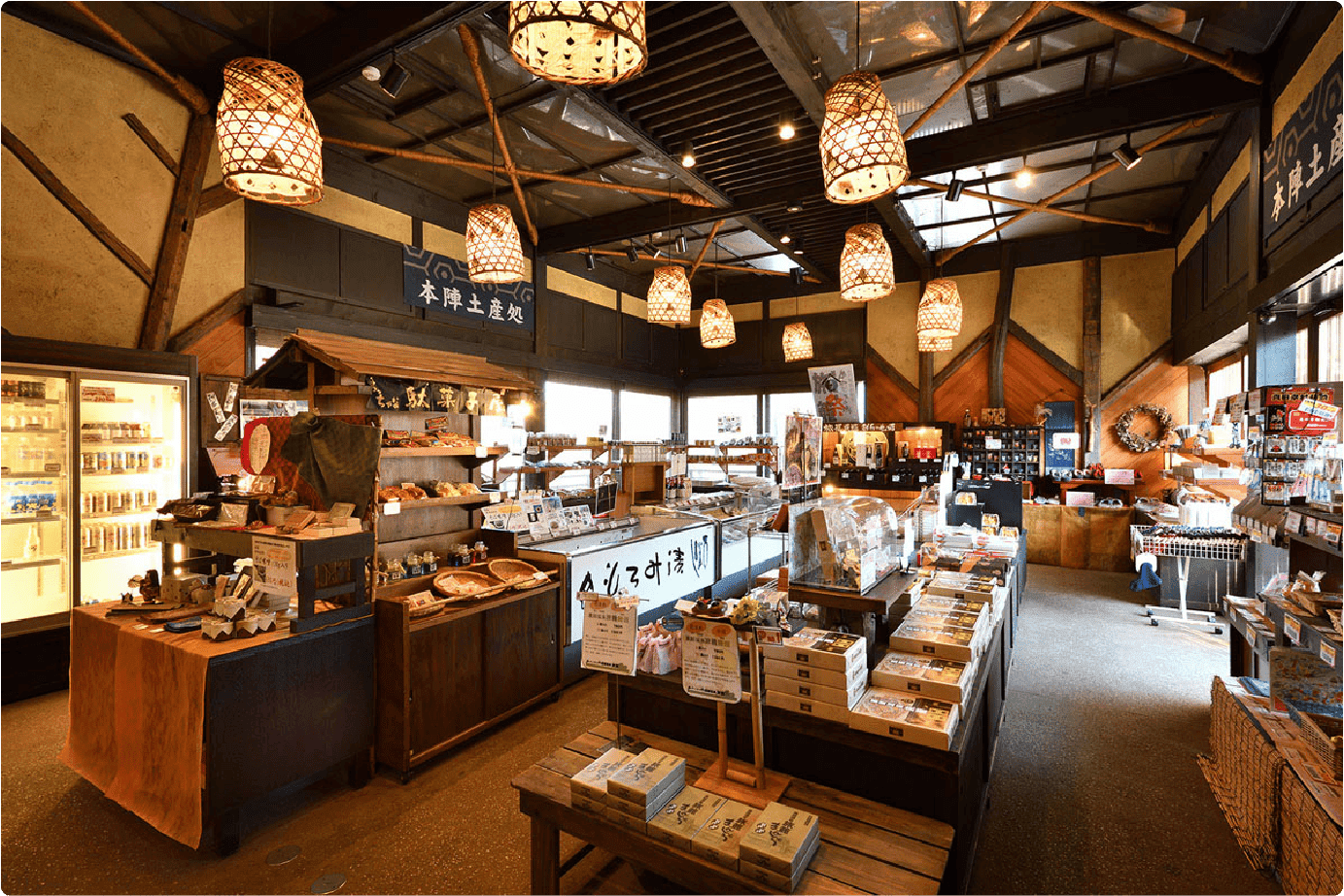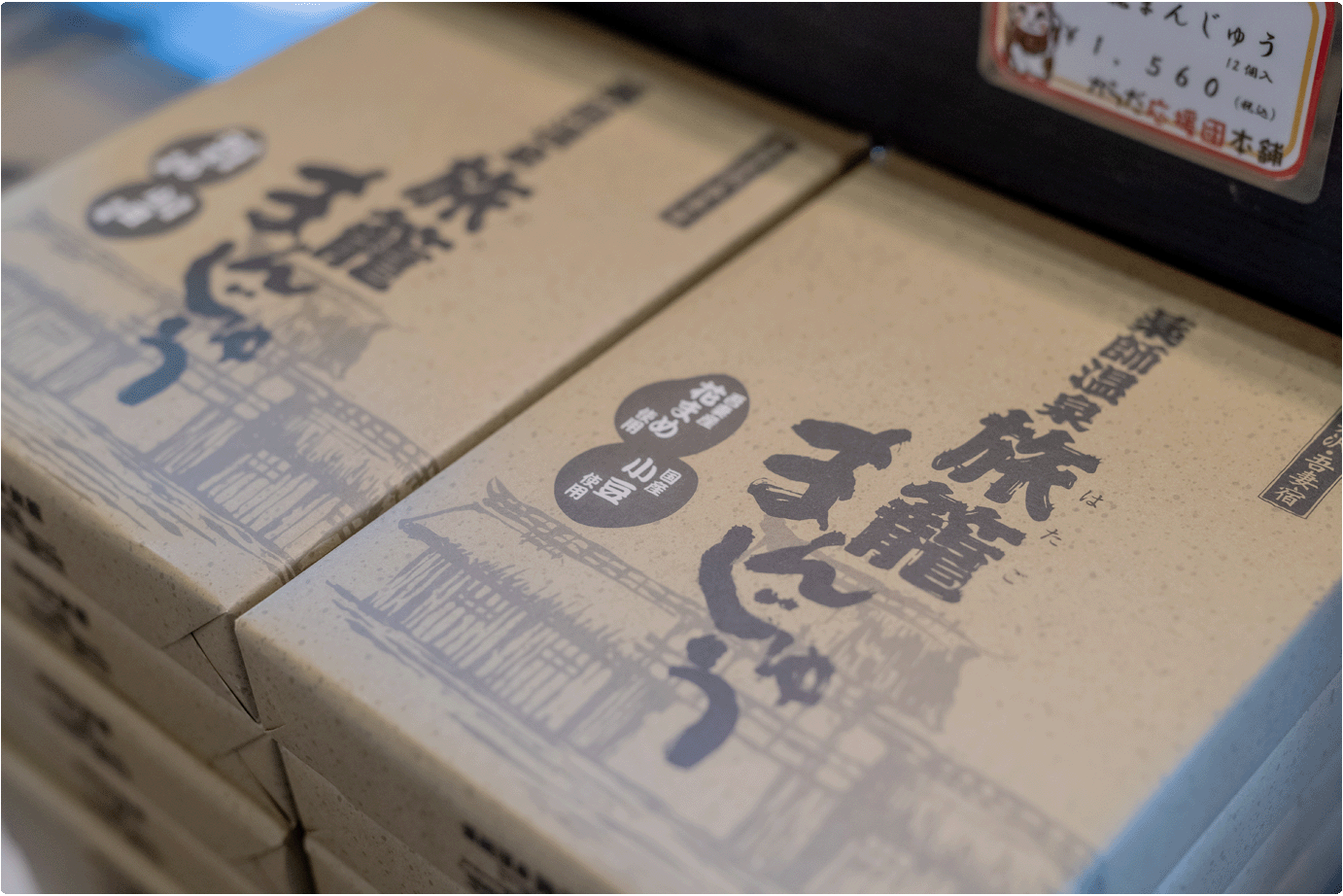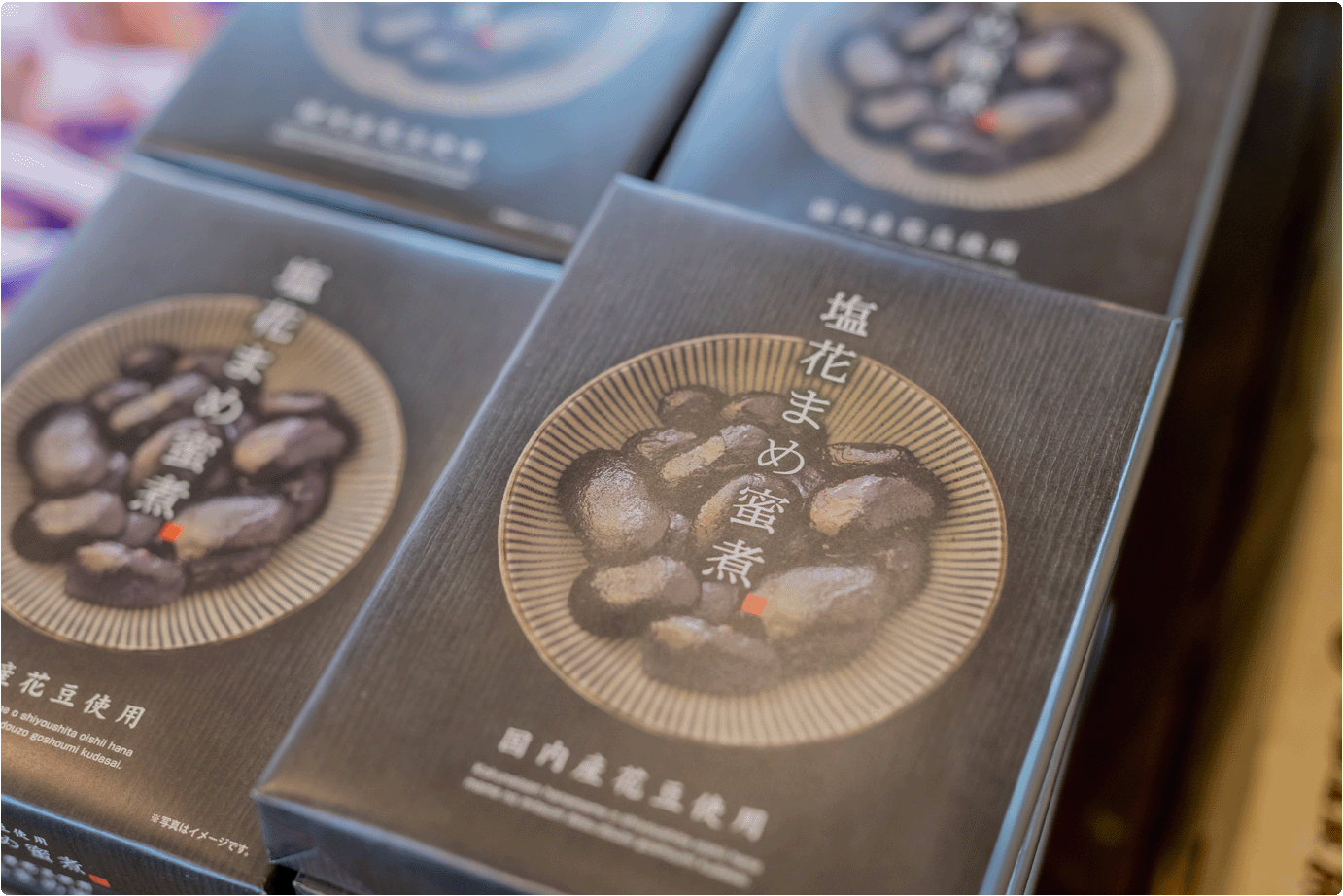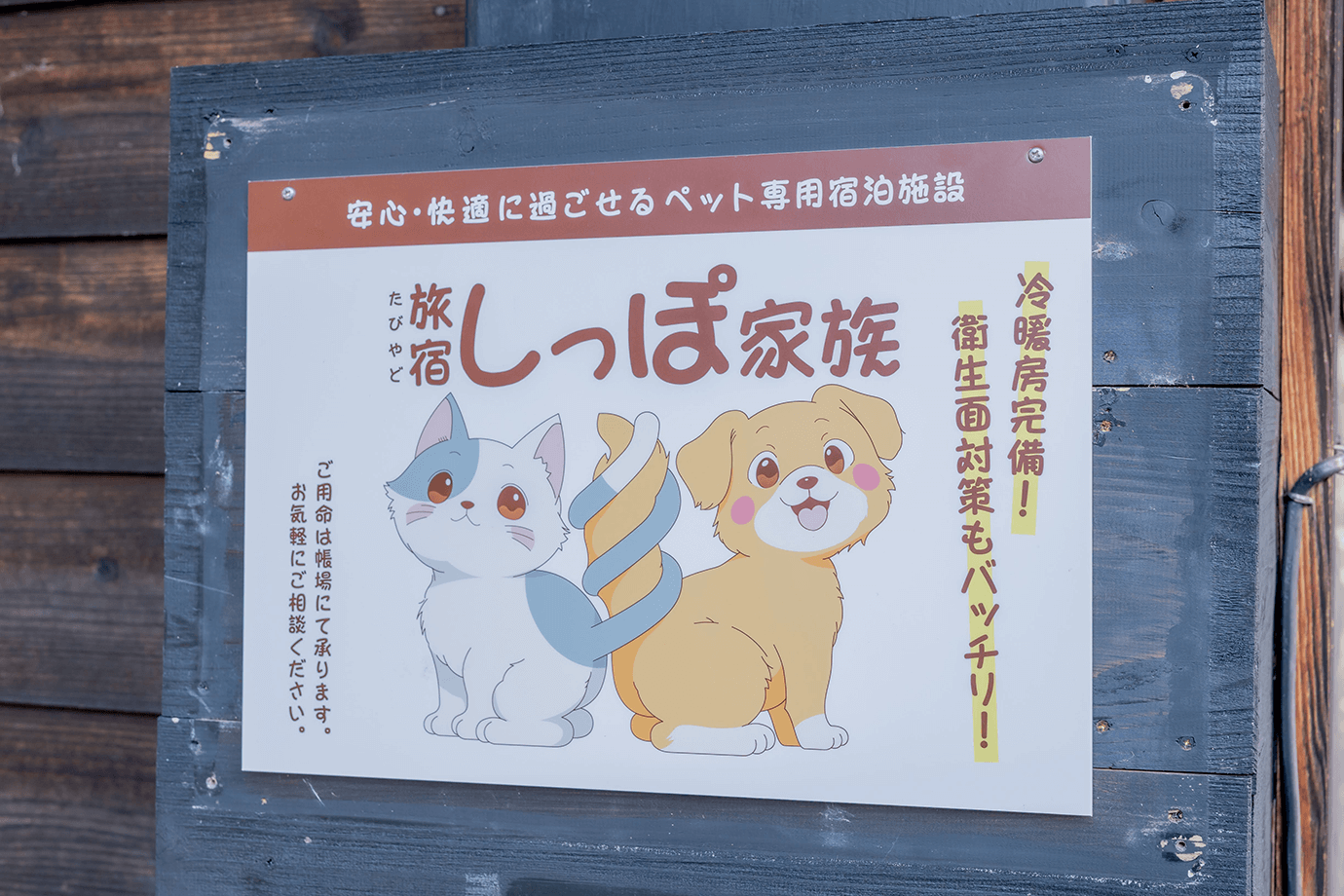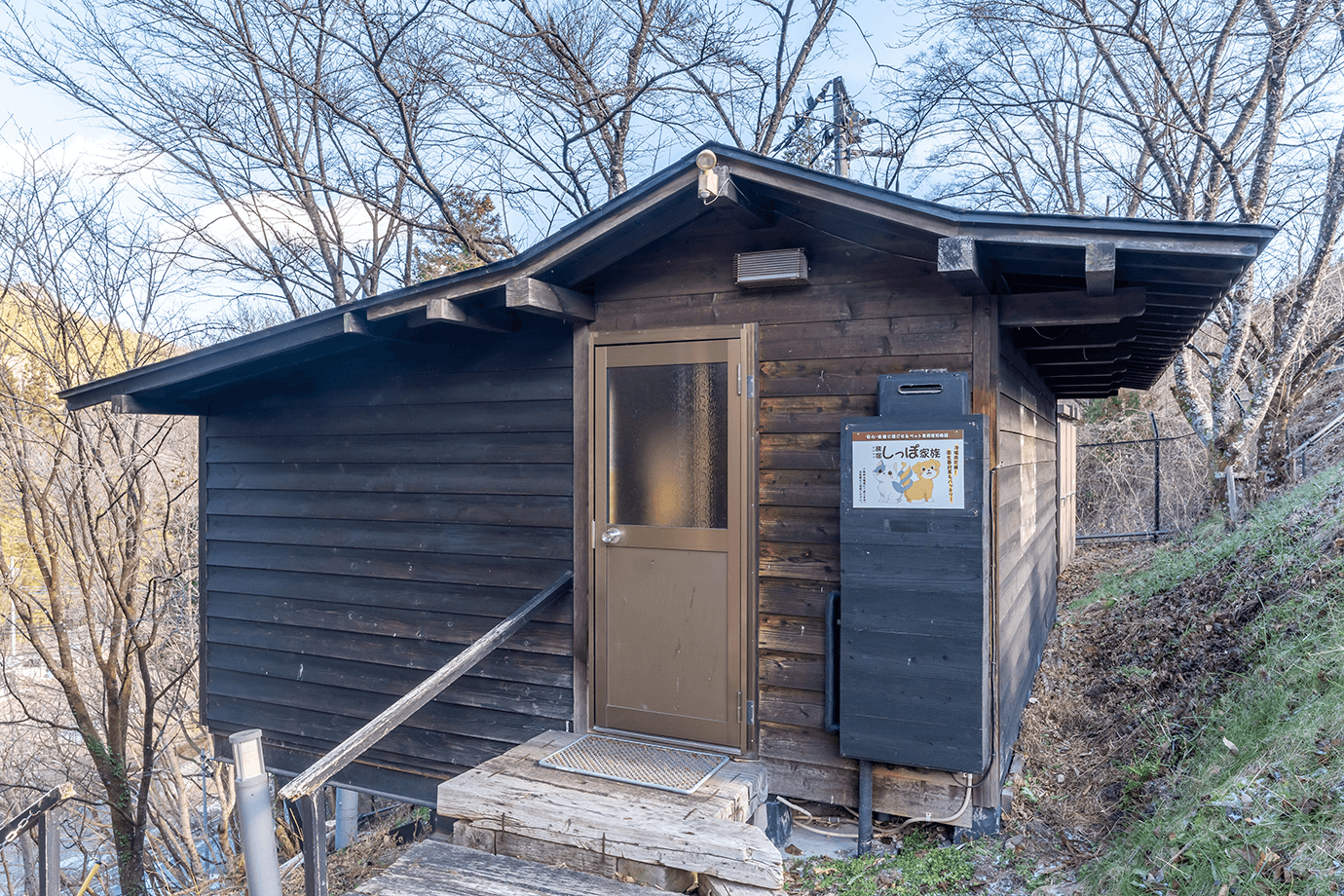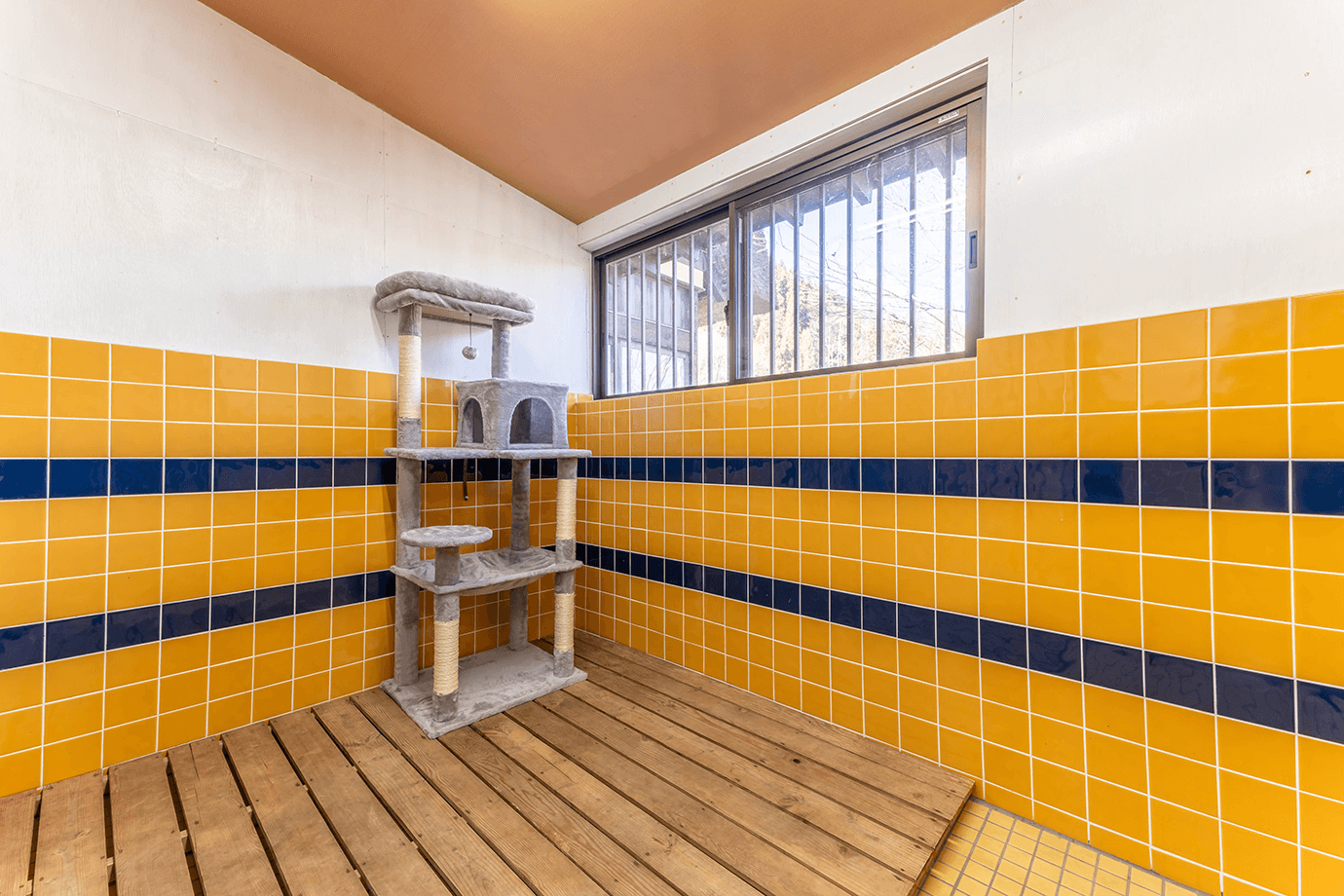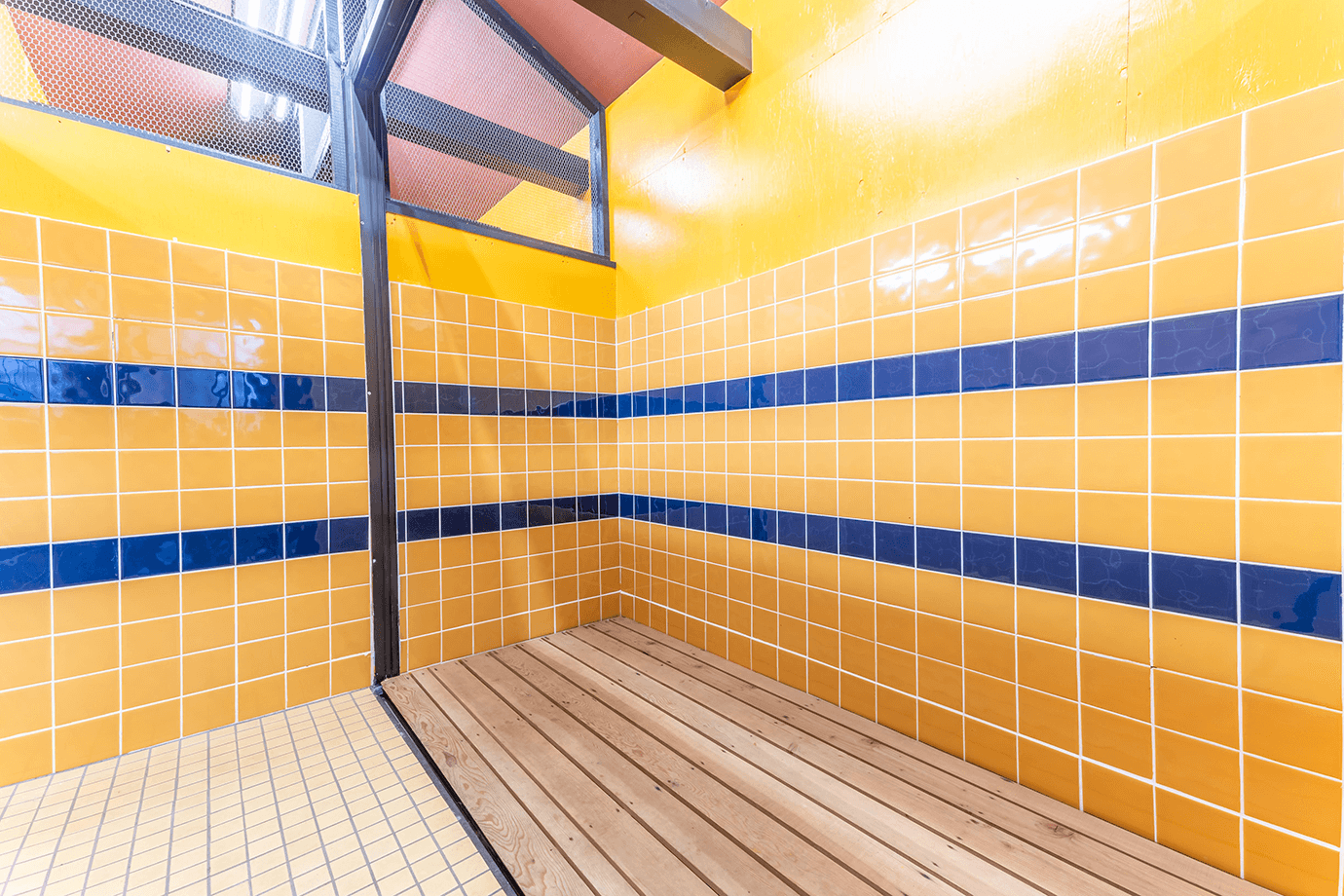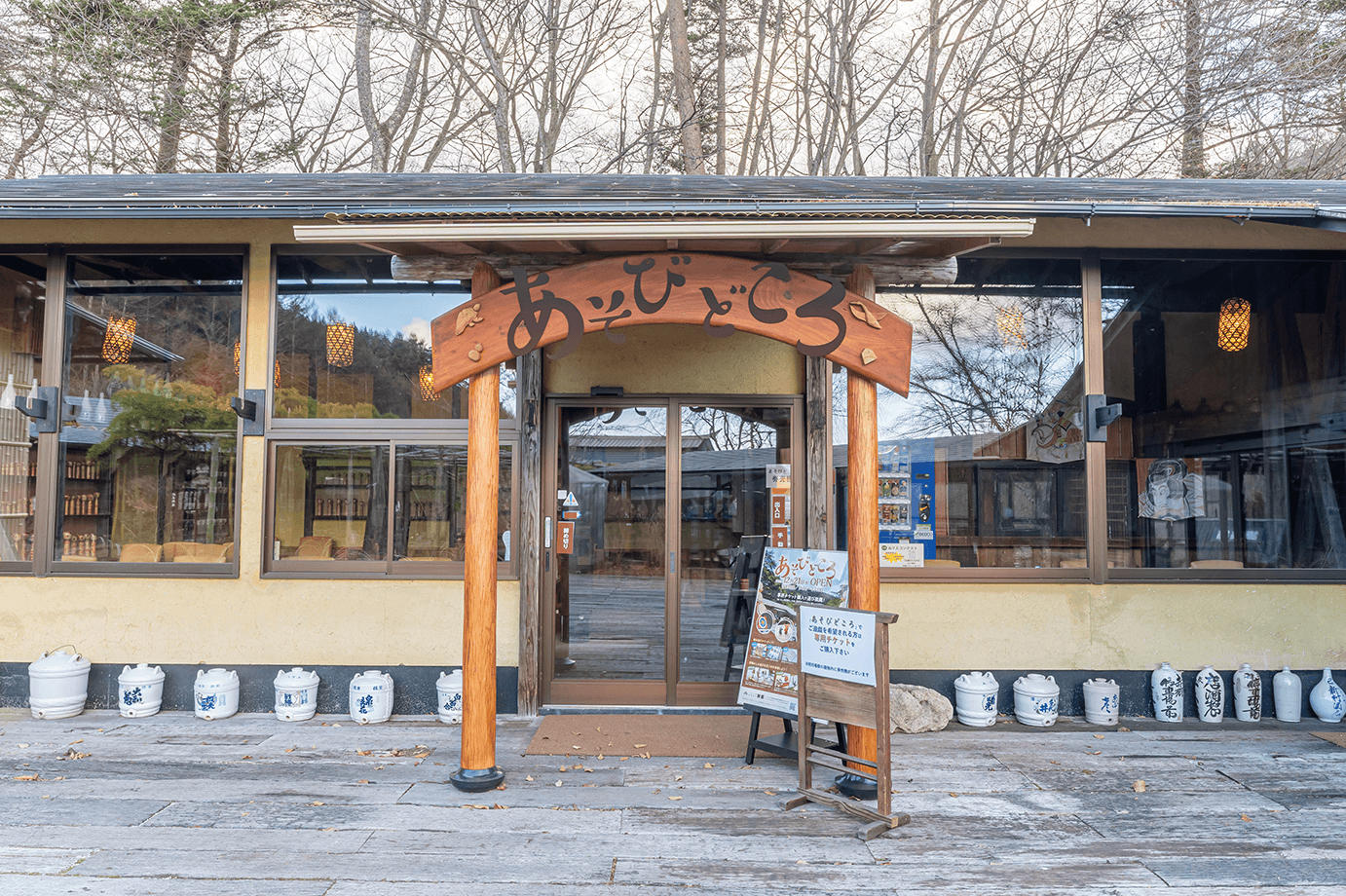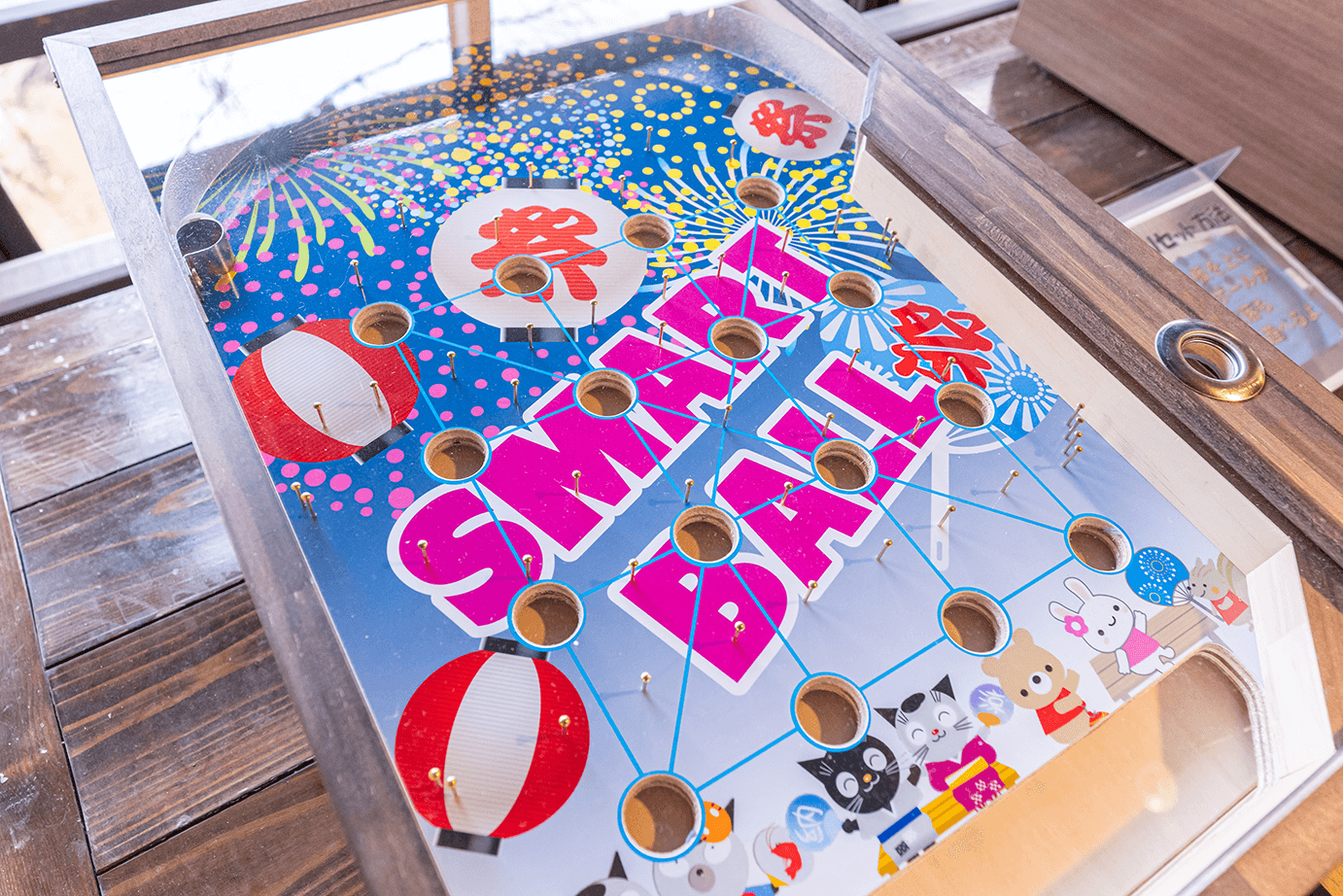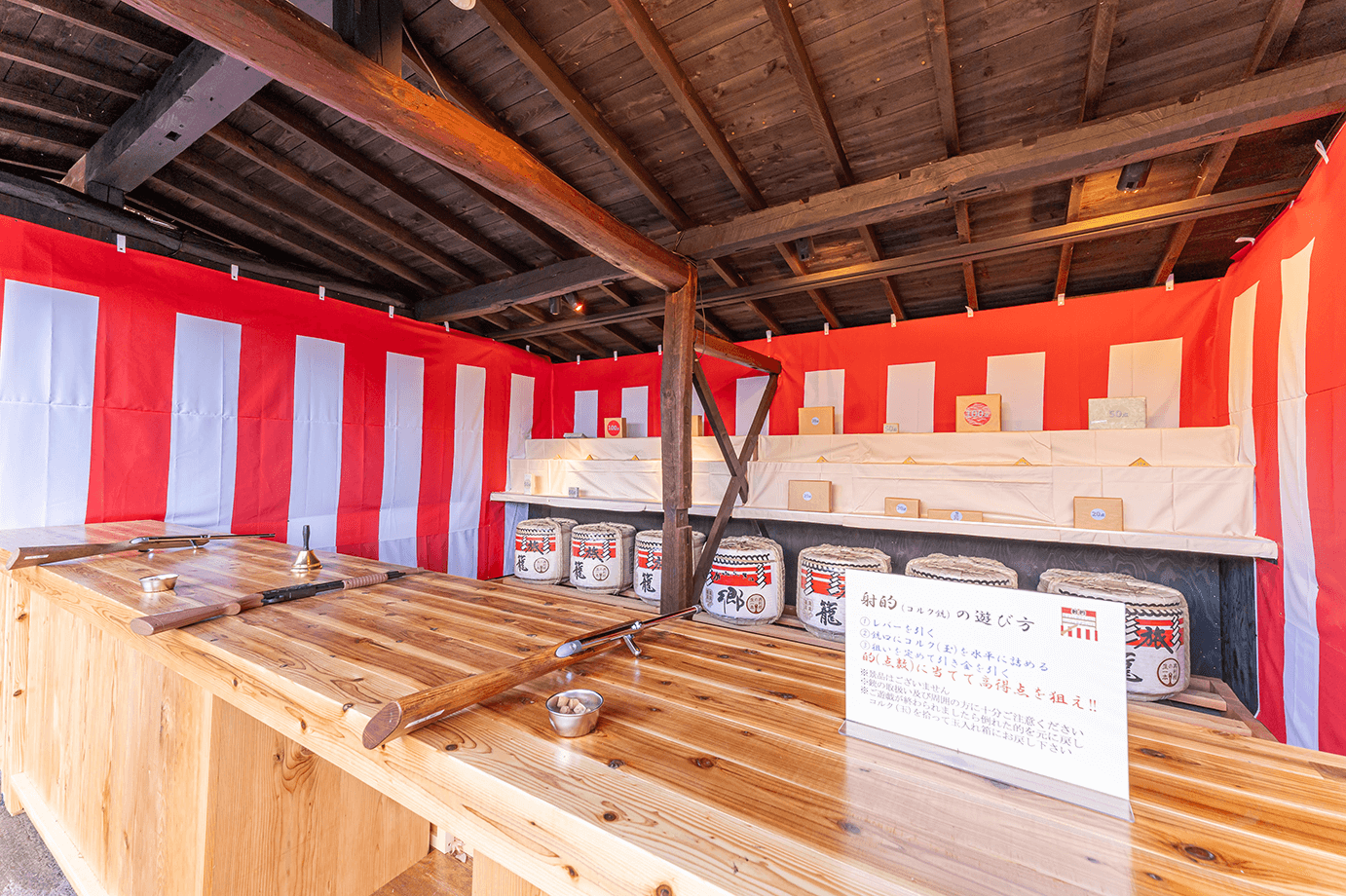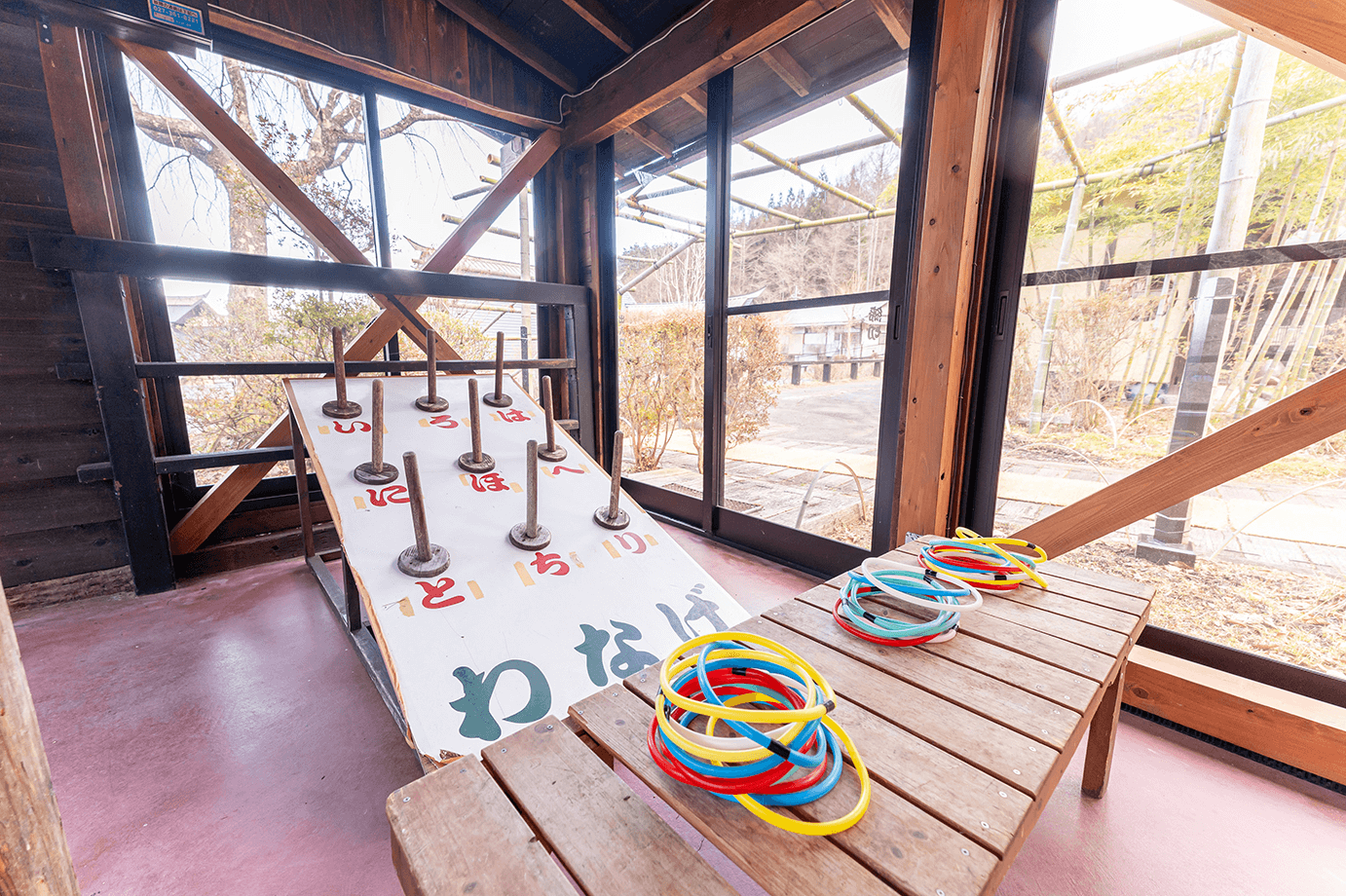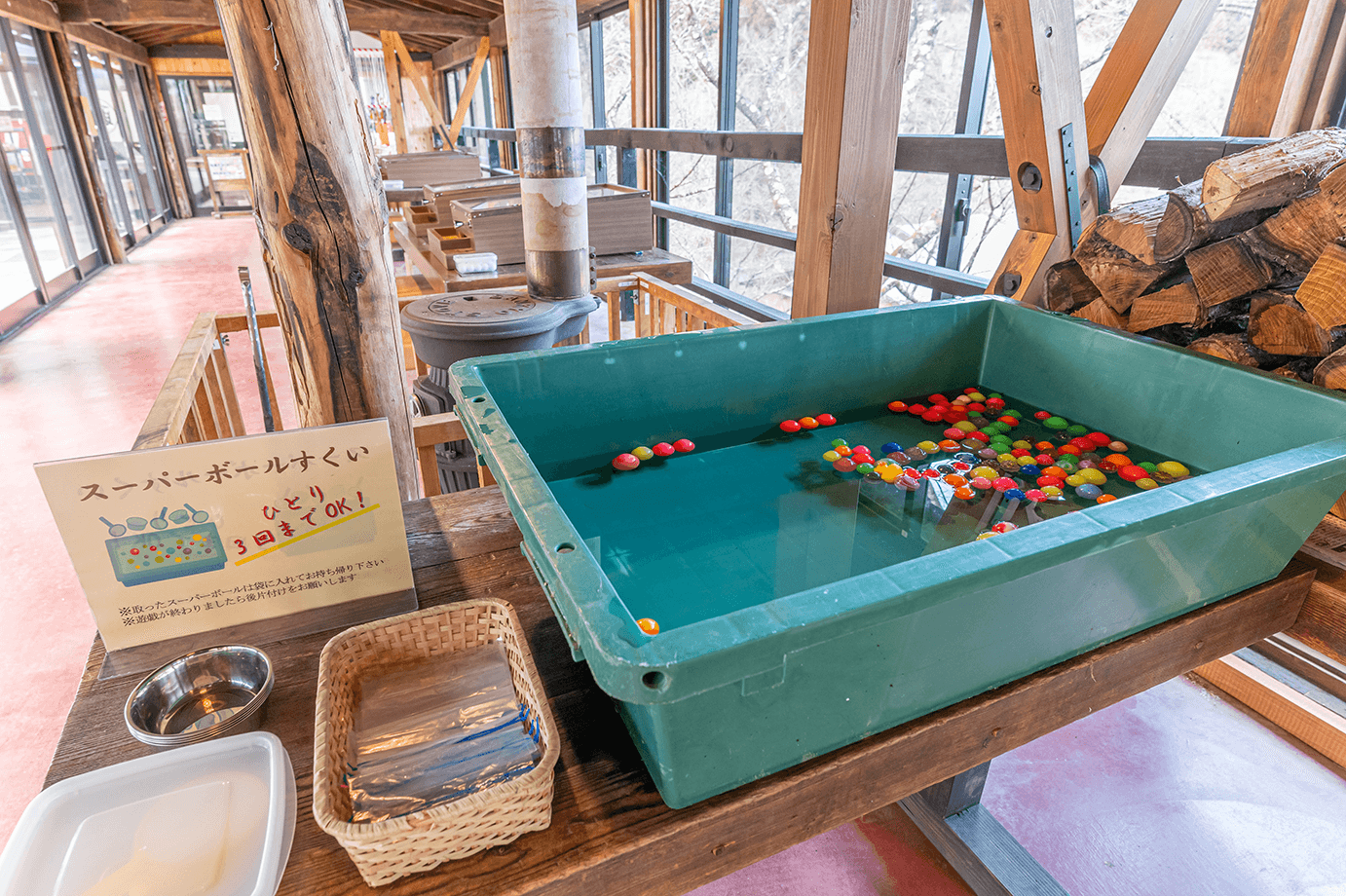Learn more about Attractions
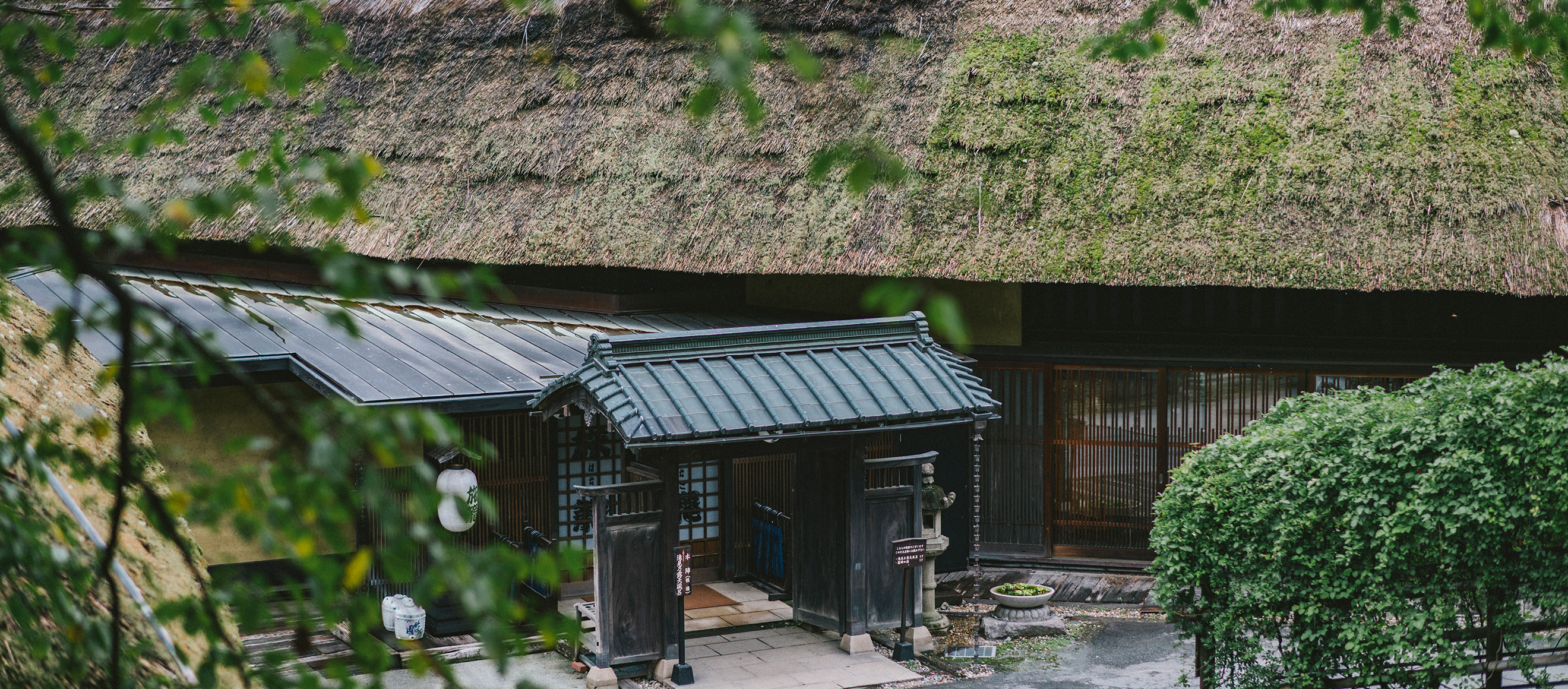
A village of
historic and fascinating spaces
that you can enjoy one by one.
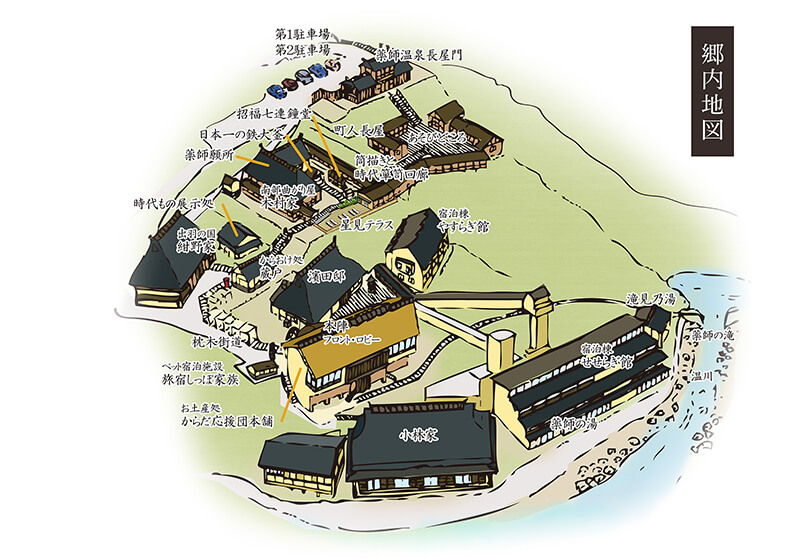
Thatched-roof Buildings
A variety of historic thatched-roof buildings
The thatched roof is considered the most basic type of roof, and
it is believed that dwellings with only thatched roofs were built during the Jomon Period (14,000 - 300 BC).
Thatched roofs have been an essential part of the Japanese lifestyle since ancient times
because of the many advantages they offer,
such as excellent air permeability and heat insulation,
and minimal noise from rainfall.
Nagayamon Gate
The gateway to Kayabuki no Sato, this gate features a gabled roof design and thatched roof,
and was built with old timber that held up the homes of village headmen
and wealthy farmers in the Tohoku region for more than a hundred years,
combined to form support pillars.
You can also look out over the whole village from the second floor of the gate.
Nambu Magariya L-shaped Farmhouse
Kimura Family Residence
Moved from the town of Iide in Yamagata Prefecture,
this building is a typical L-shaped house built in 1855 using the wood from cedar, chestnut,
and zelkova trees that had grown in the Kimura family’s backyard.
Inside the building is a prayer hall enshrining Yakushi Nyorai,
which is also used for weddings, as well as a rest area.
(Rest area hours: 10:00 - 16:00)
Dewa Province Konno Family Residence
Moved from Dewa Province in what is present-day Yamagata Prefecture,
this particularly old building has existed for nine generations
and has design features that are rare among typical thatched-roof buildings,
such as its three-story construction, hip-and-gable roof structure, and skylights.
Festivals such as the Sagemon Hina Festival are held here,
and the second floor is home to an exhibition area for folk craft items.
Kurado
The beams, which are constructed utilizing the wood’s characteristics in its natural state,
are made of 40cm-thick lumber from trees that were several hundred years old.
The entrance consists of two doors that were once used in the storehouse
of a wealthy farmer in the Tohoku region.
“Honjin” Main Office
The Honjin building boasts an area of approximately 660 square meters,
and its roof, hand-thatched by some of the rarest roofing artisans in Japan,
has a thickness of roughly one meter, on par with temples
and shrines that have been designated as Important Cultural Properties.
The building’s layout includes rooms such as a reception area, lobby,
and “Karada Oendan Hompo” souvenir store.
Hamada Family Residence
Over a two-year period, the building was moved from the town of Mashiko in Tochigi Prefecture,
which is famous for Mashiko ware.
Shoji Hamada, pottery artist and living national treasure, along with his second son Shinsaku,
built this thatched-roof house spanning approximately 290 square meters.
It also serves as a restaurant. A gallery of Shoji, Shinsaku, and Tomoo Hamada’s works is here as well.
Kobayashi Family Residence
Moved from the town of Nakanojo in Gunma Prefecture,
this house was built in 1870 by Seiemon Kobayashi, the village headman during the Edo Period.
It remained the residence of his successors until 1998.
The building features a thatched roof typical of a farmhouse building with
a square shape divided into four equal quarters, and functions as a restaurant.
Antique Tools & Folk Toys
Tsutsugaki Textiles and Antique Chest Gallery
A collection of antique chests of drawers and textiles created using the traditional
“Tsutsugaki” resist dyeing method are on display here.
Antiques Gallery
Hundreds of antique tools and works of art from the Edo Period (1603-1867)
and Meiji Era (1868-1912) are on display here,
including armor, helmets, Maki-e lacquerware, and Old Imari ceramics.
Kimura Family Residence 2nd Floor
A variety of locally made toys from all over Japan are on display here.
Festivals
Experience traditional seasonal events
in Kayabuki no Sato
Various festivals and other events are held here throughout the year.
We hold these recreations of seasonal events that have been handed down throughout the generations
in order to allow you to enjoy the beauty of each season alongside Japanese traditions
in the rich natural environment of Kayabuki no Sato.
Sagemon Hina Festival
Handsewn cloth works, created one stitch at a time,
and traditional Yanagawa Mari decorative balls are placed on display
as “Sagemon” hanging decorations in the Konno Family Residence.
Satsuki Festival
Held in April and May of each year.
The antique armor and helmets are put on display as a celebration of the growth of boys.
Summer Festival
Held in July and August of each year. Visitors can enjoy a fair with food and game stalls,
a wind chime market, and opportunities to play old-time games.
Highlights
Enjoy Kayabuki no Sato by walking along
the railway tie-lined paths around the village
Throughout the village, more than 20,000 railway ties
from throughout Japan are placed on the ground,
forming paths that guide visitors to the various attractions to be seen.
You can also enjoy delicious sweets served in a relaxing space
and even buy fresh, locally grown vegetables directly from the farmers themselves.
This village is a great setting for creating precious memories of your travels.
Railway Tie Paths
Enjoy following the railway tie-lined paths as you make your way around the village.
As visitors walk along the paths, they can play “Menko” (a game similar to Pogs)
or “Beigoma” (the traditional precursor to the modern-day Japanese “Beyblade” toys)
at the railway tie plaza, make a wish at the Seven Bells of Good Luck Hall,
and take a commemorative photo at the largest iron cauldron in Japan.
Irregular Vegetable Market
Freshly harvested fruits and vegetables are sold directly
by local farmers at Yakushi Onsen Nagayamon Gate.
(Ends when all available stock is sold.)
Facilities
Nagaya Townhouses
These “Nagaya” townhouses are recreations of the buildings that
once stood in the Edo Period (1603-1867), and now function as rest areas.
“Karada Oendan Hompo” Souvenir Store
With “safety and reliability” as our motto,
this store offers souvenirs that can only be found in this region,
as well as food products that are completely free of additives
such as preservatives or food coloring.
“Tabiyado Shippo Kazoku” Pet Lodging
Here at Hatago, we also offer accommodations for your pets.
Even people who are not used to traveling with pets can enjoy their time here.
Pets stay in their own dedicated accommodations.
Please be aware that you cannot bring your pet into the facility’s communal spaces
or lodging area and guestrooms, or stay in the guestroom with your pet.
Fees:
2,750 yen (tax incl.) per cage
Meals:
You must bring pet food, pet dishes, and other necessities for your pet.
Facilities:
Fully air conditioned. You will be given a key to the cage. The cages are not the small cages often found in pet hotels.
Other Information:
*Please be sure to check the availability of pet accommodations before your stay.
*You will be shown a side entrance accessible from outside the building for taking your pet in and out for walks, etc.
*Please check the pet kennel terms of service here.
Please see the FAQs for more information.
Playground
A wide range of classic Japanese games are available,
from fair games that let you enjoy the atmosphere of a festival any time of year,
to traditional games such as Menko (a card game similar to Pogs),
Kendama (a skill toy consisting of a handle and a wooden ball connected by a string),
and Koma-mawashi (spinning tops), and even Smartball,
a pinball-type game that exudes the retro charm of the Showa Era (1926-1989).
Come and enjoy some old-fashioned Japanese fun and games
in a place where the atmosphere of the Japan of yesteryear can still be felt.


